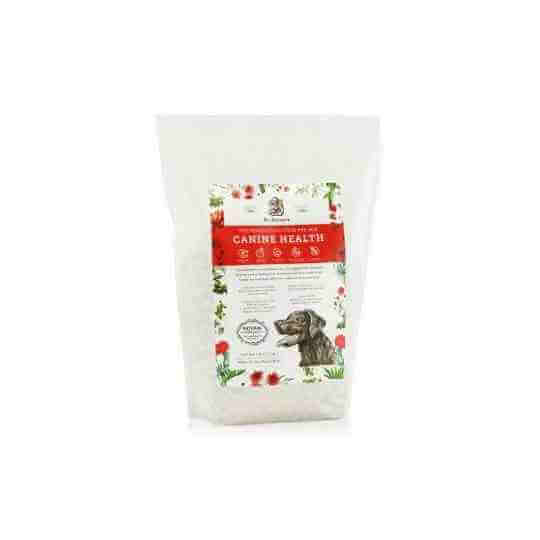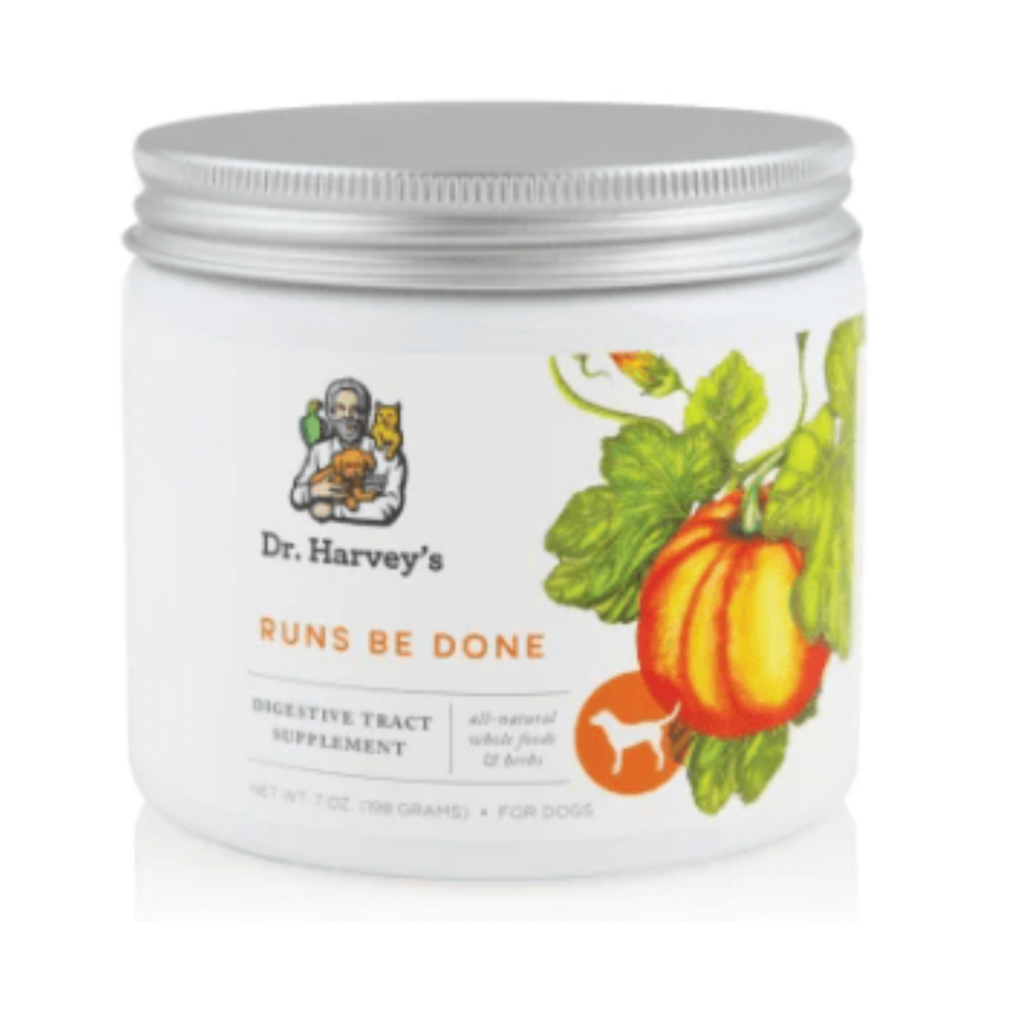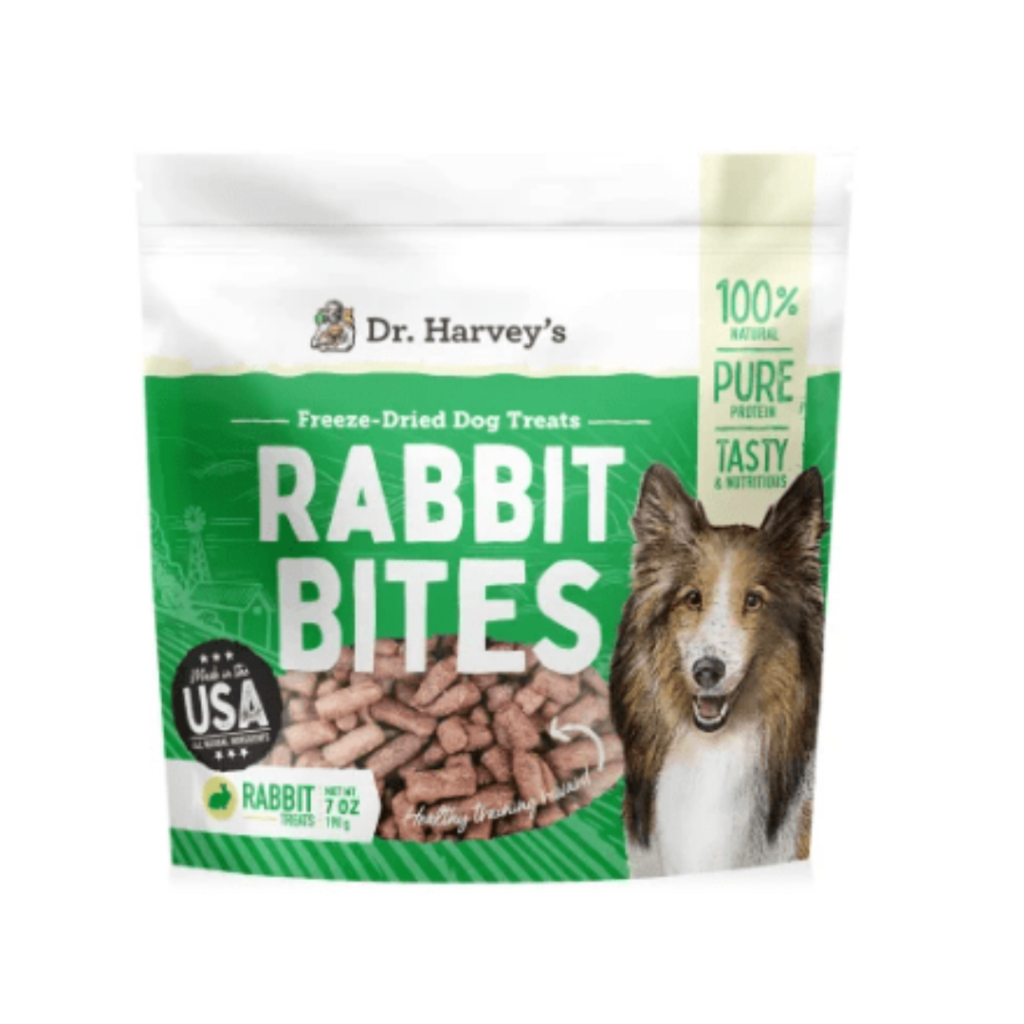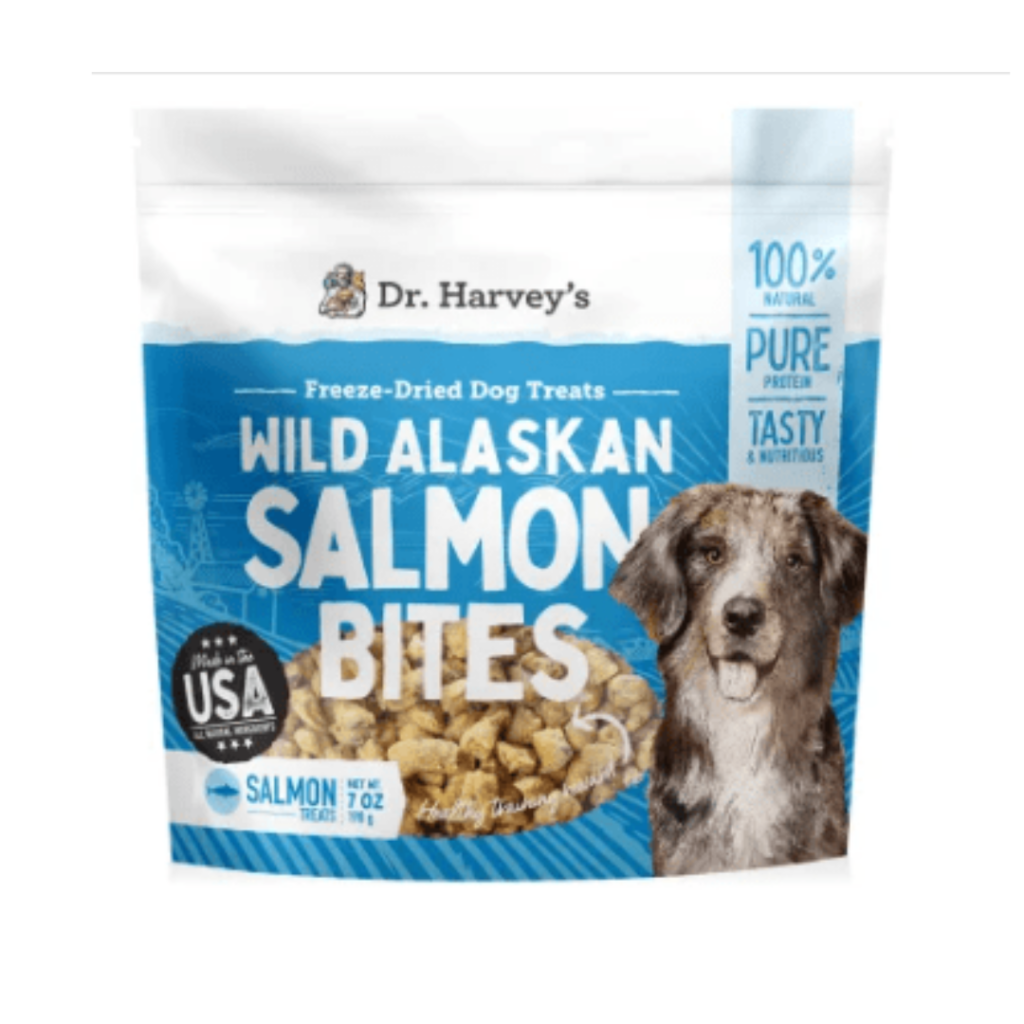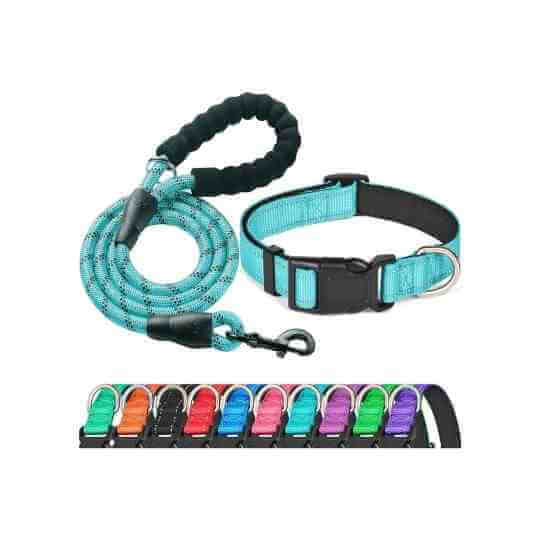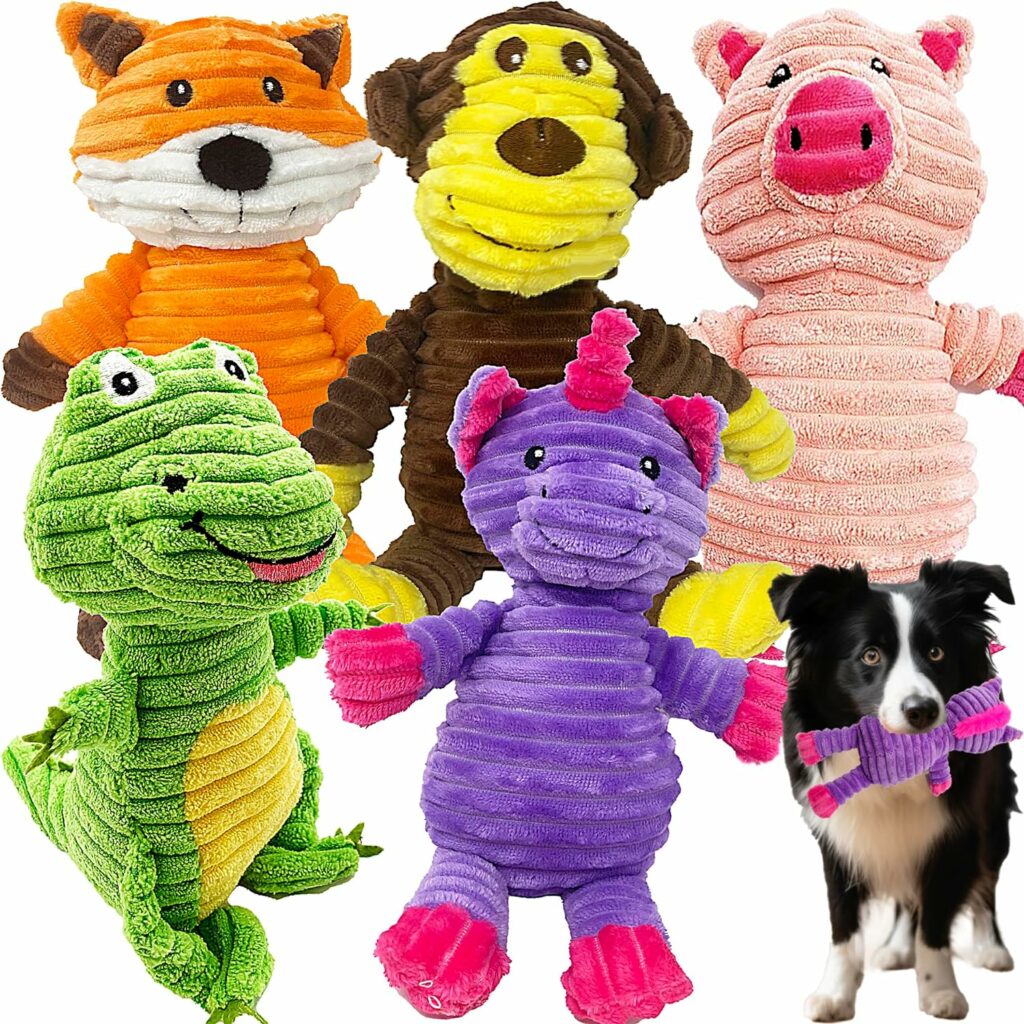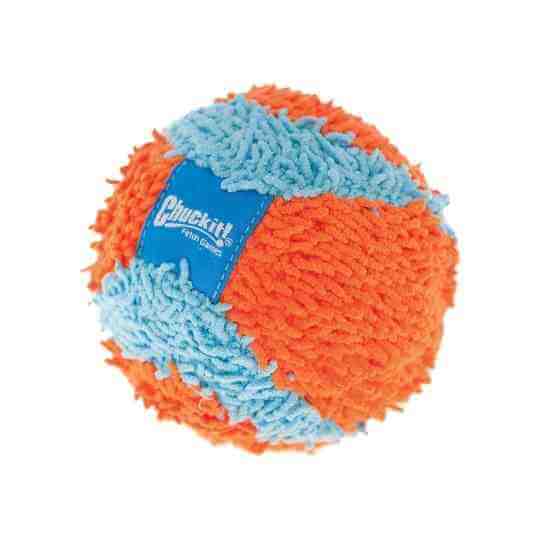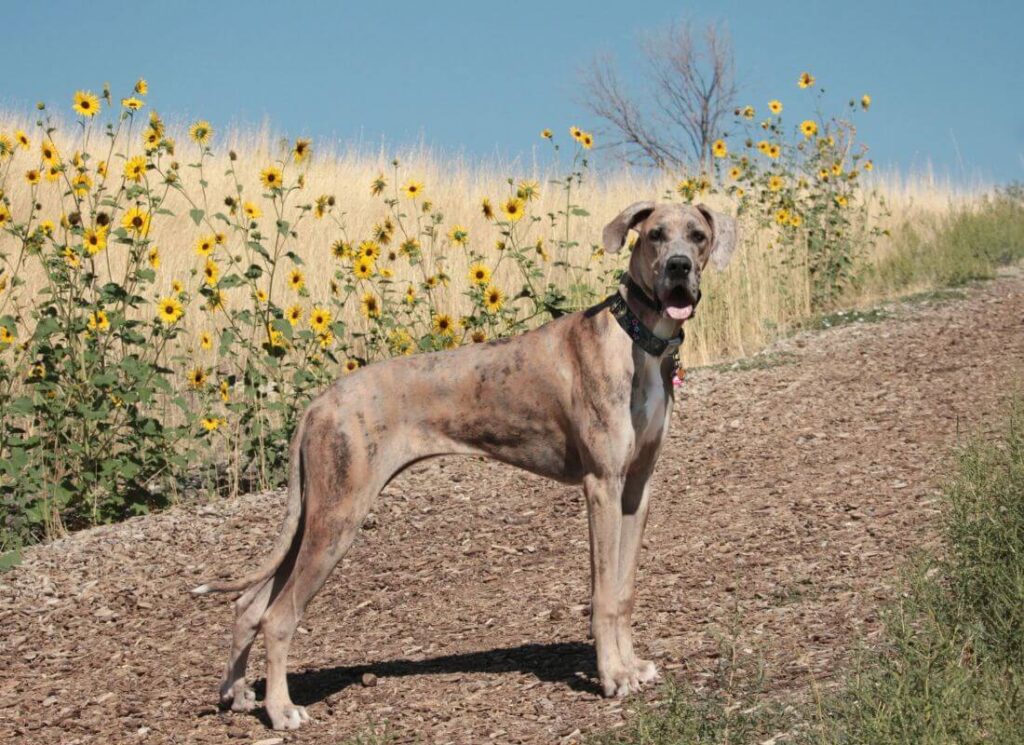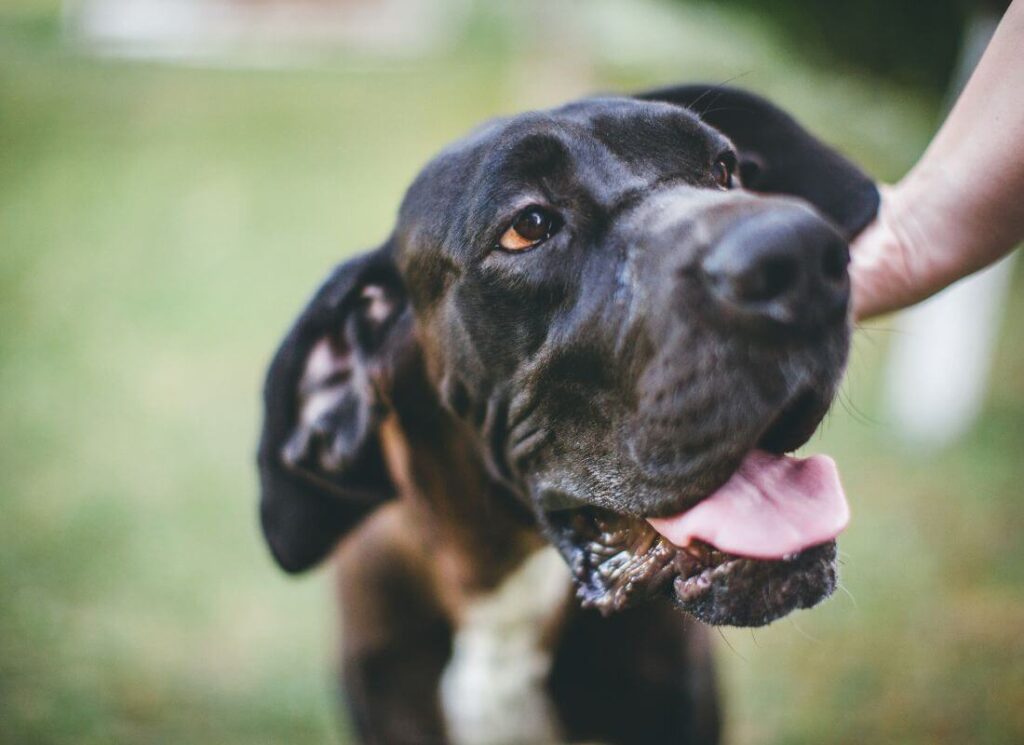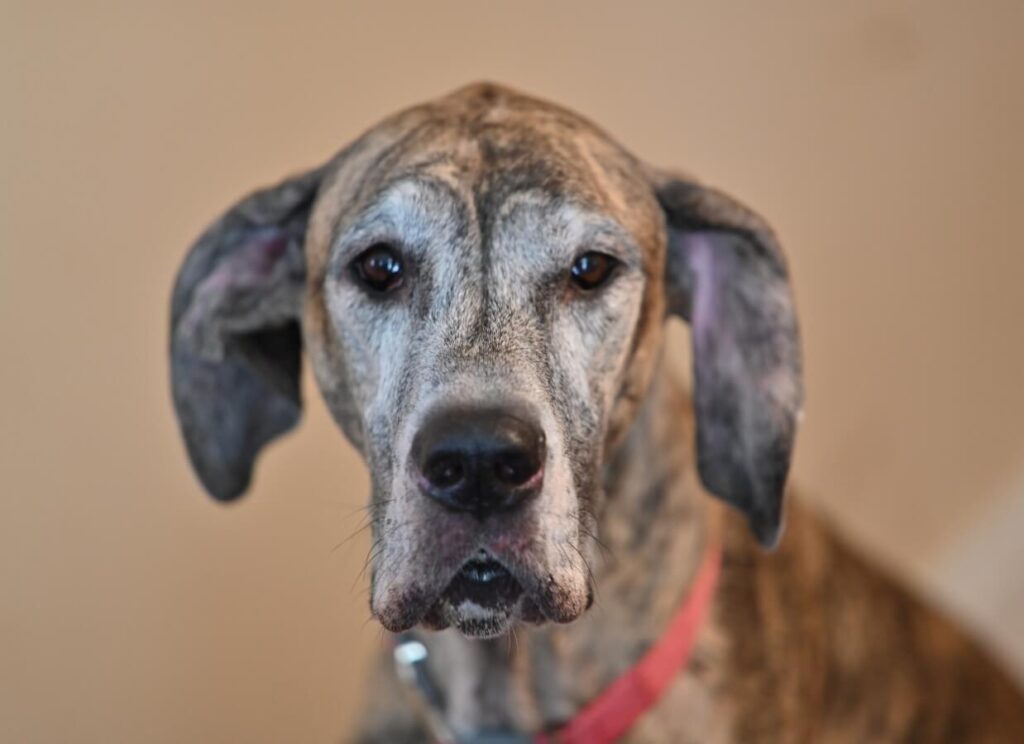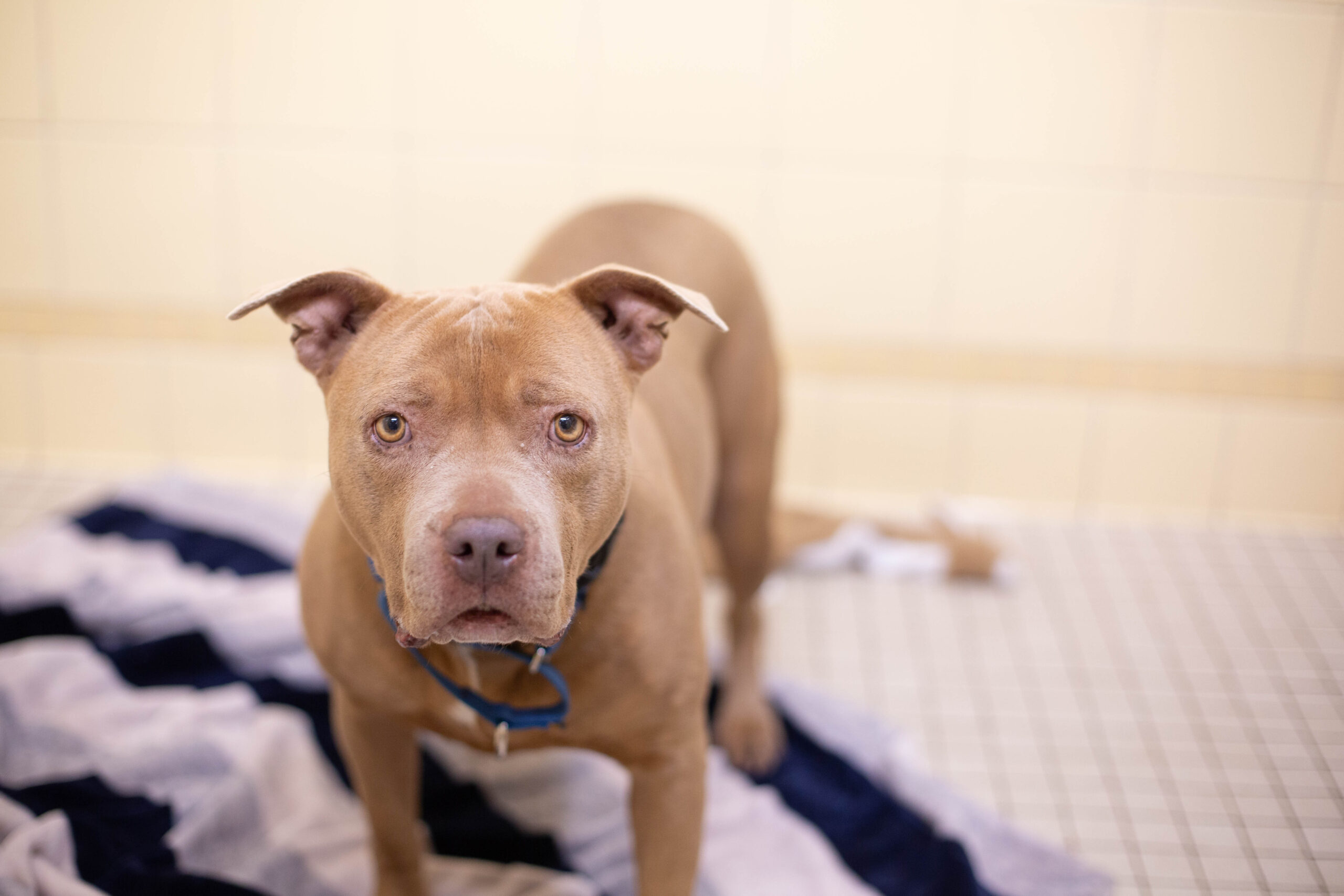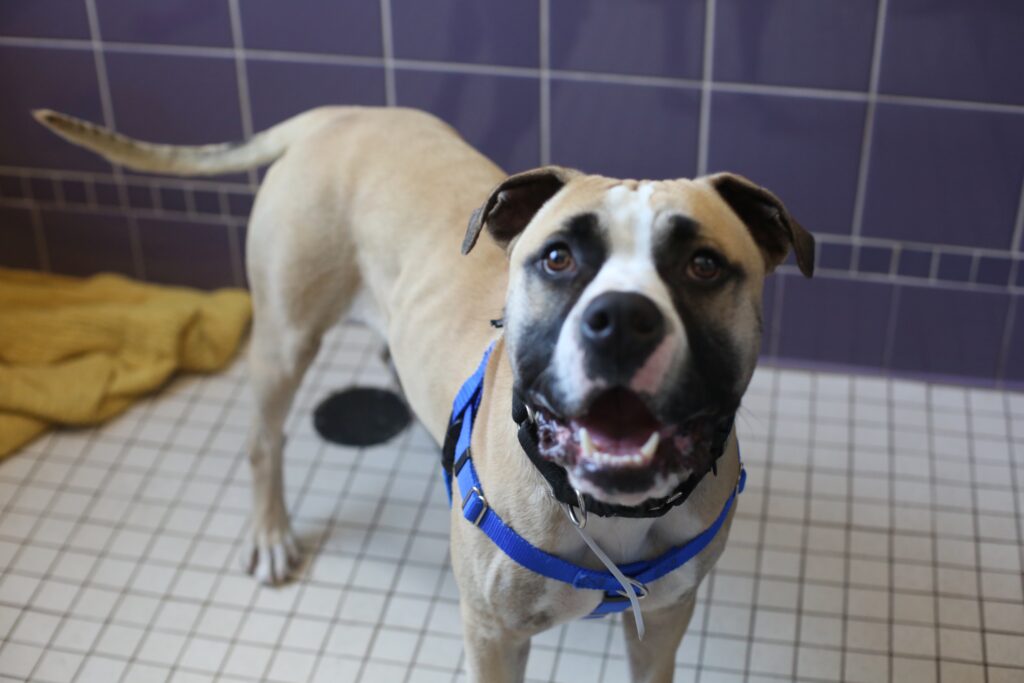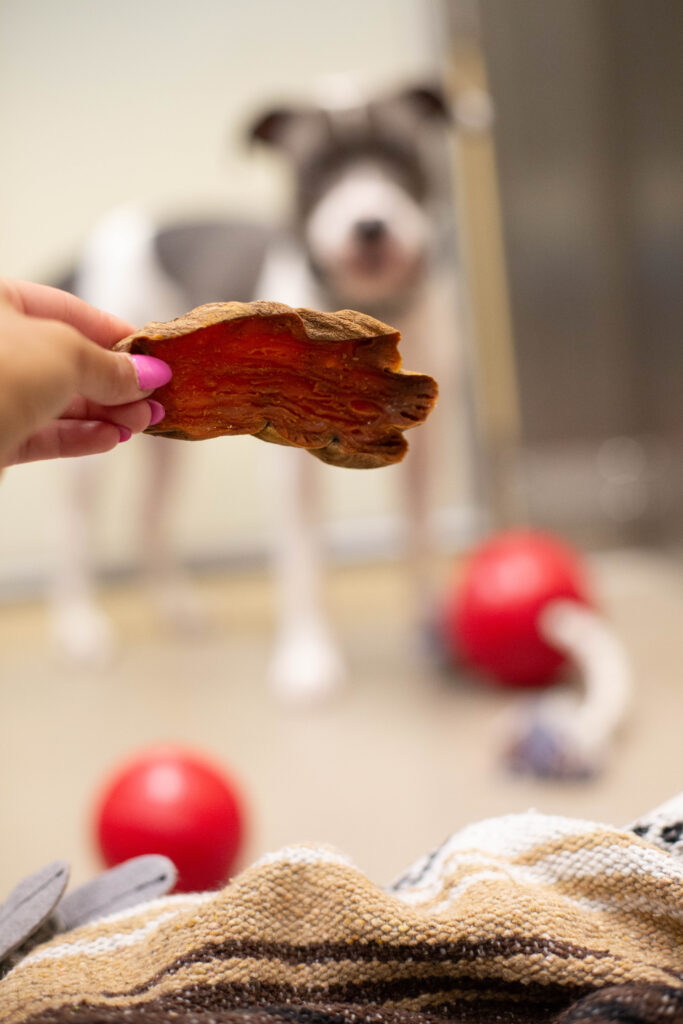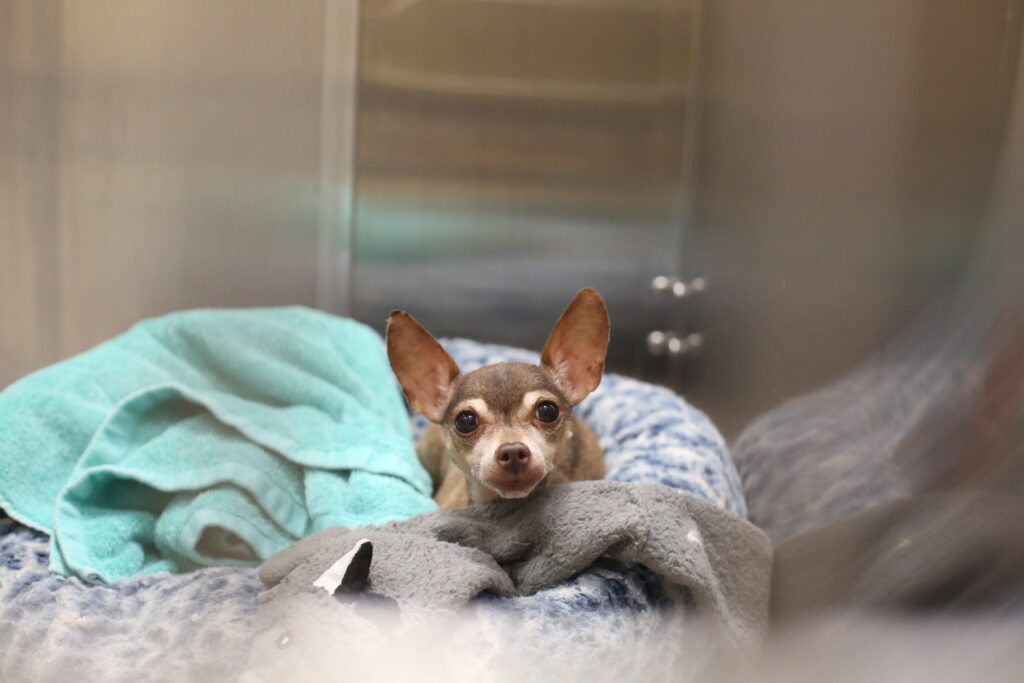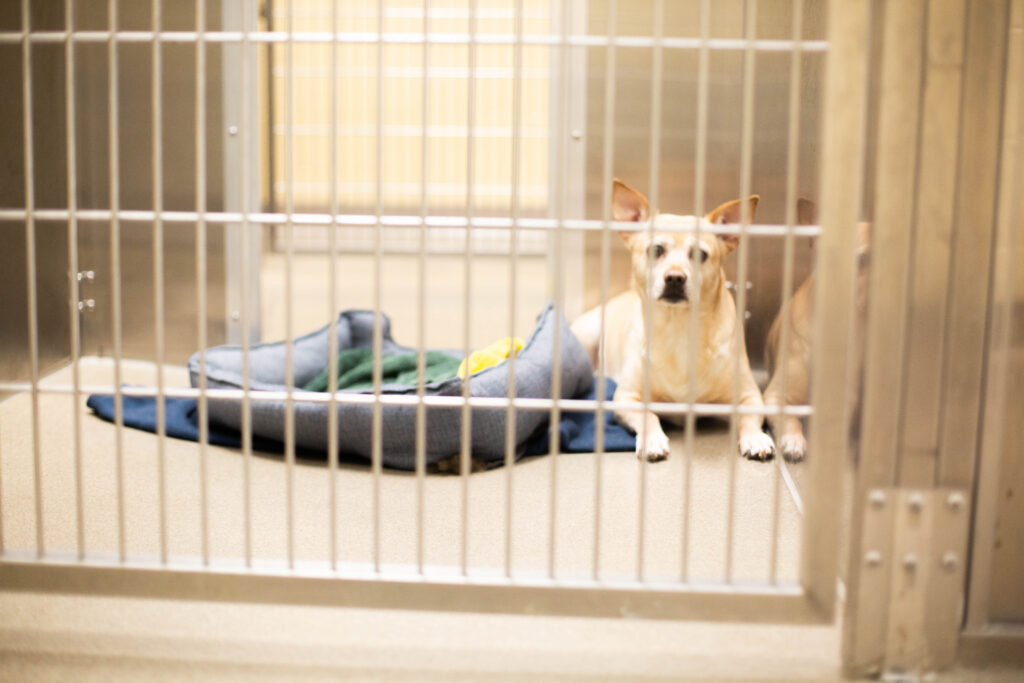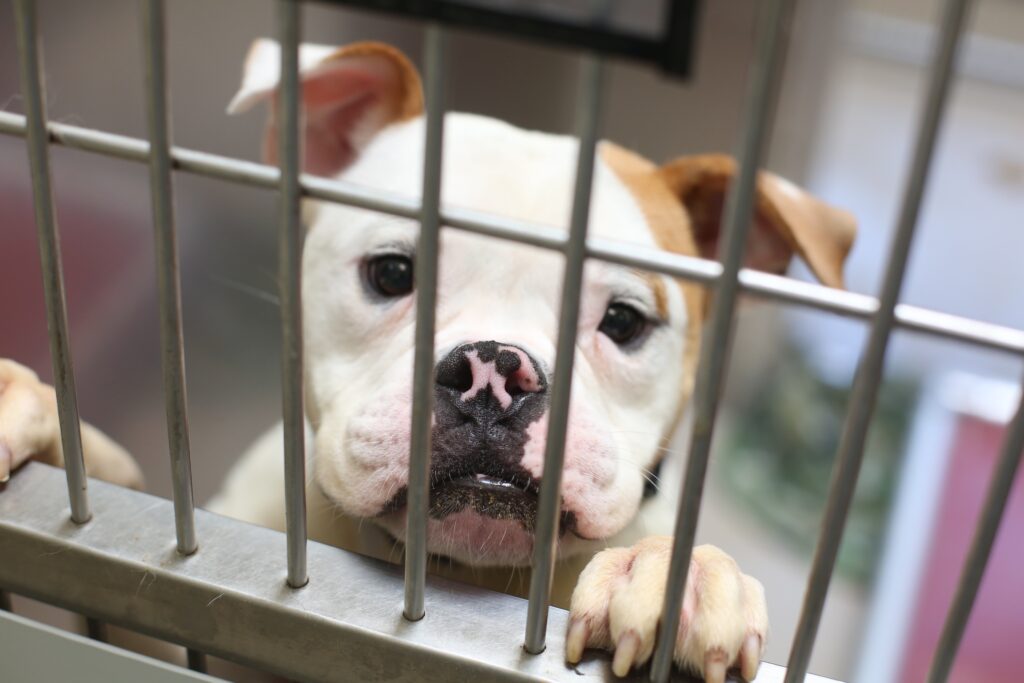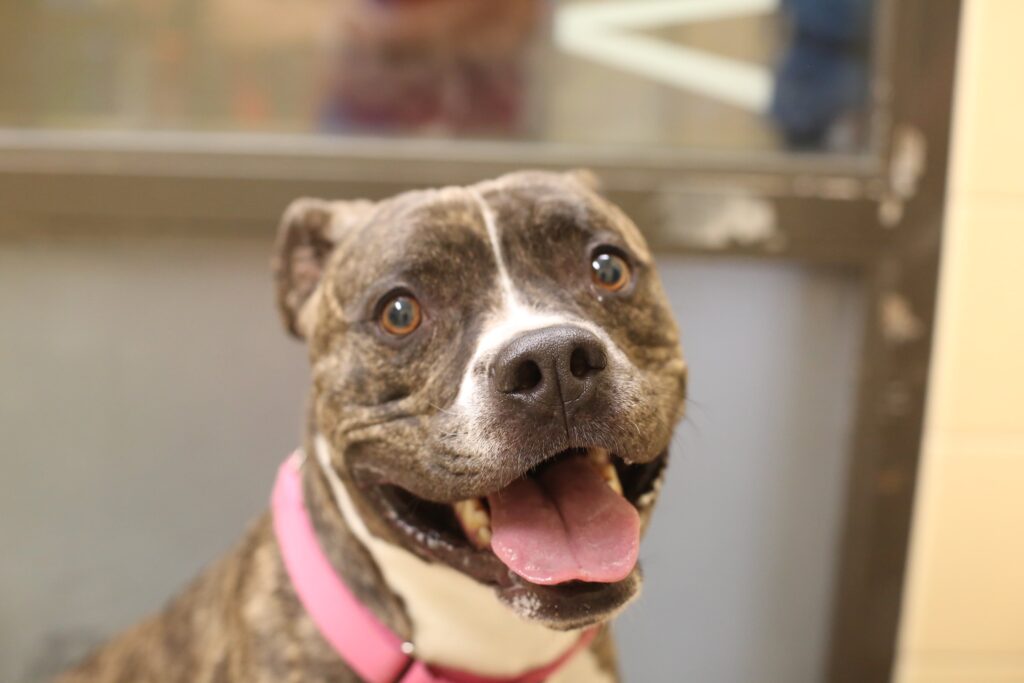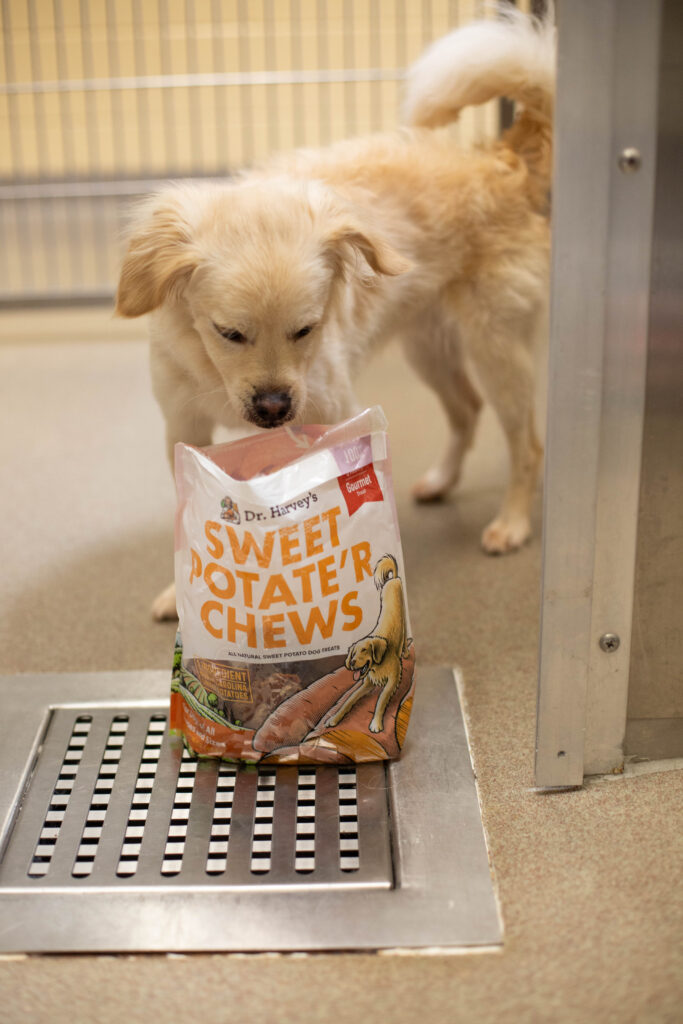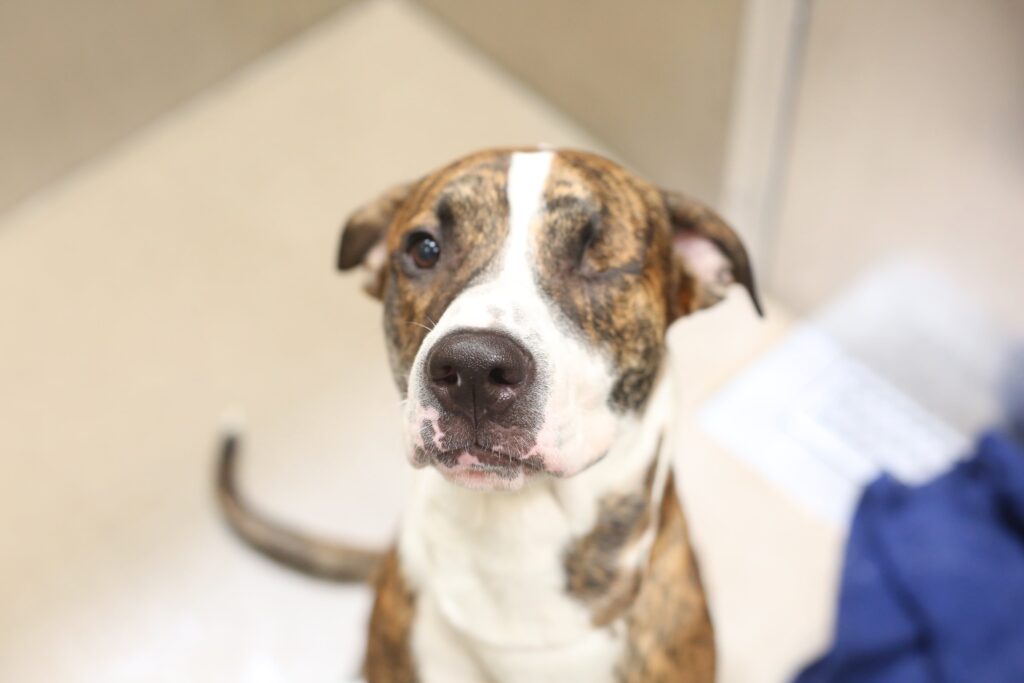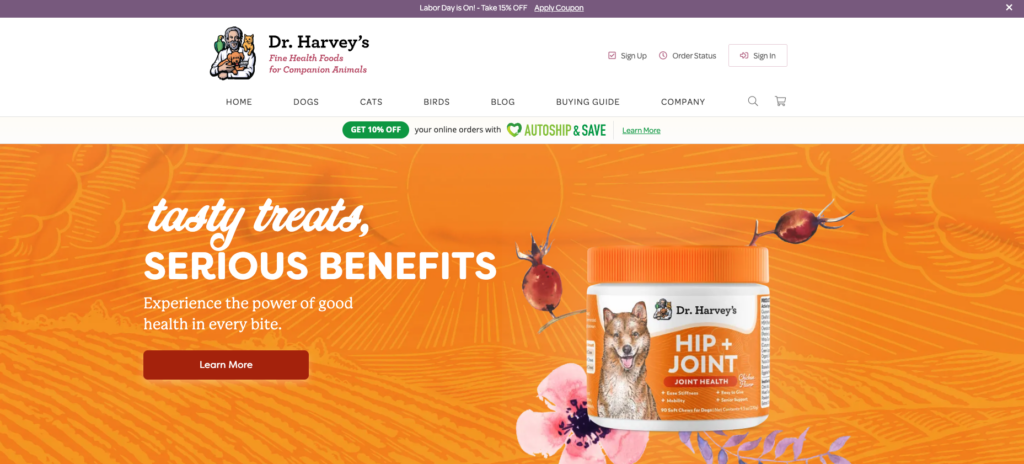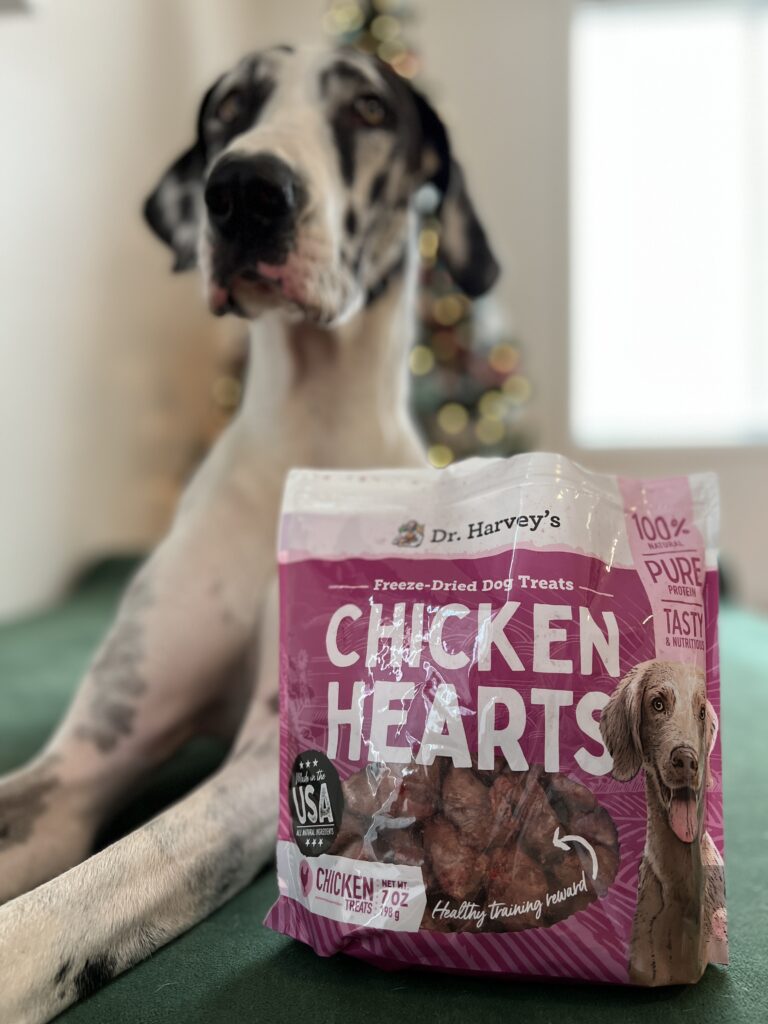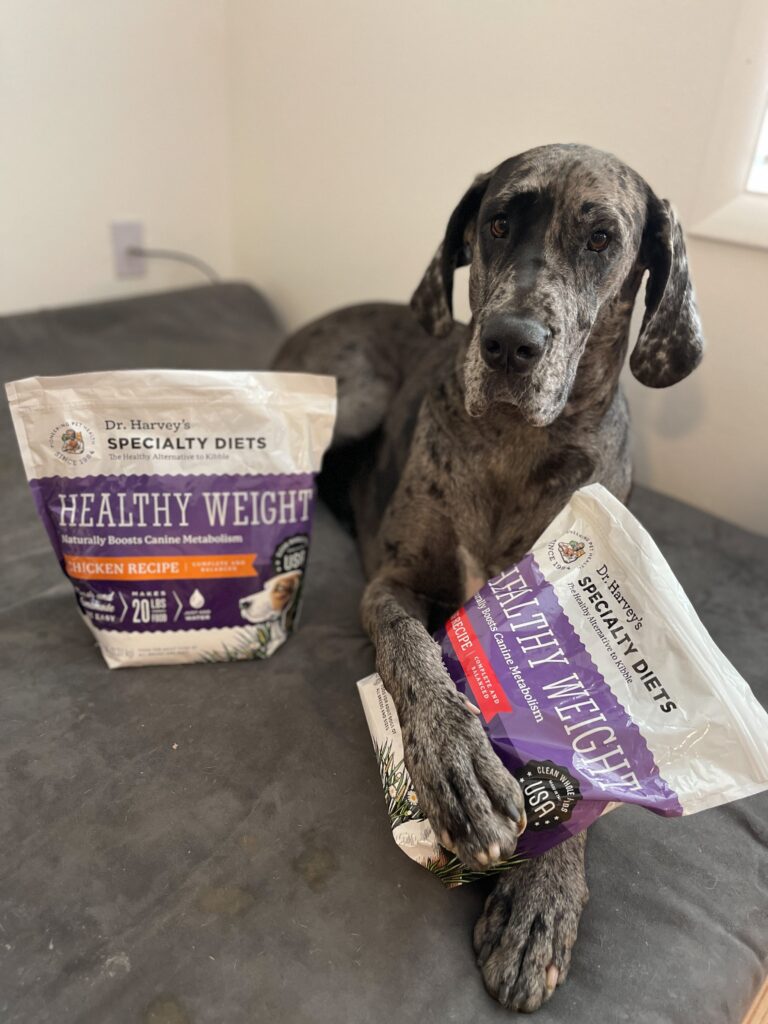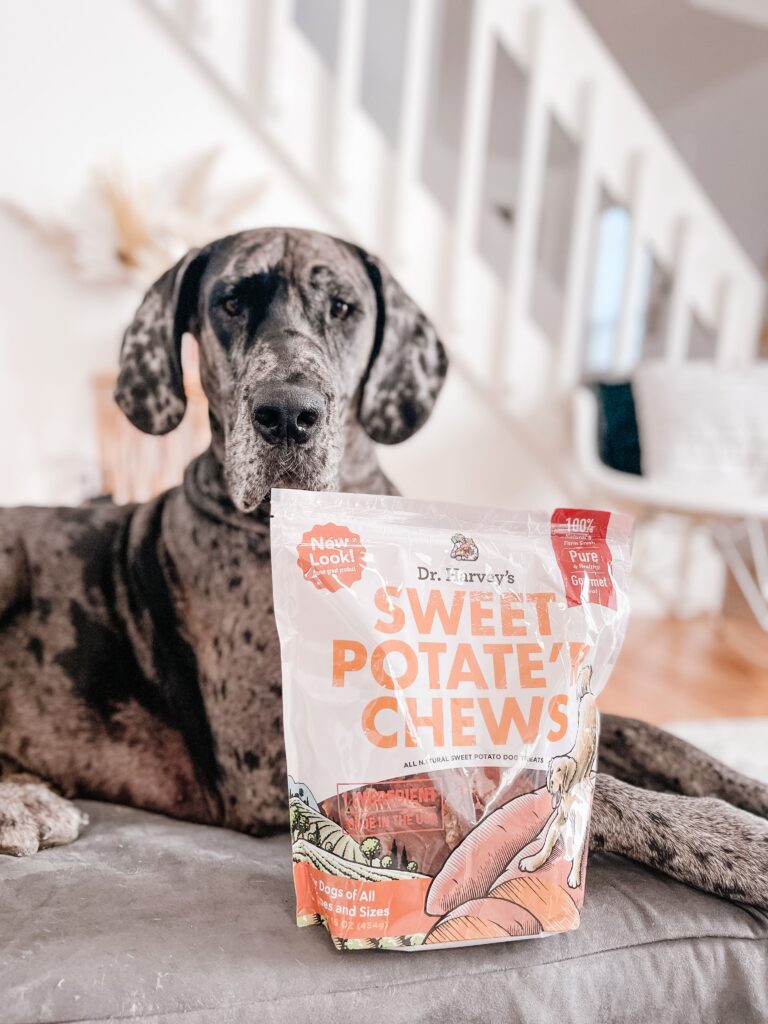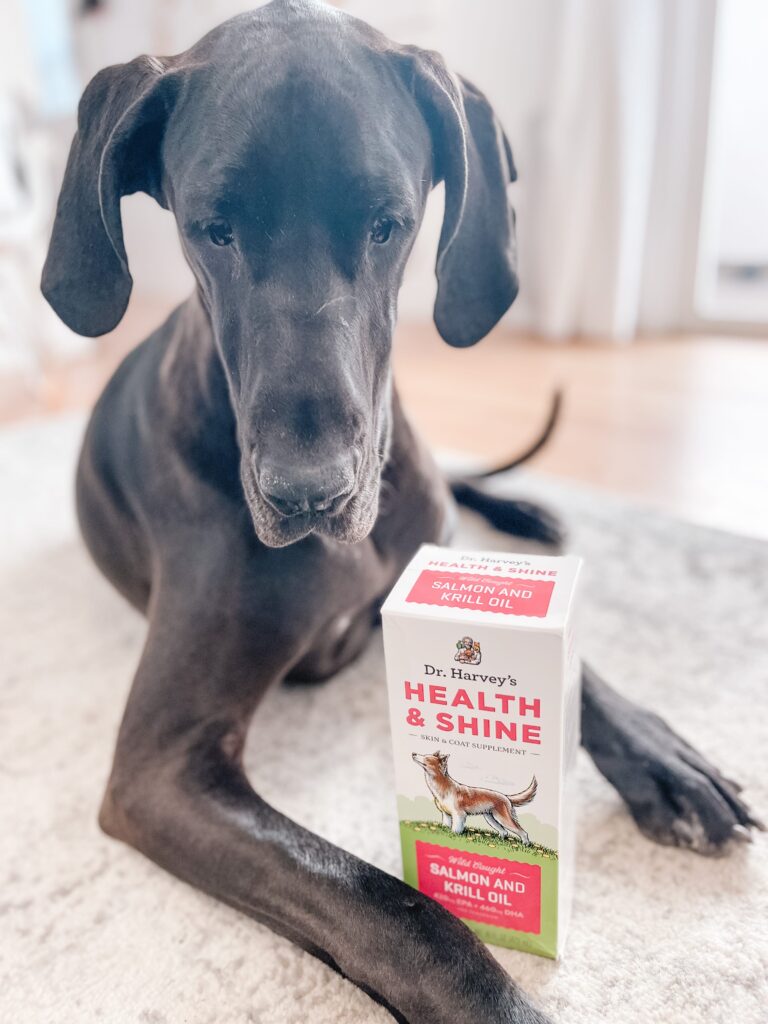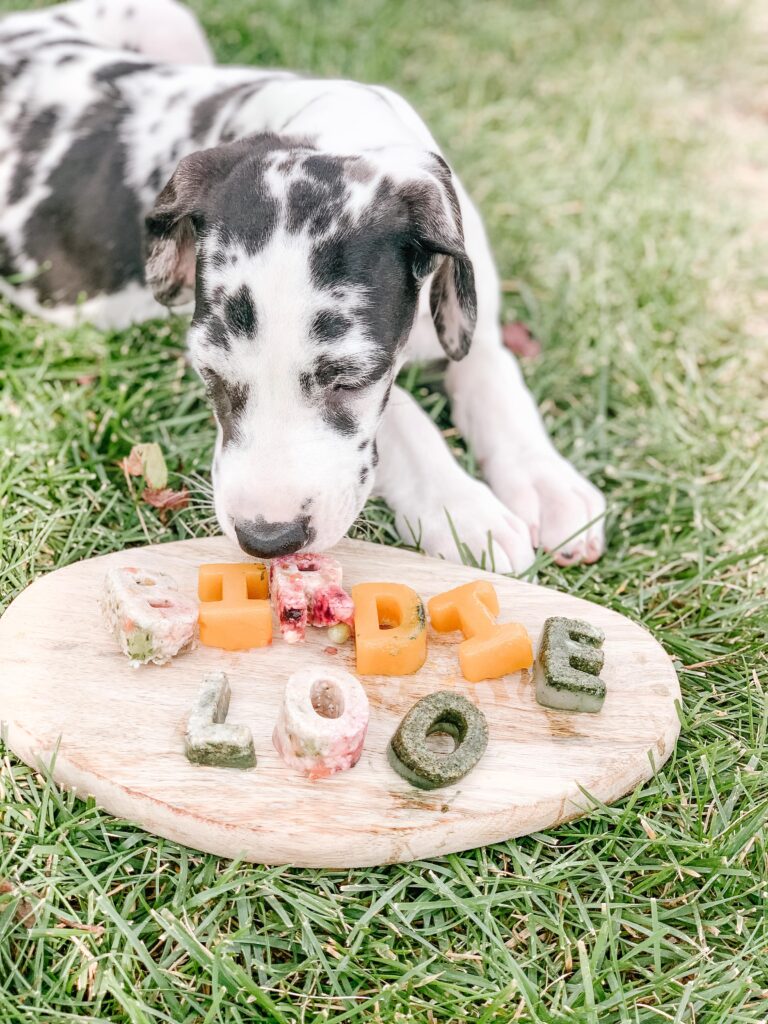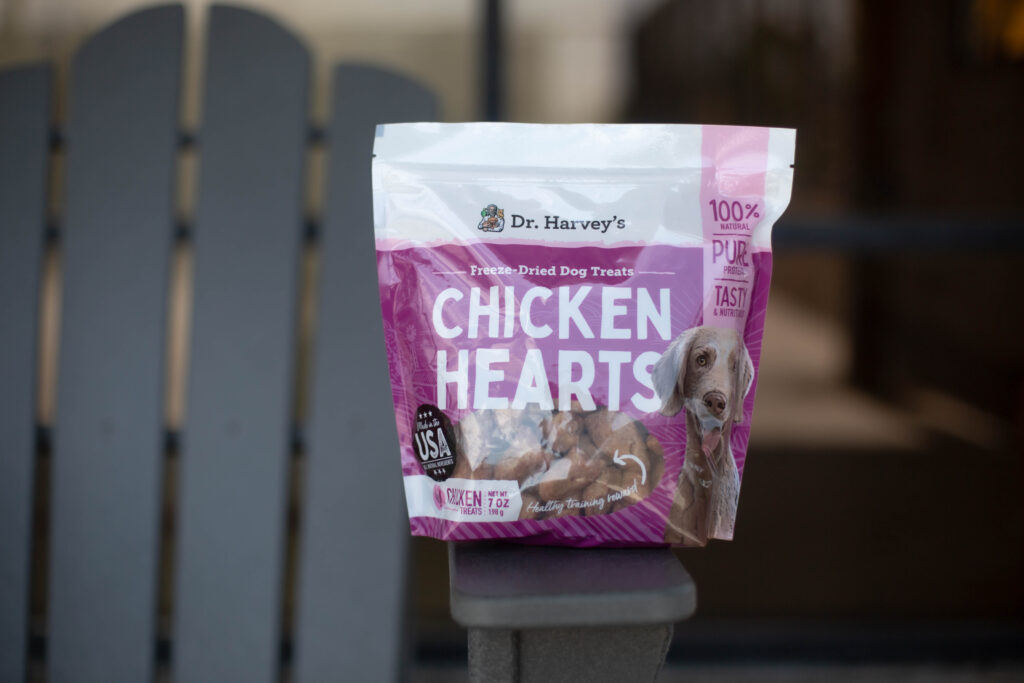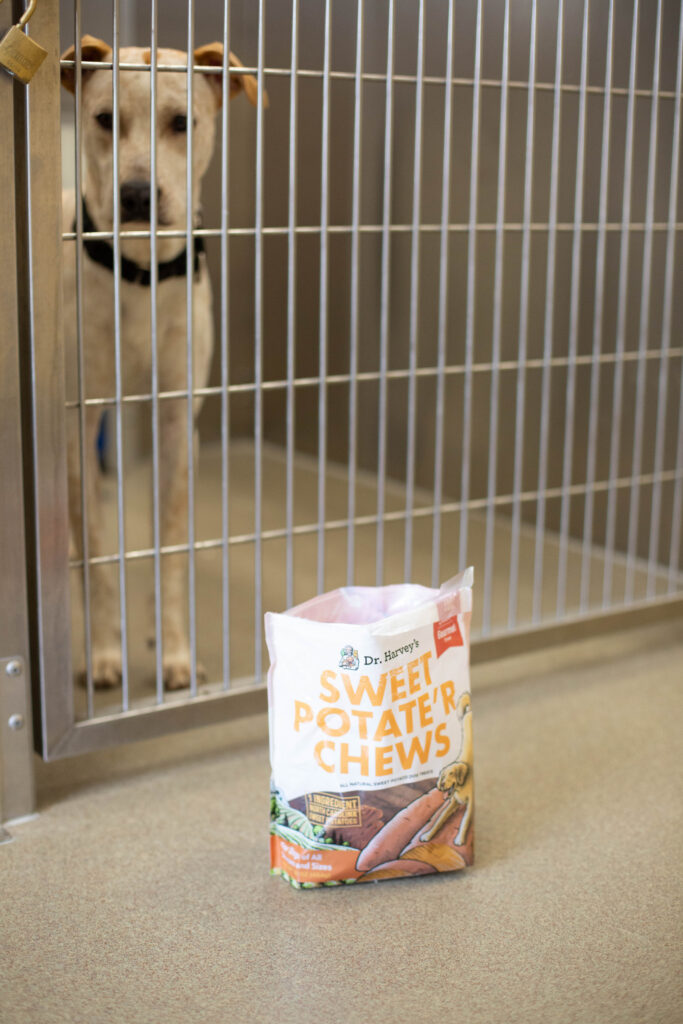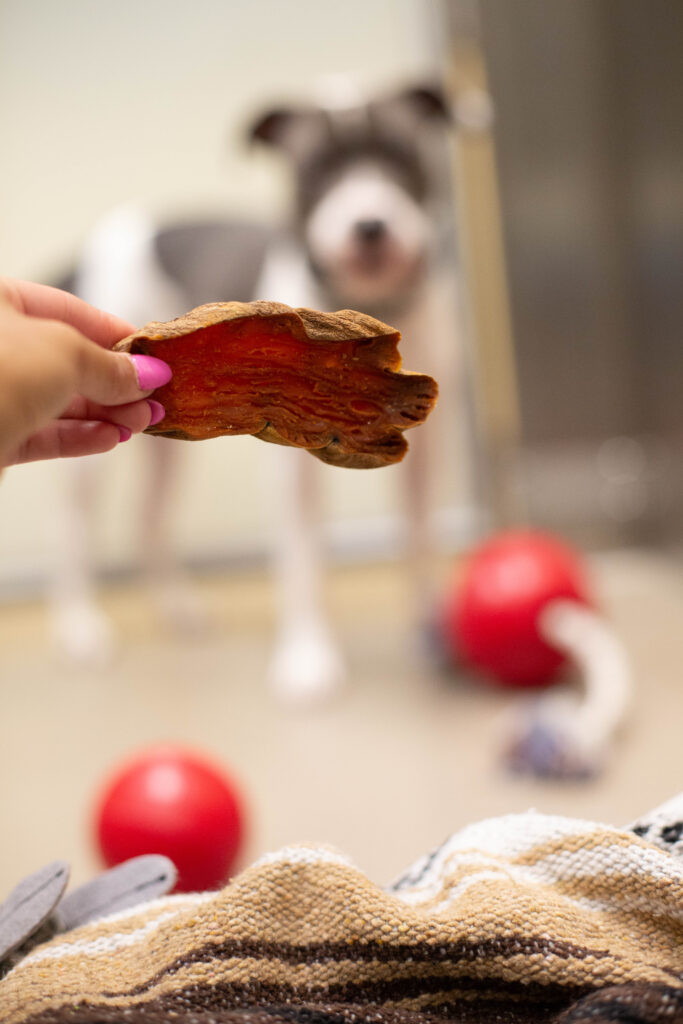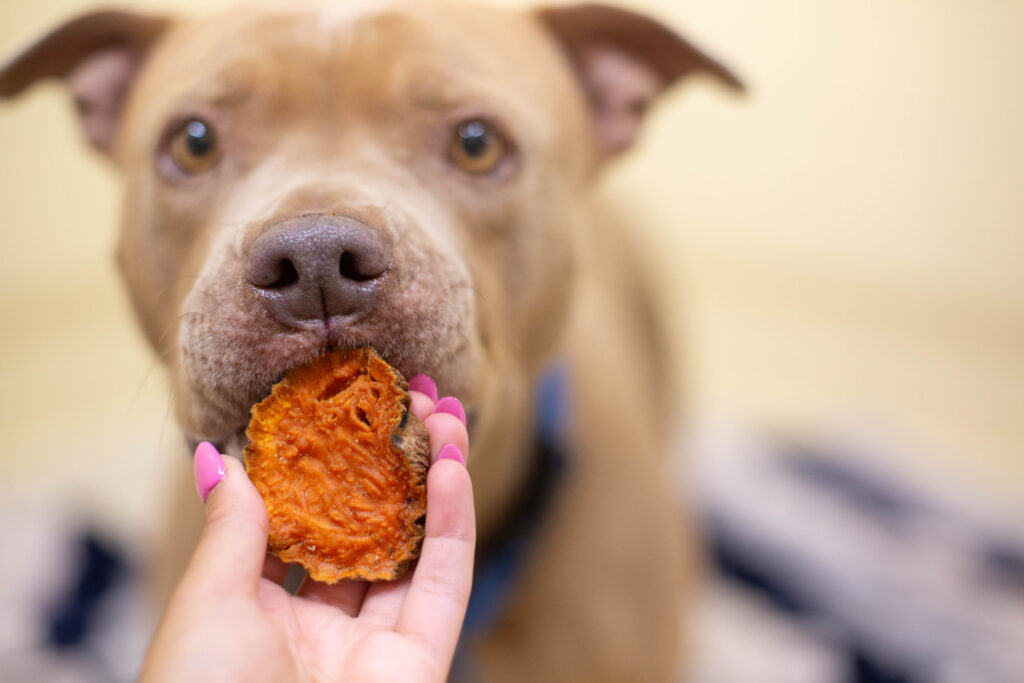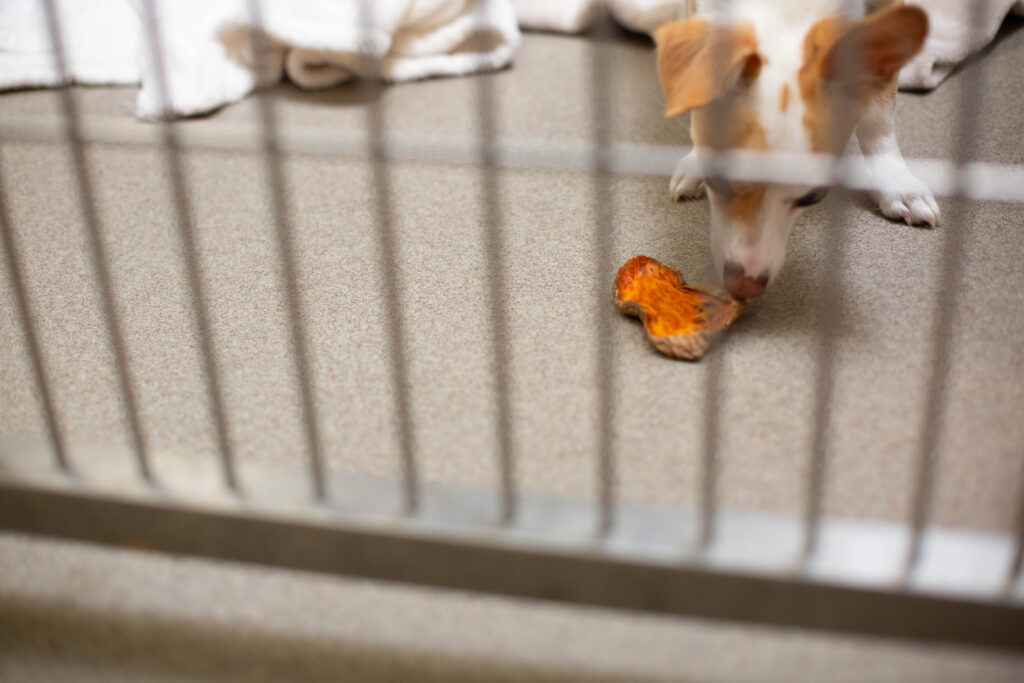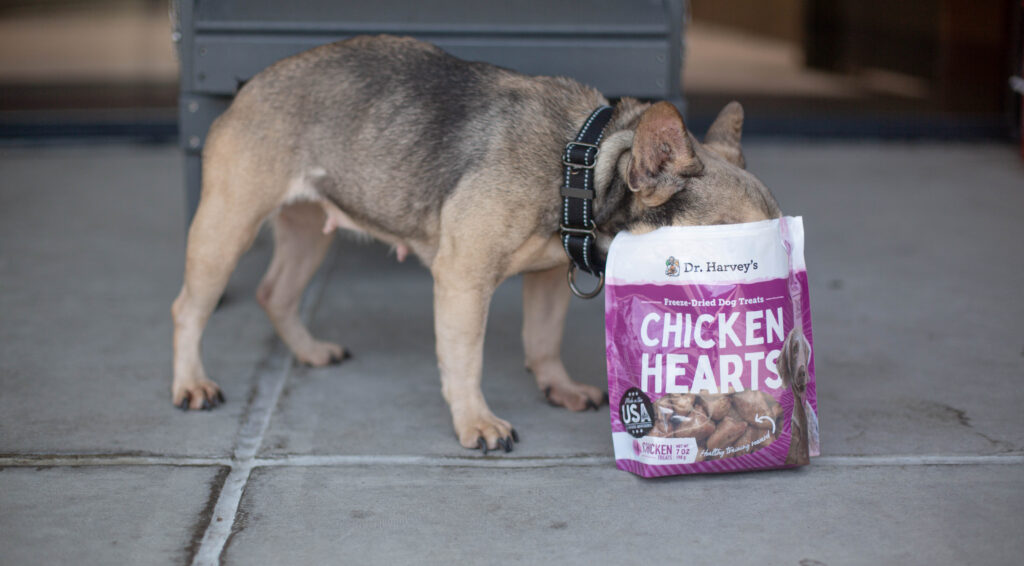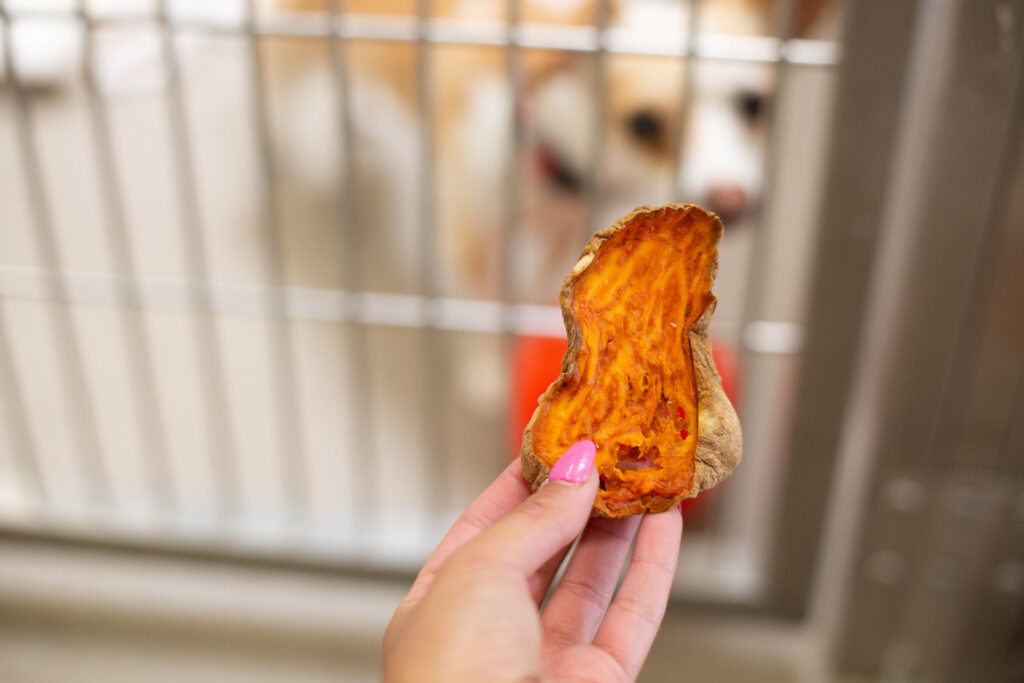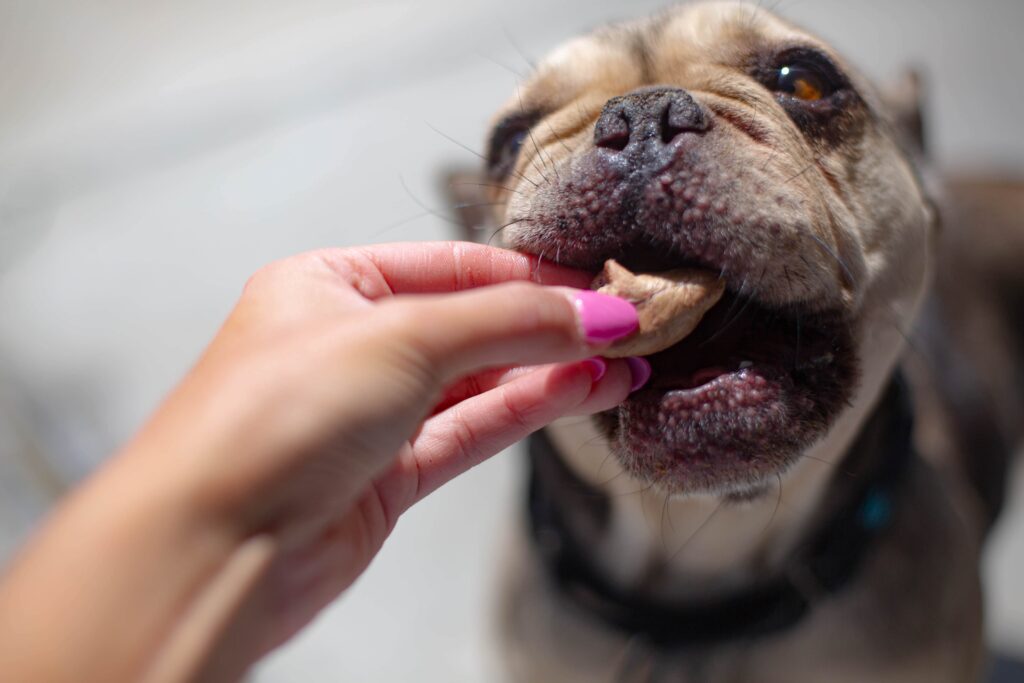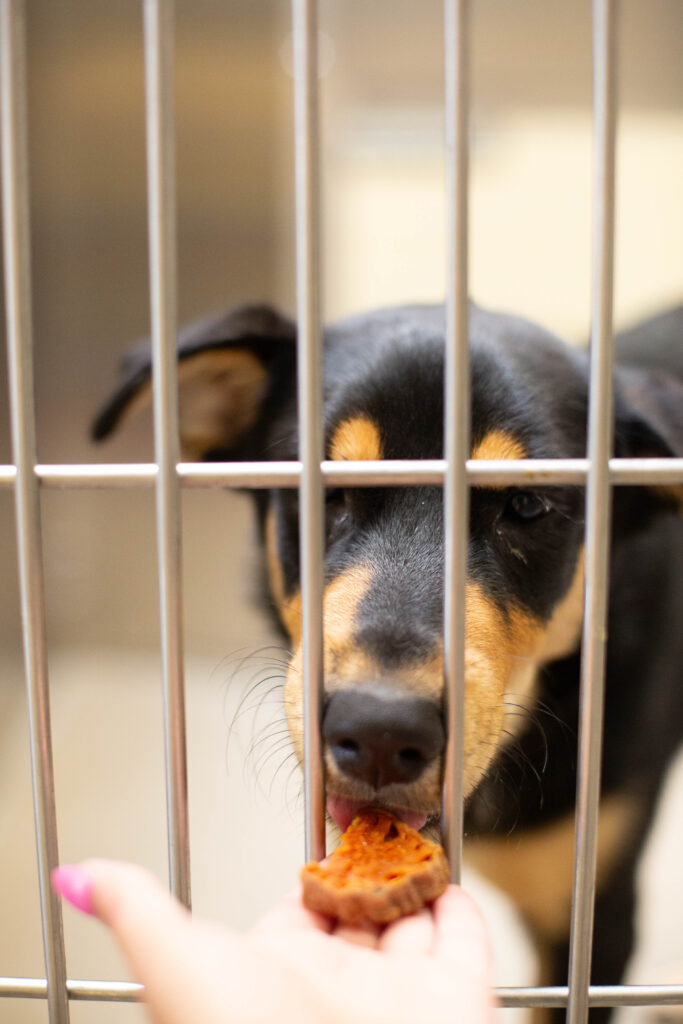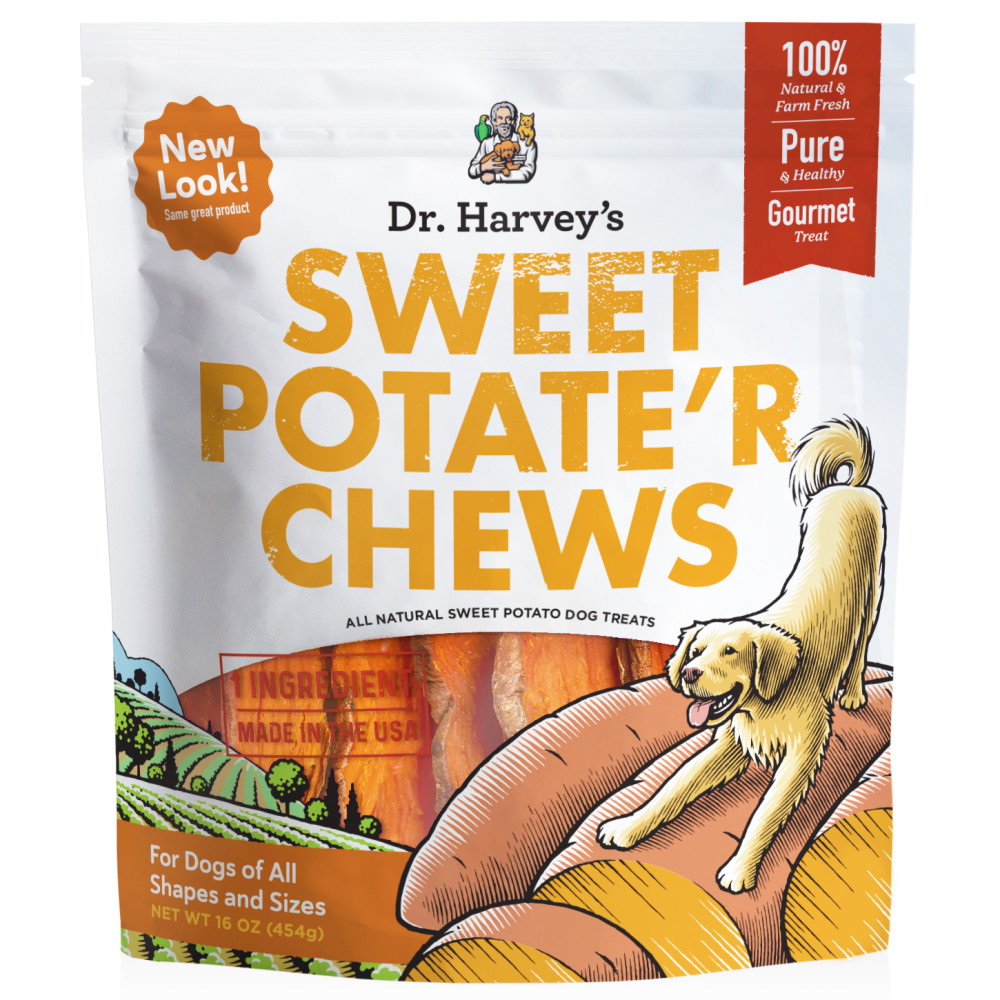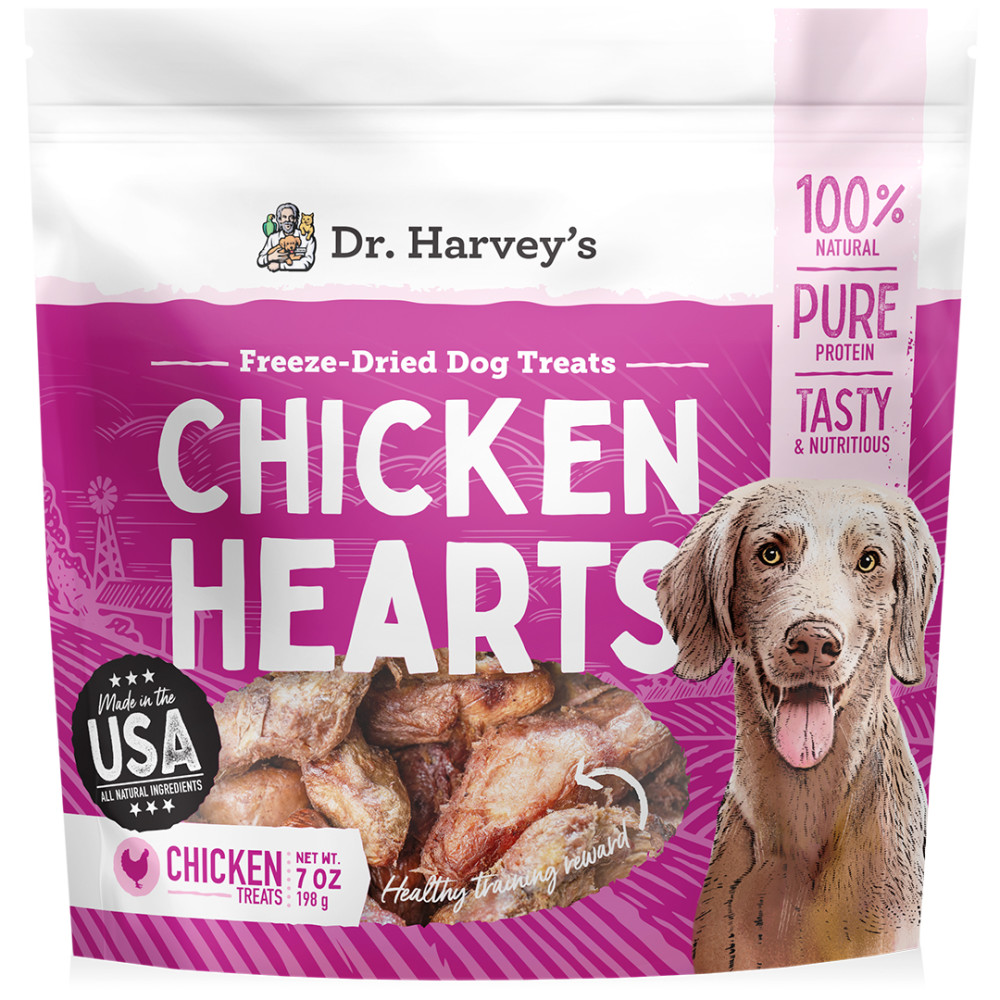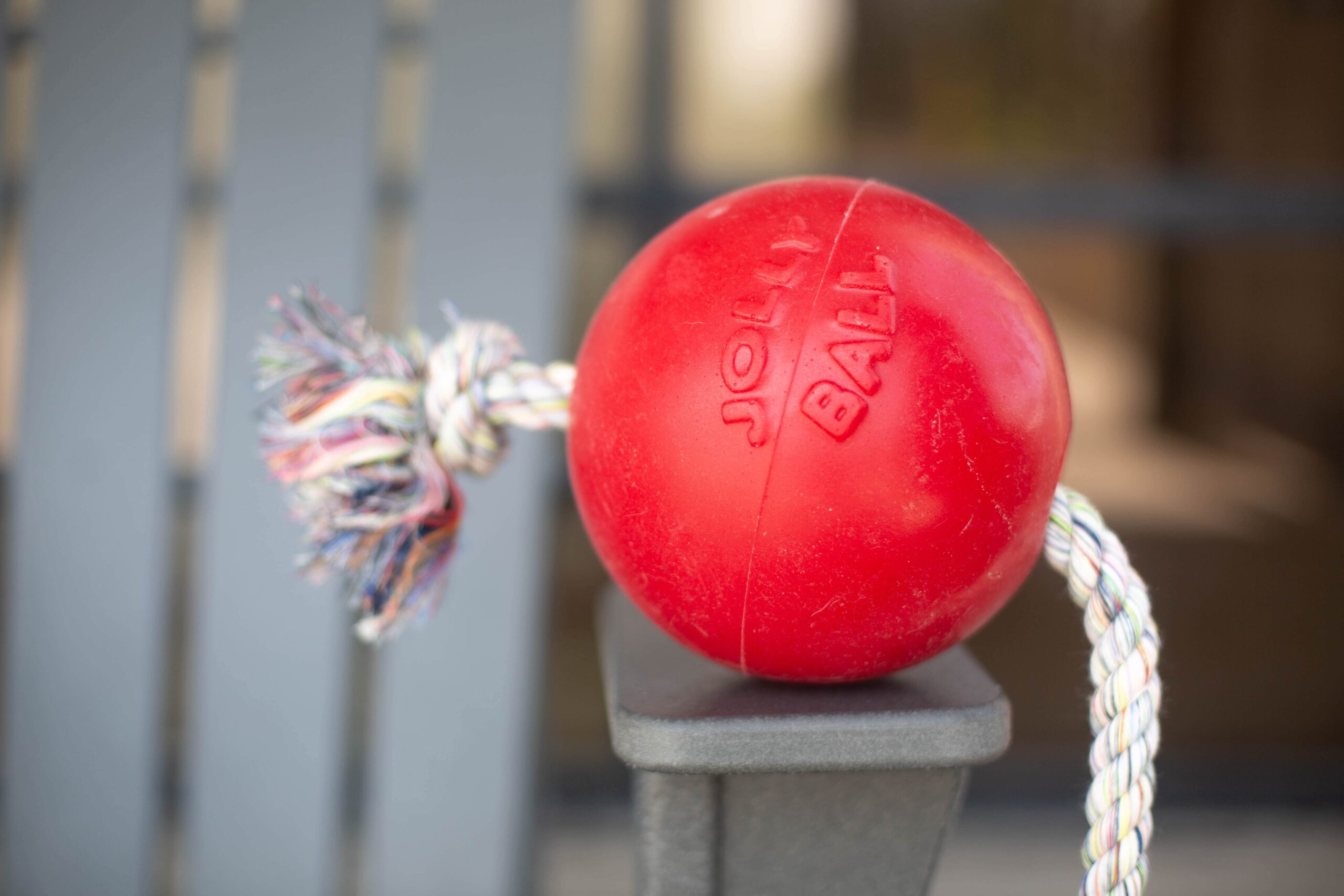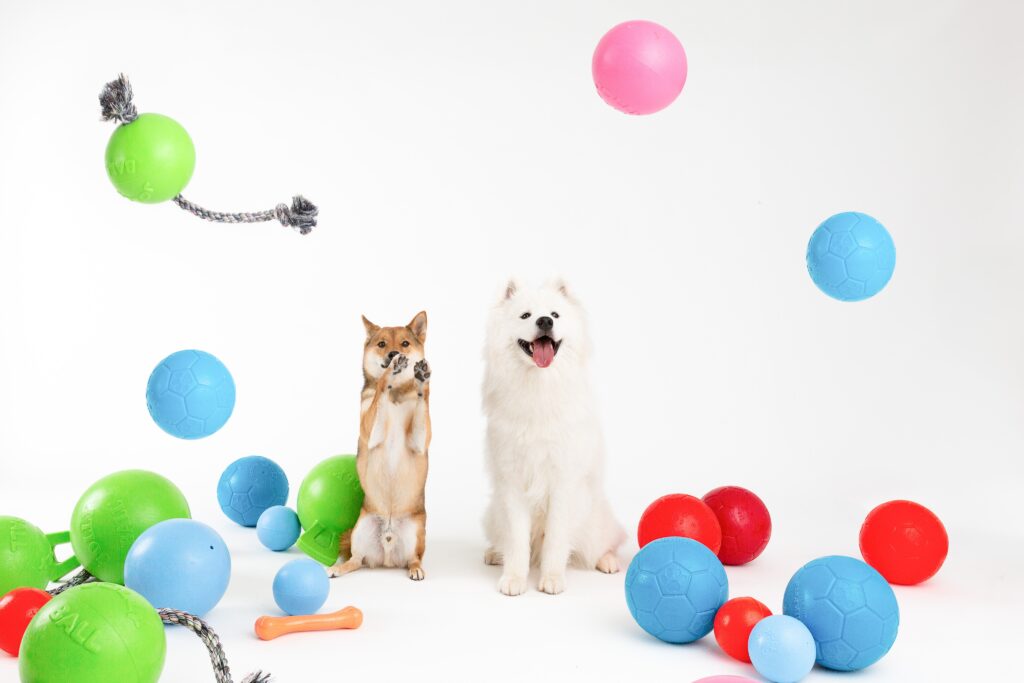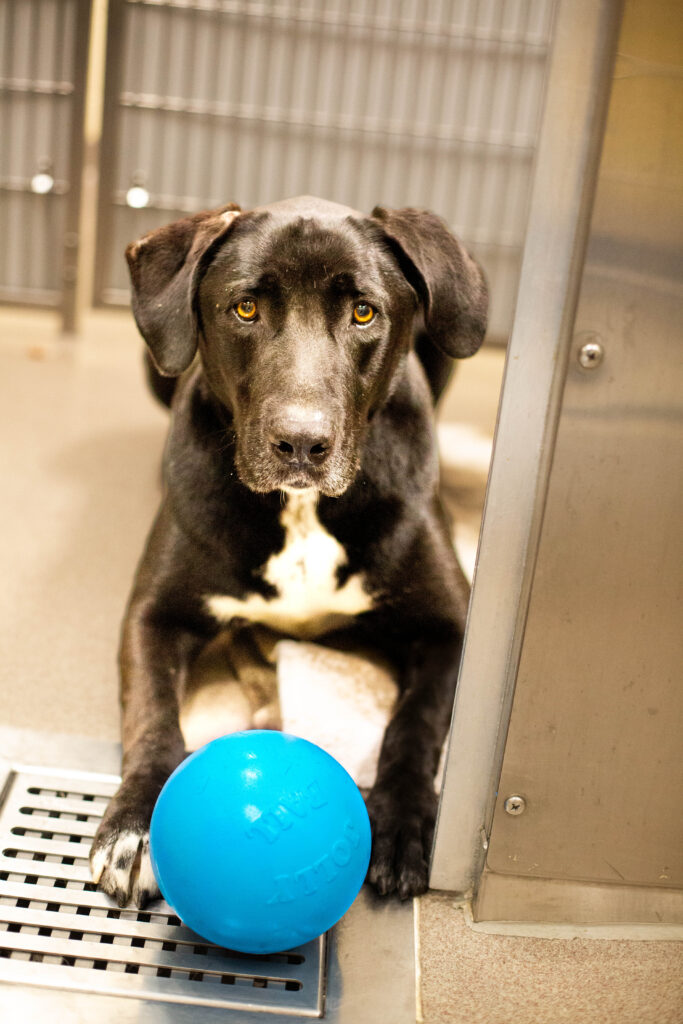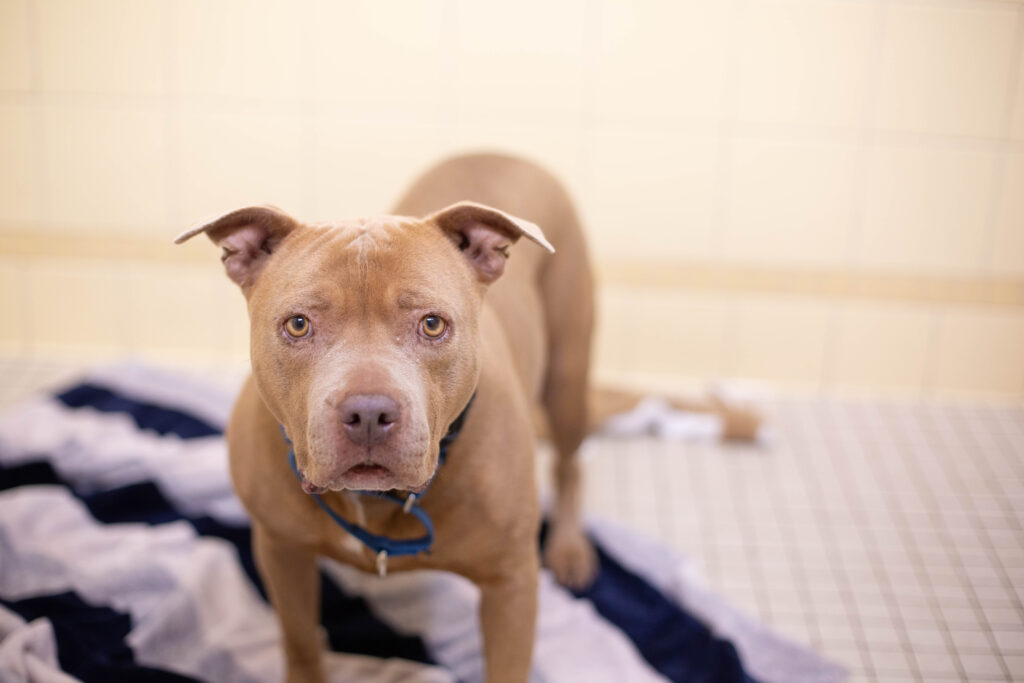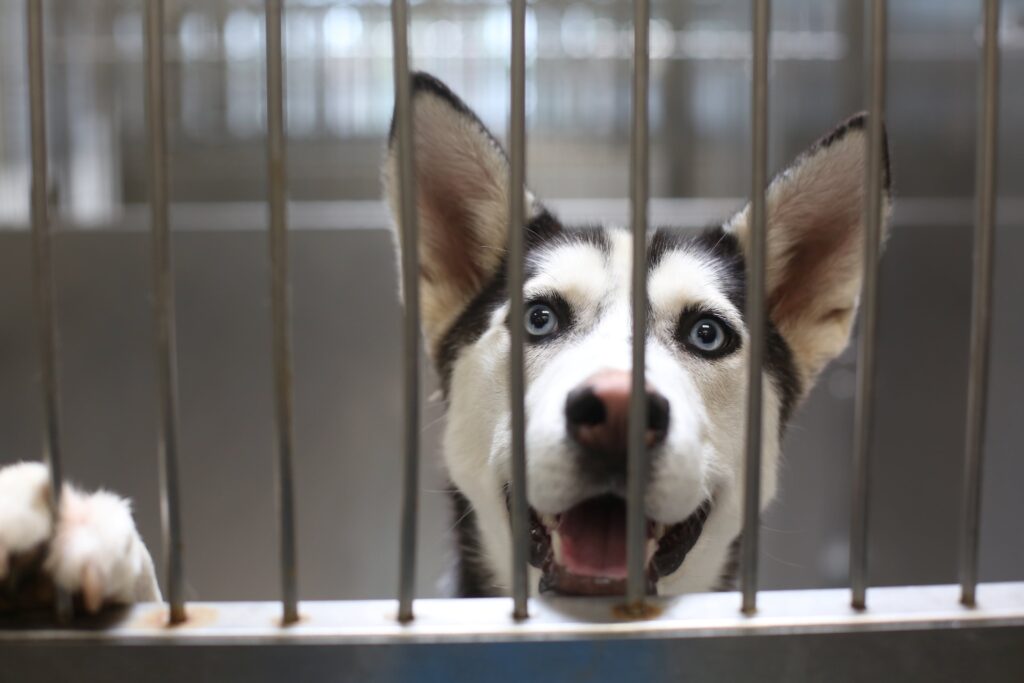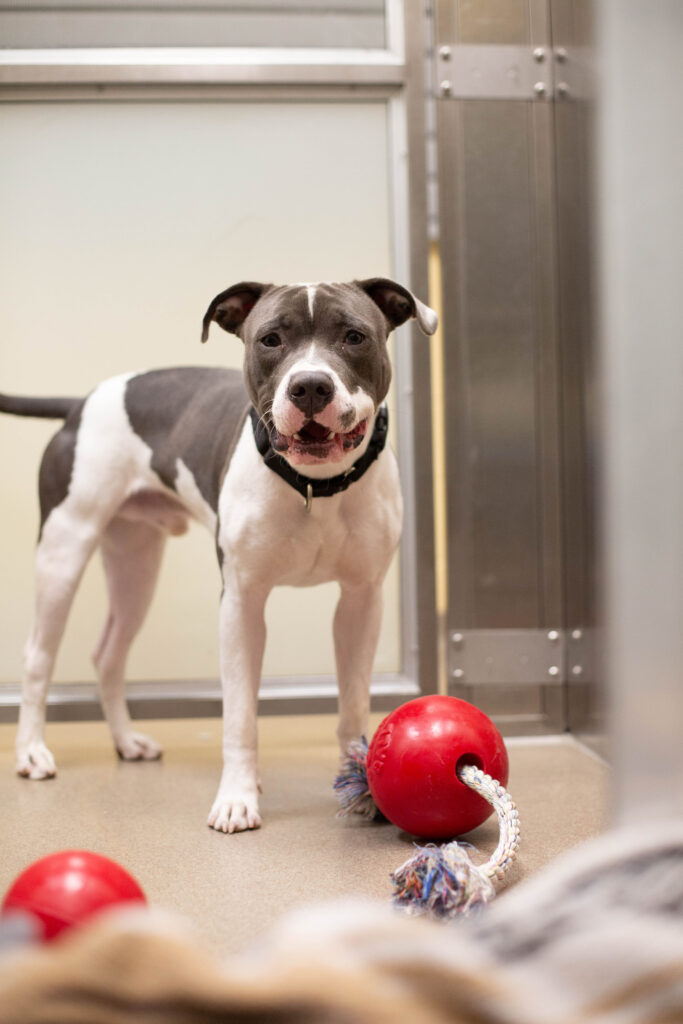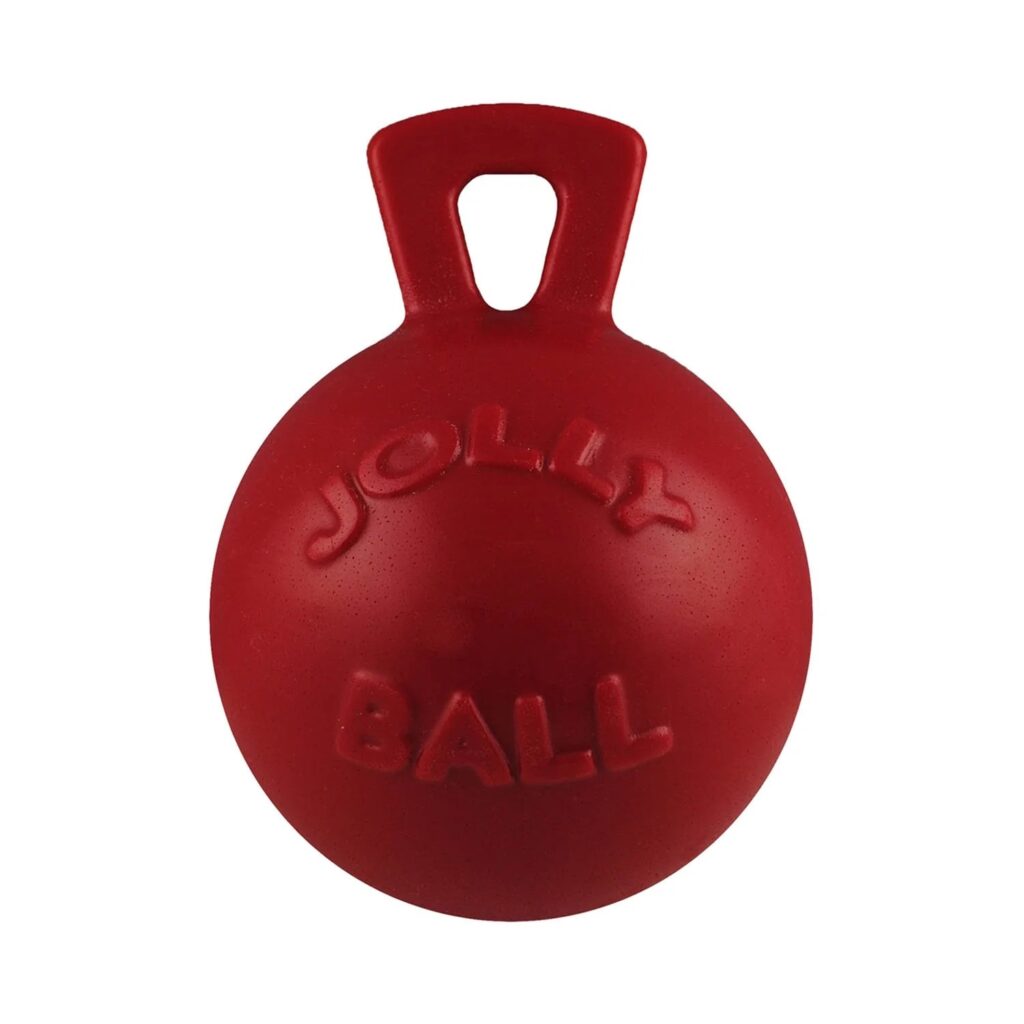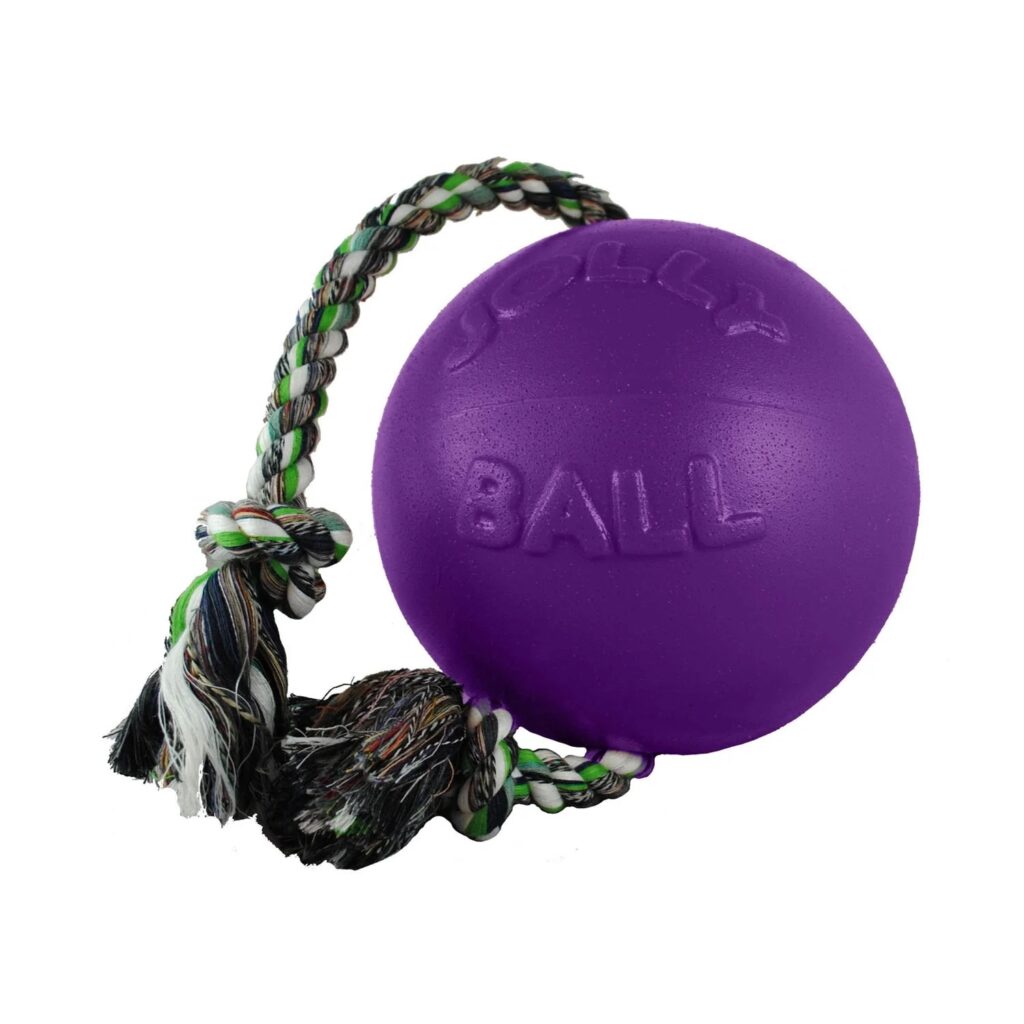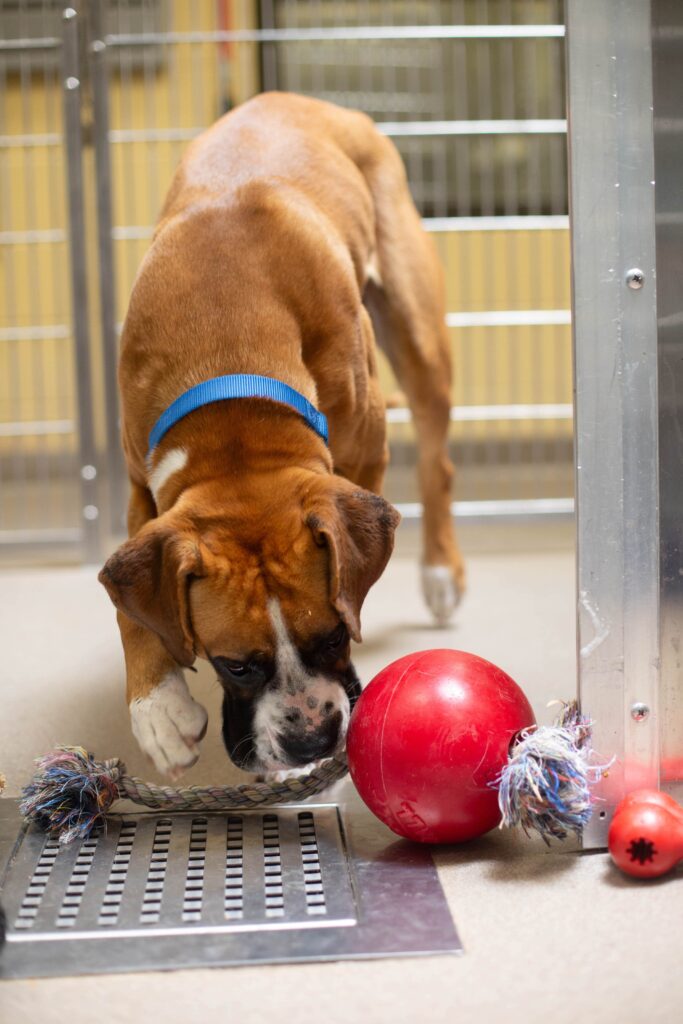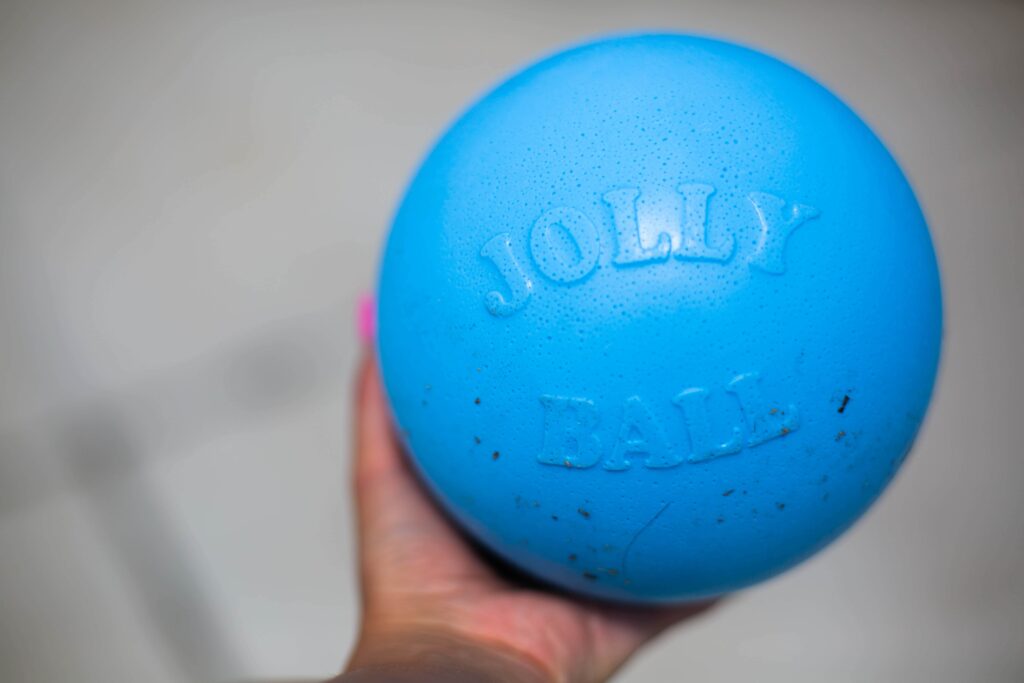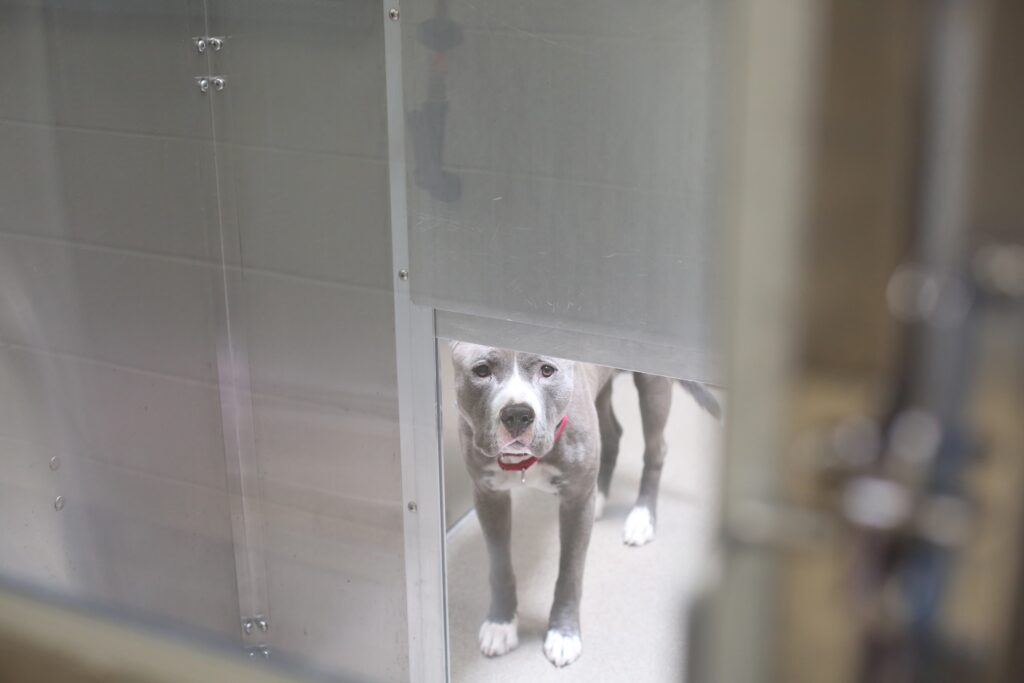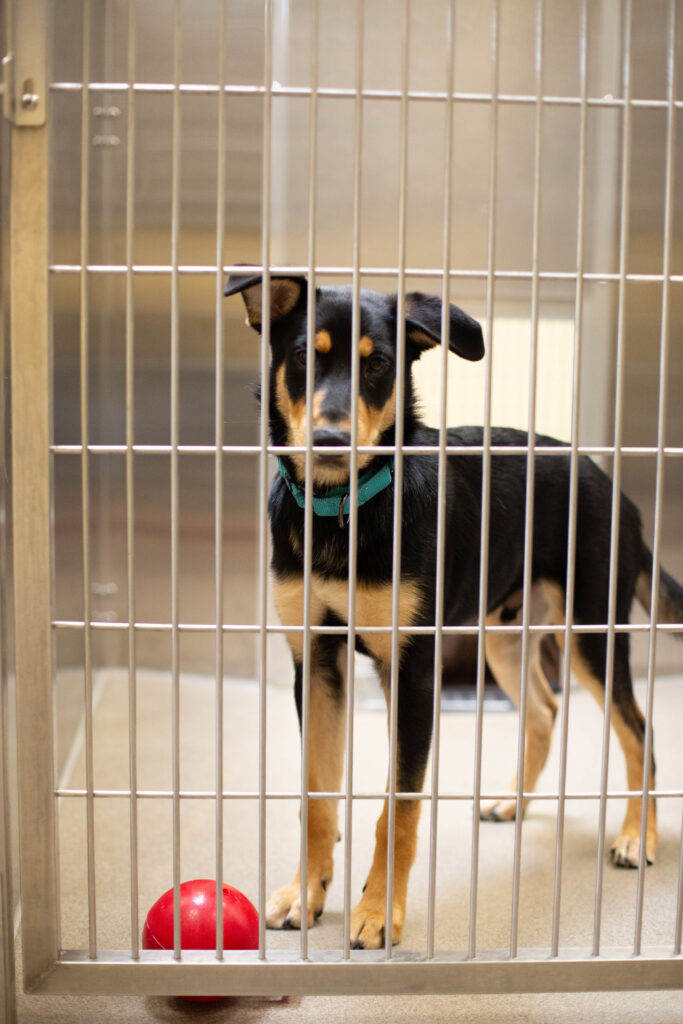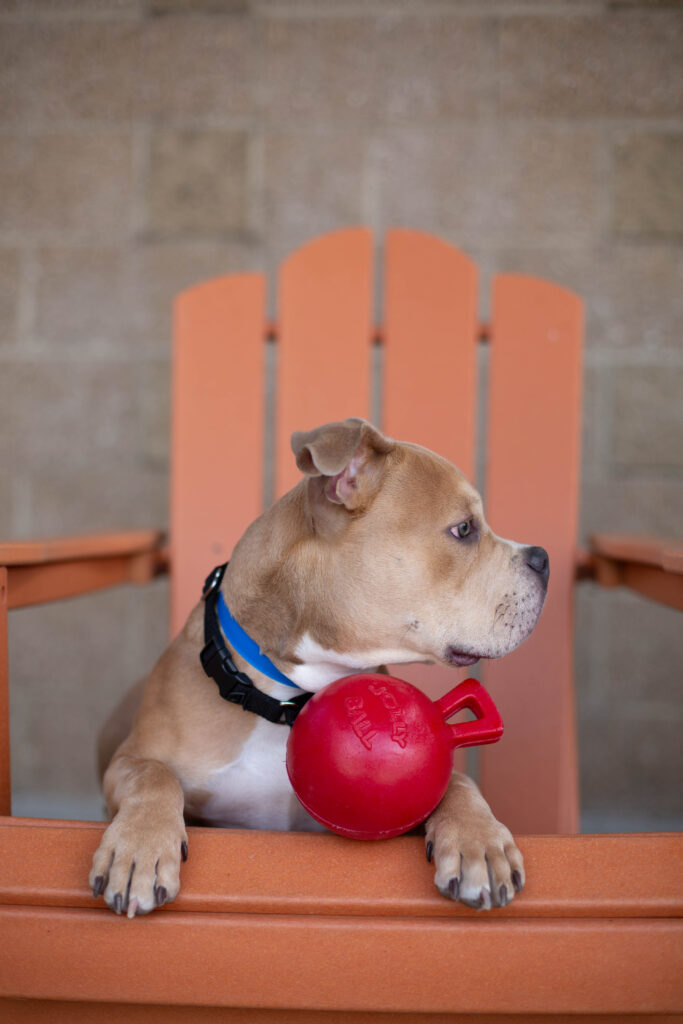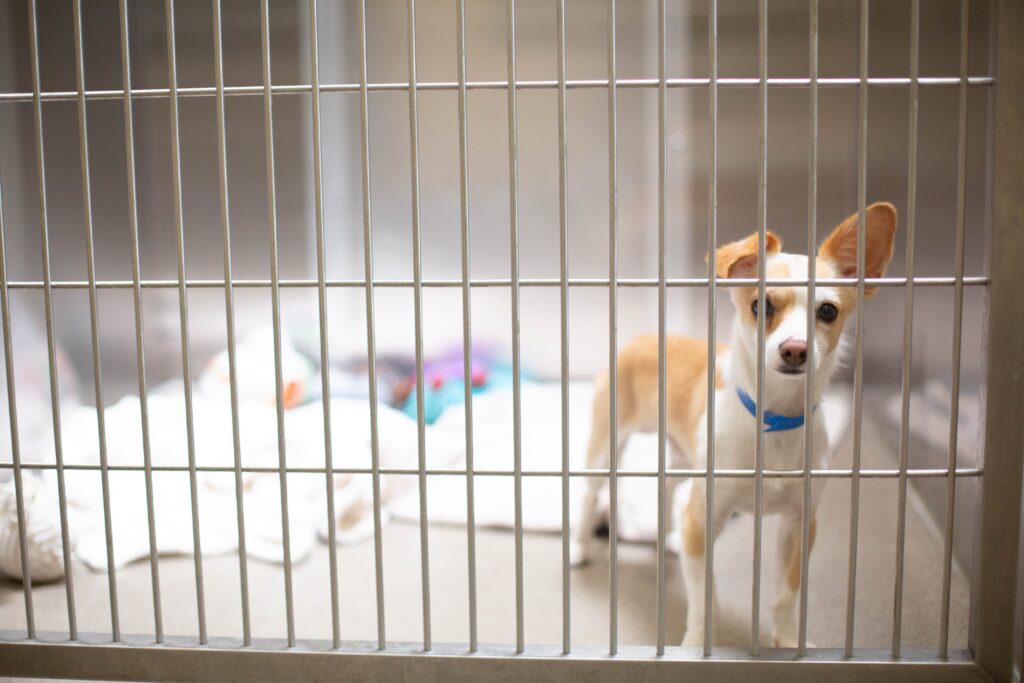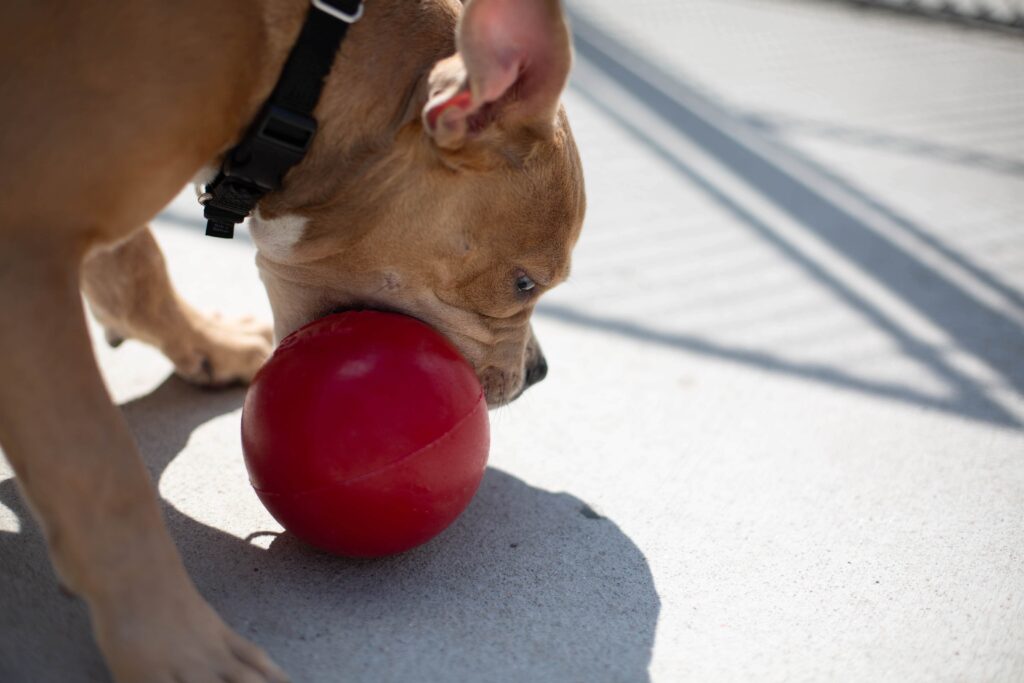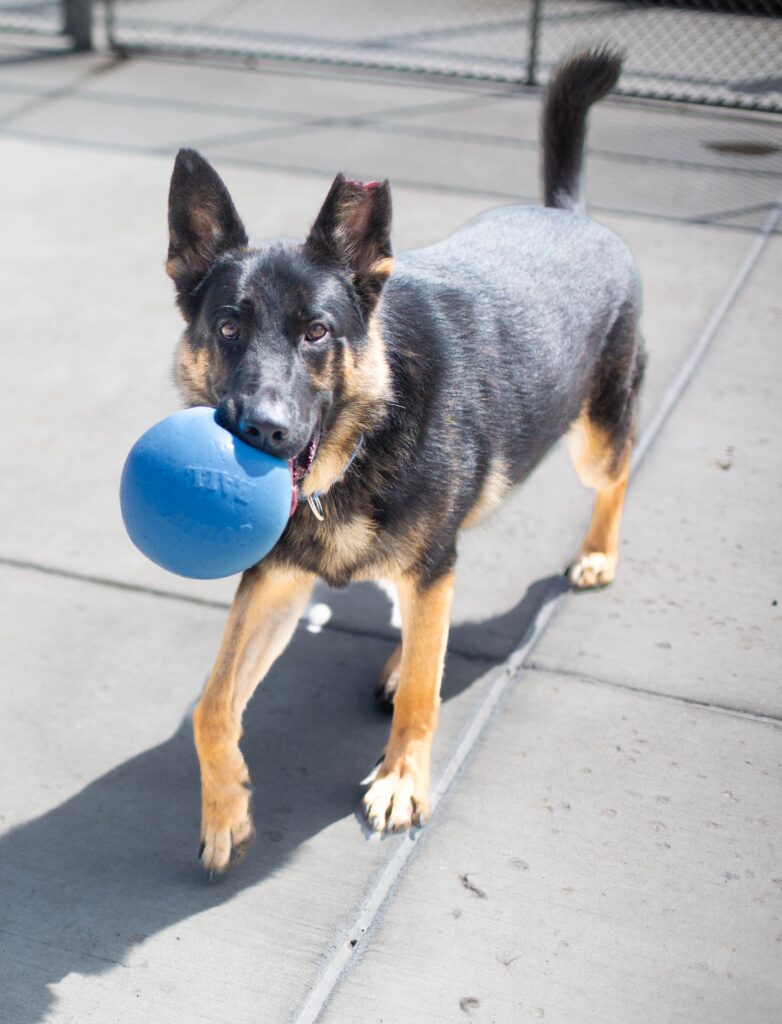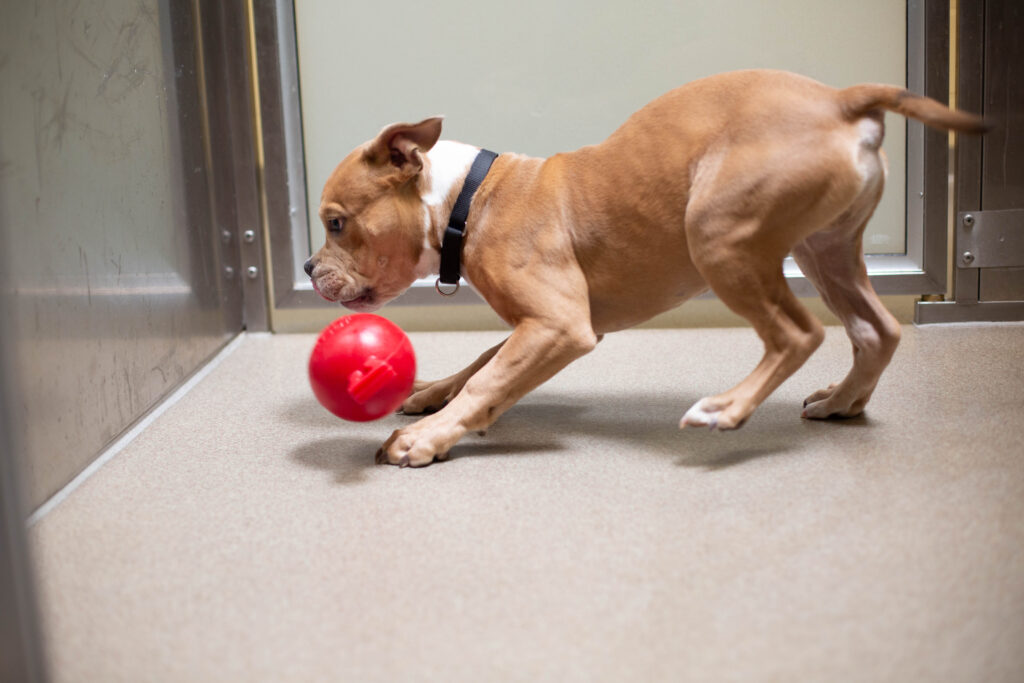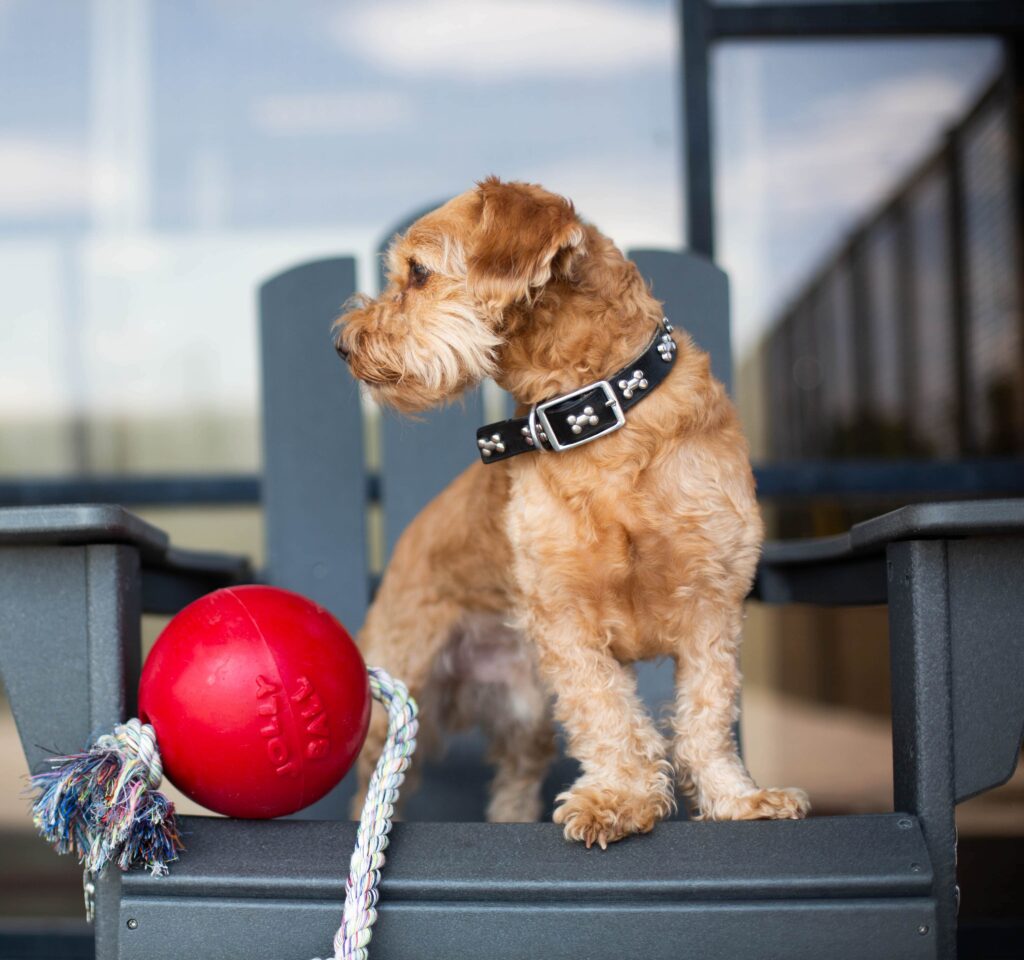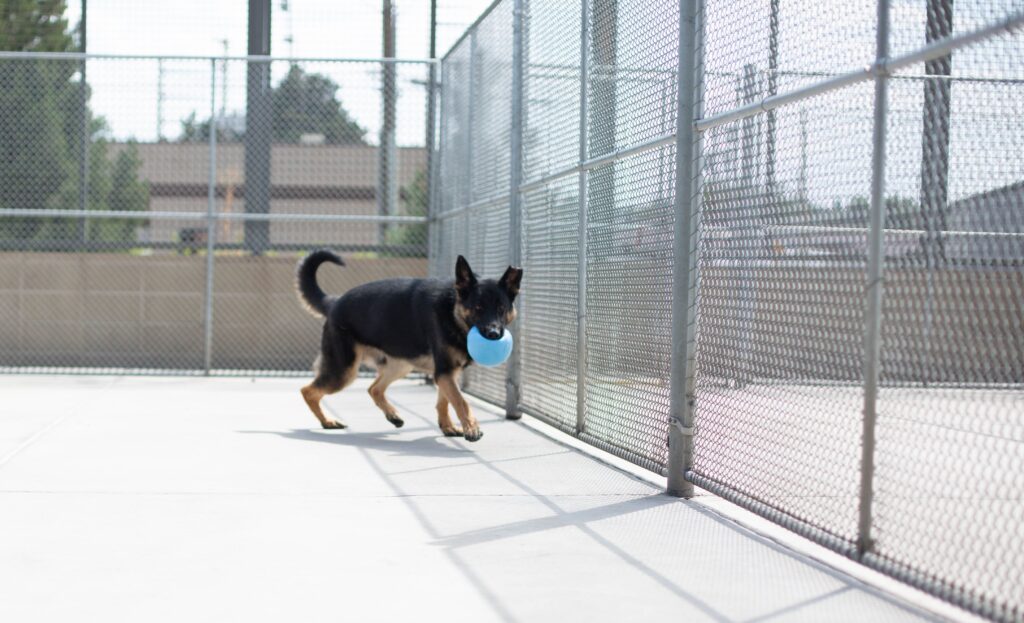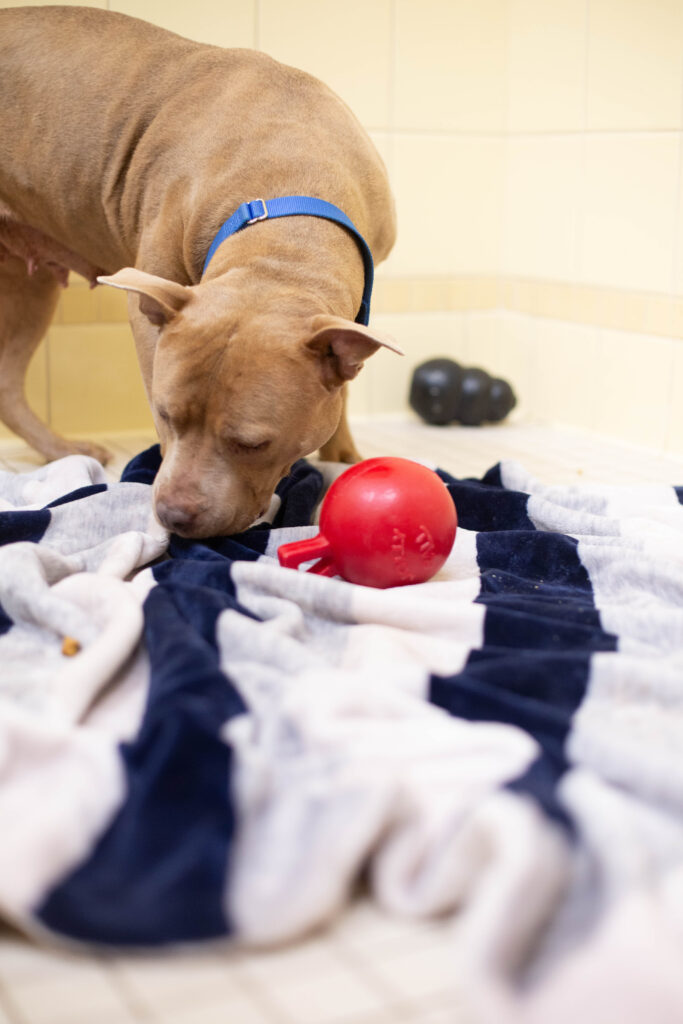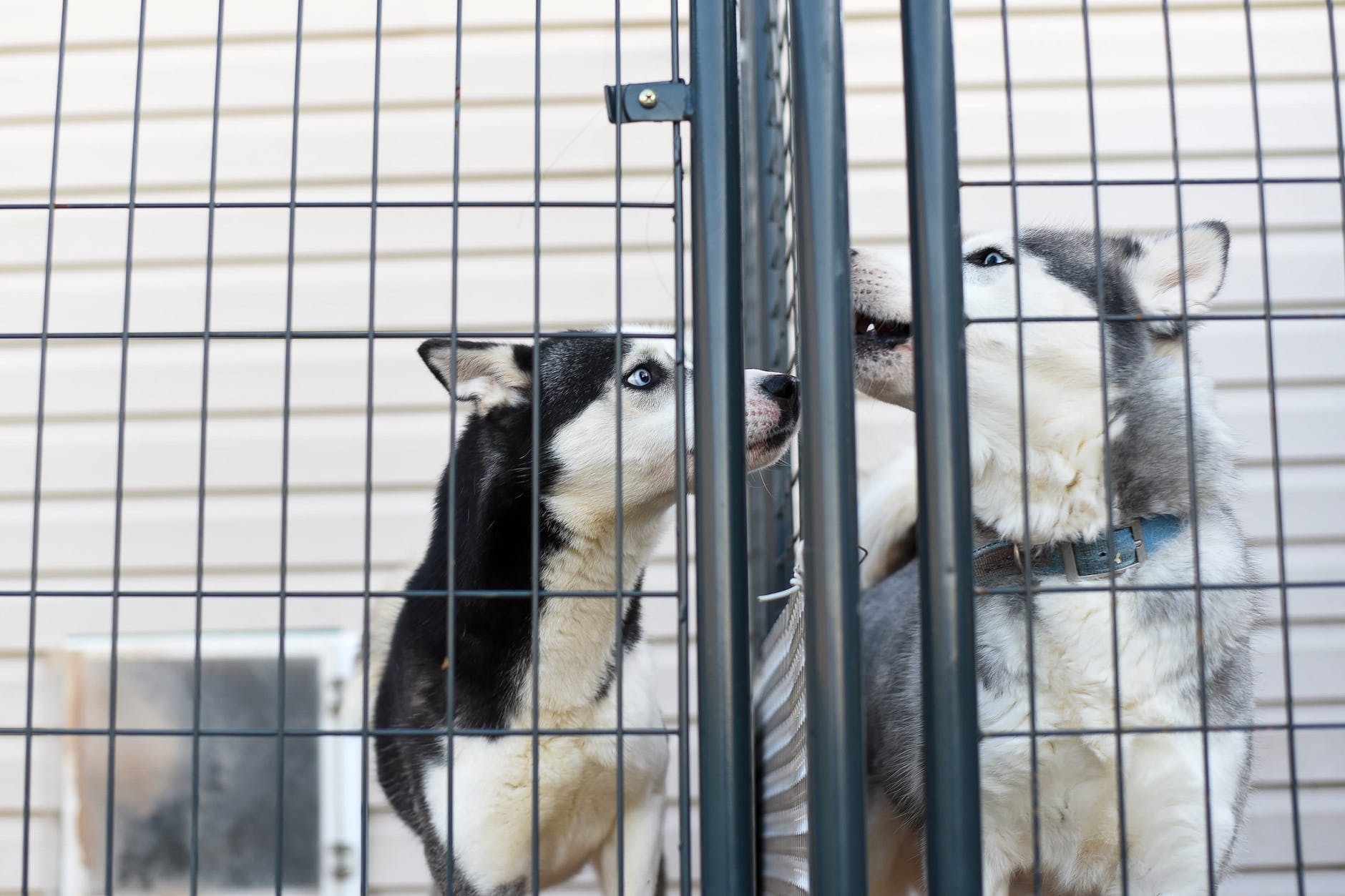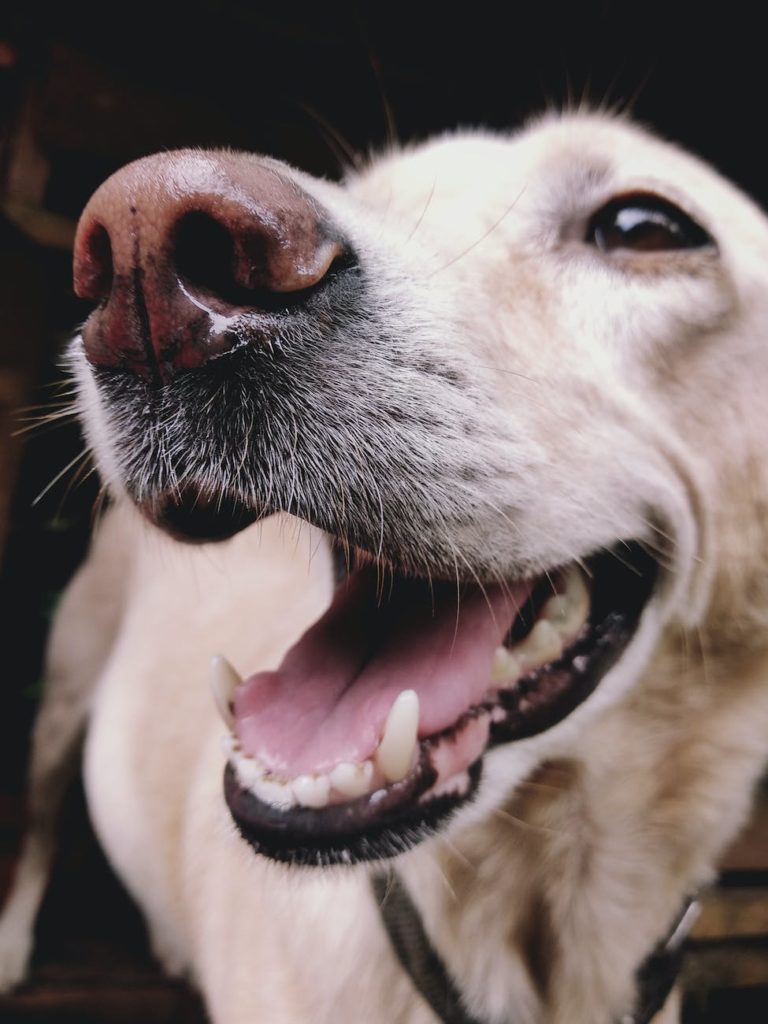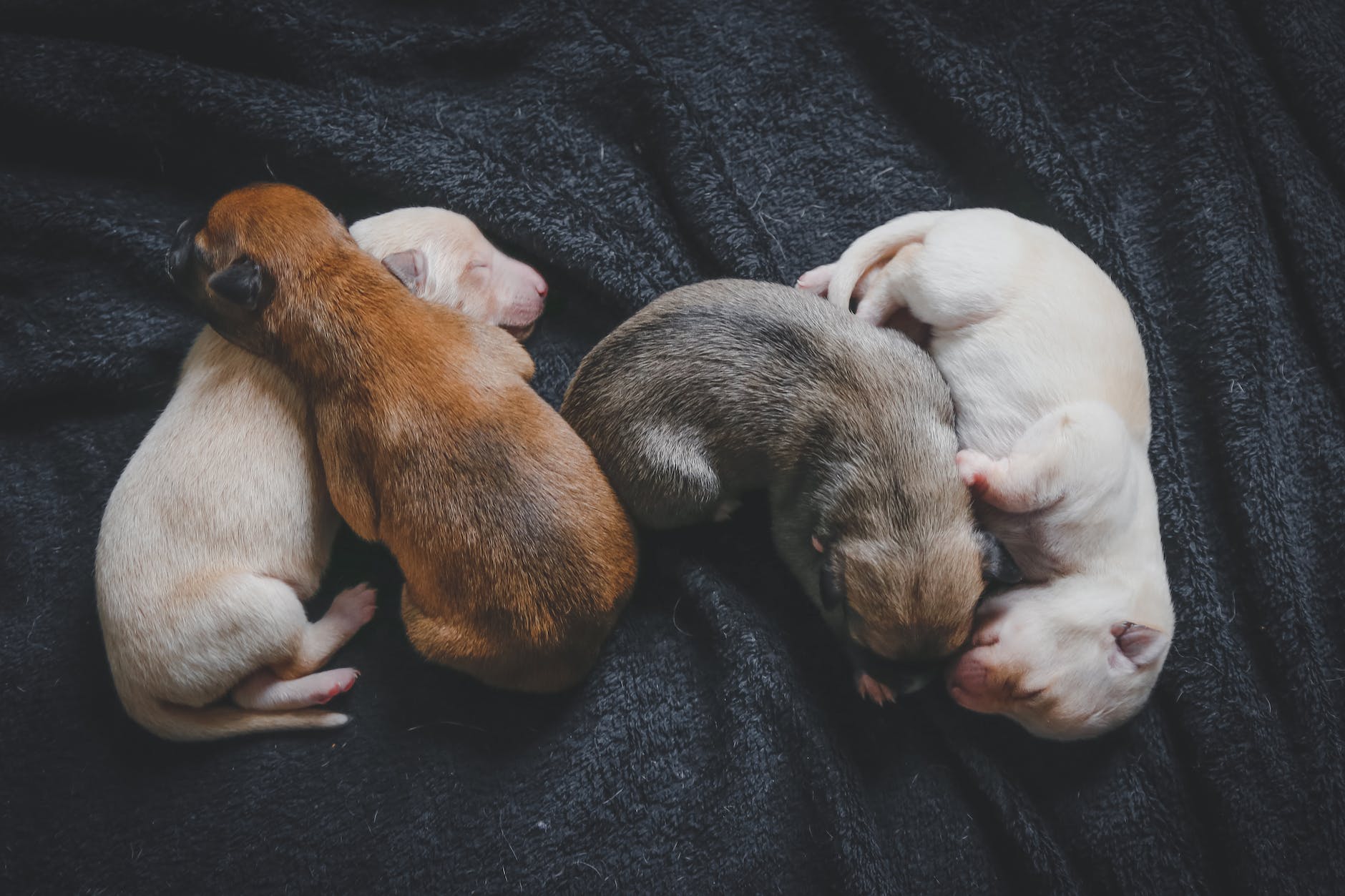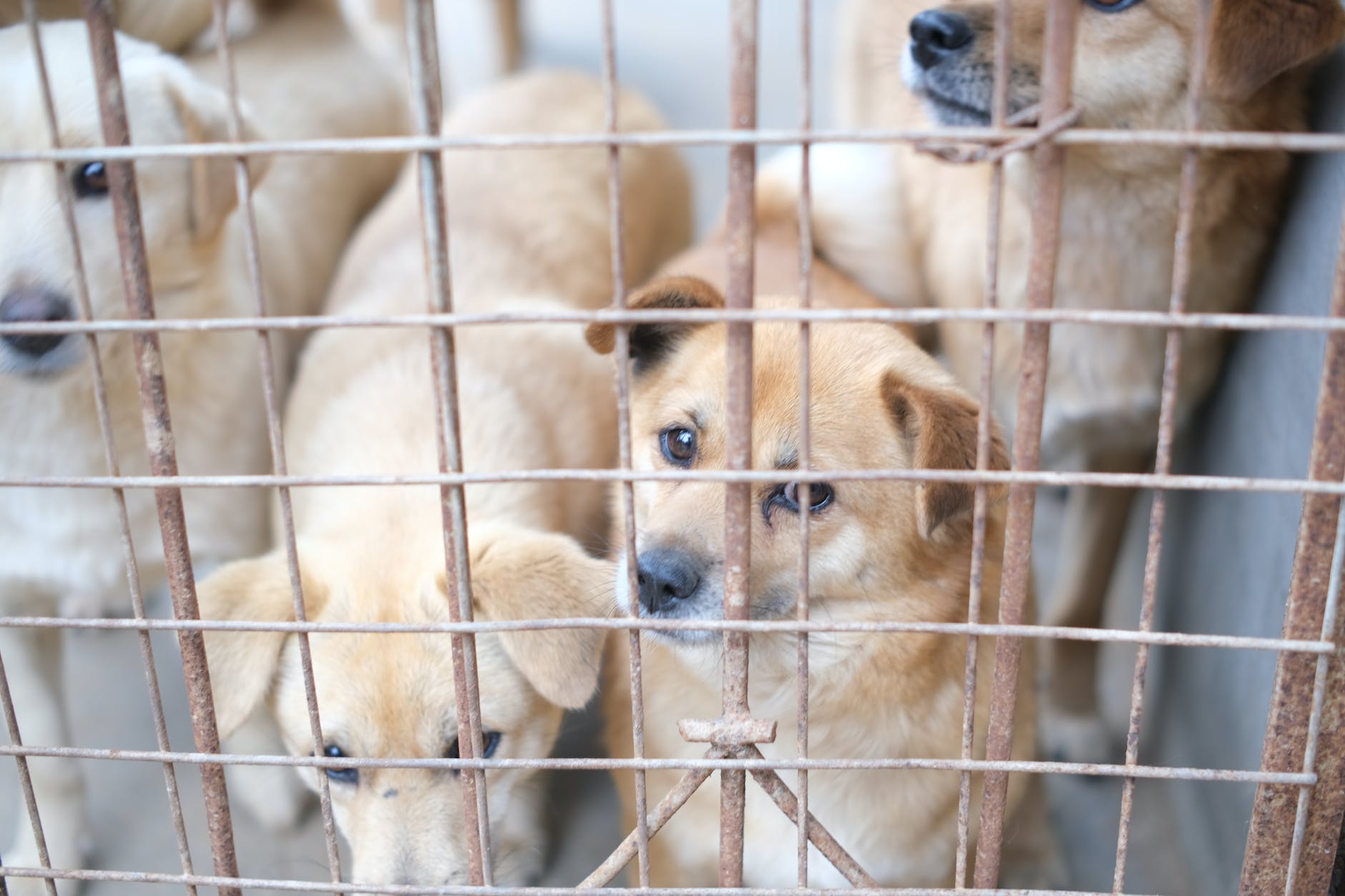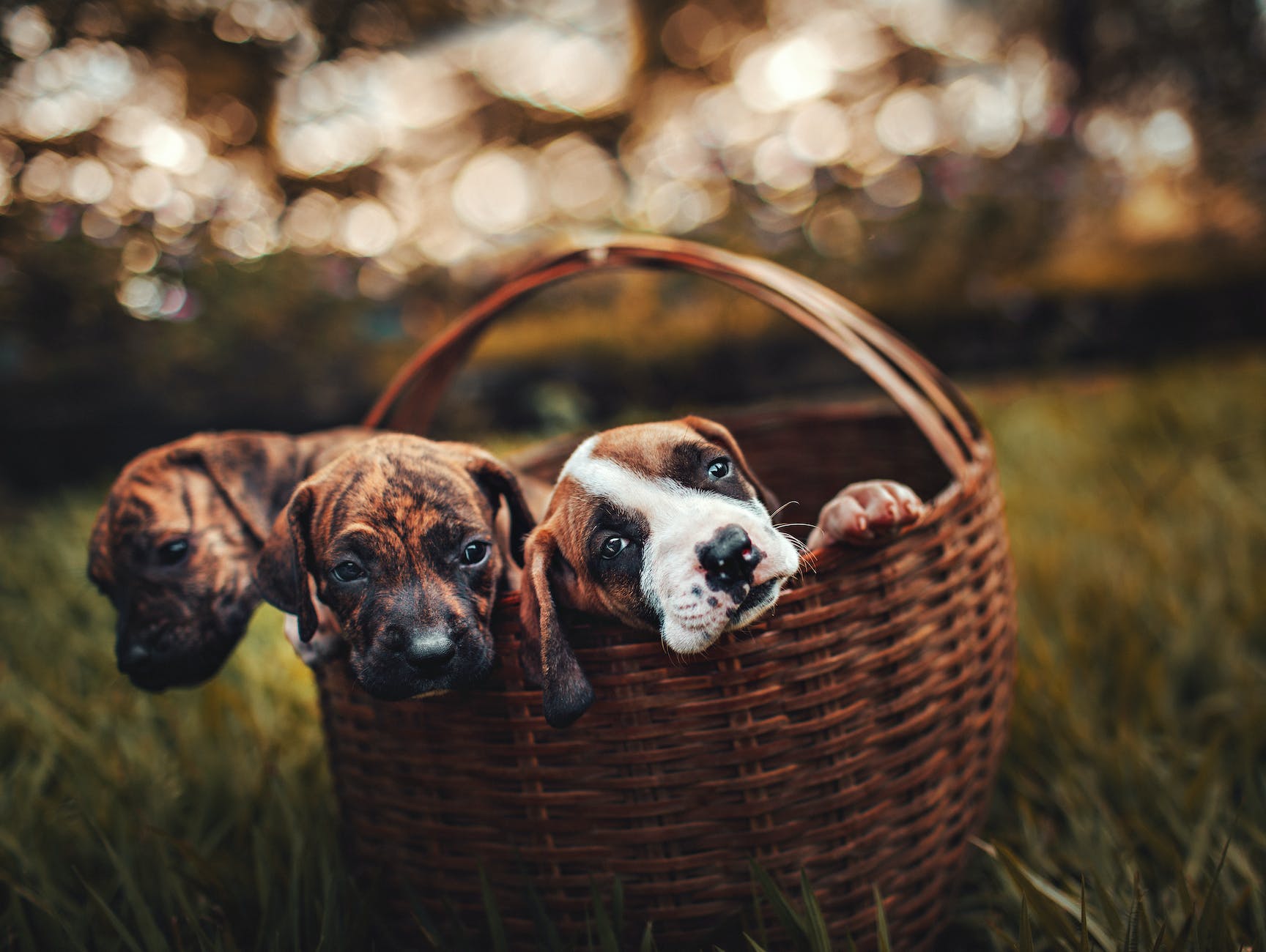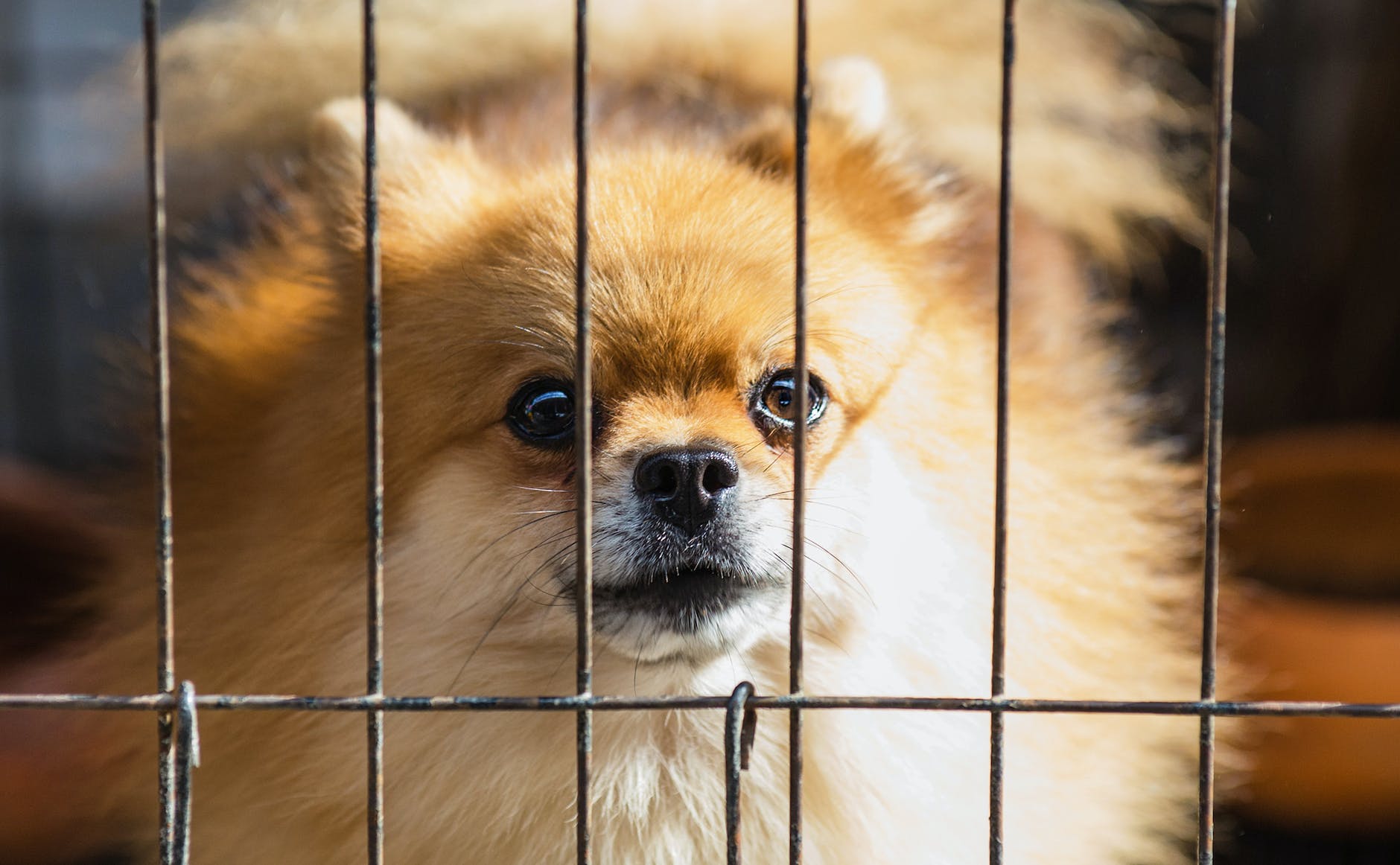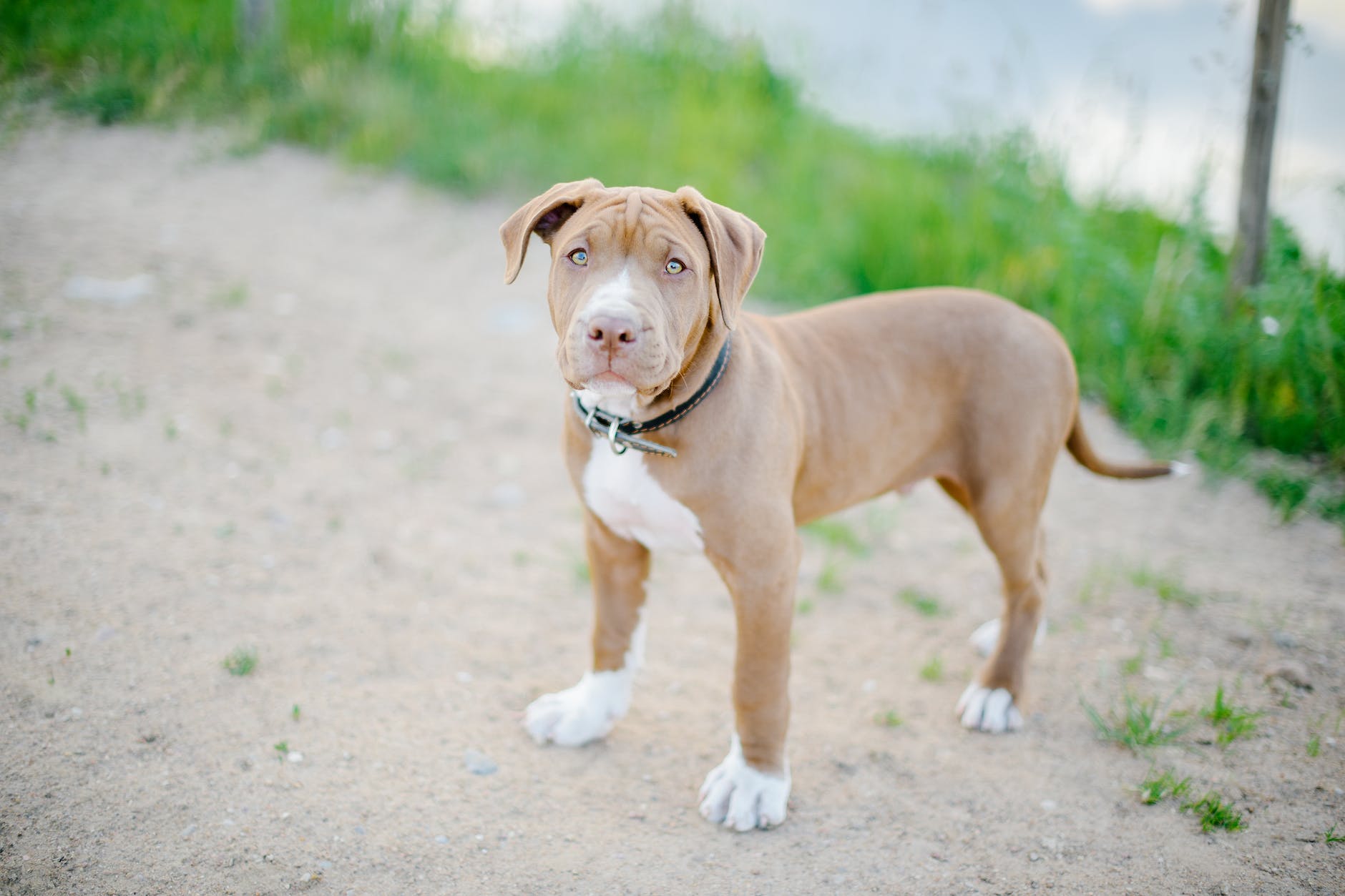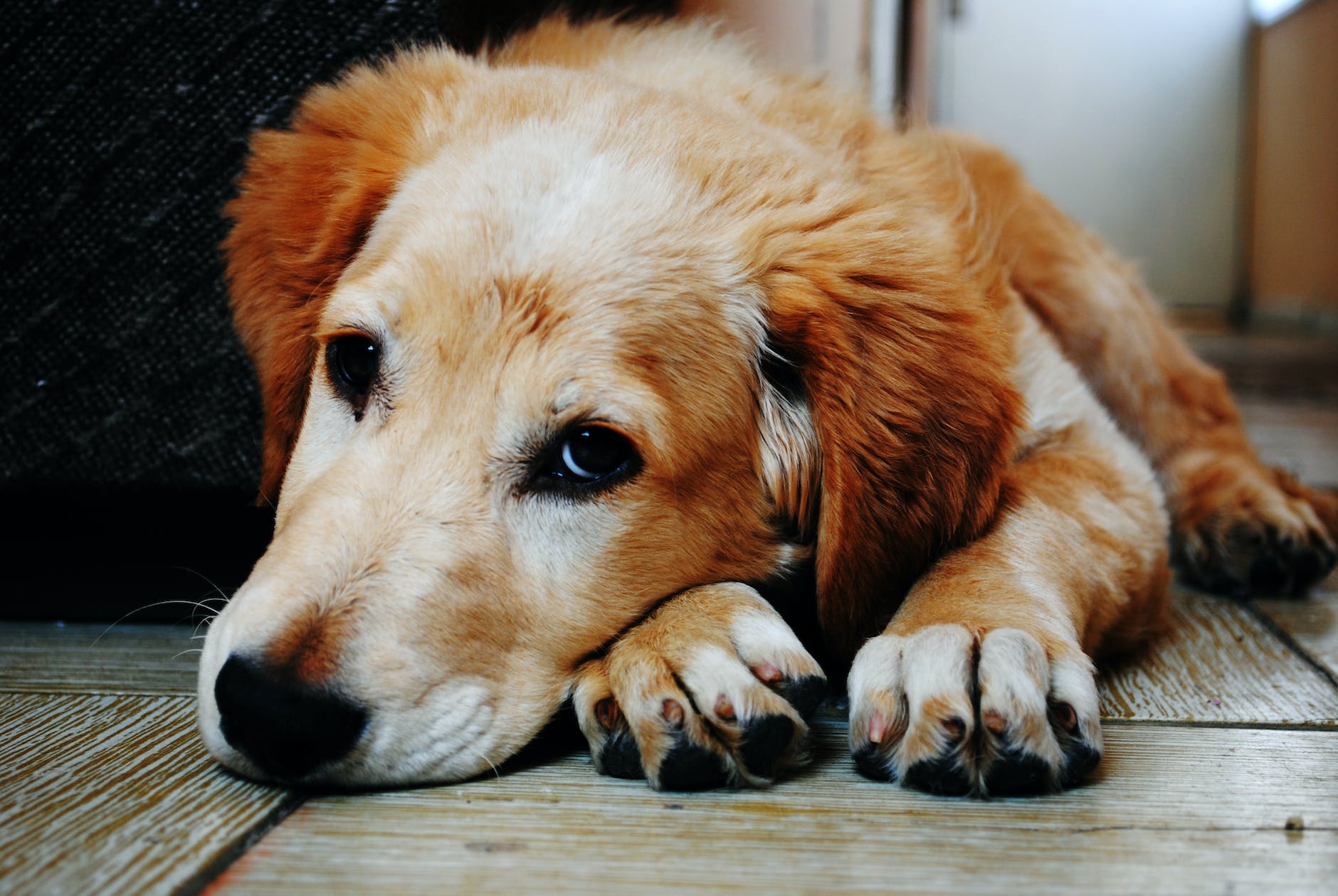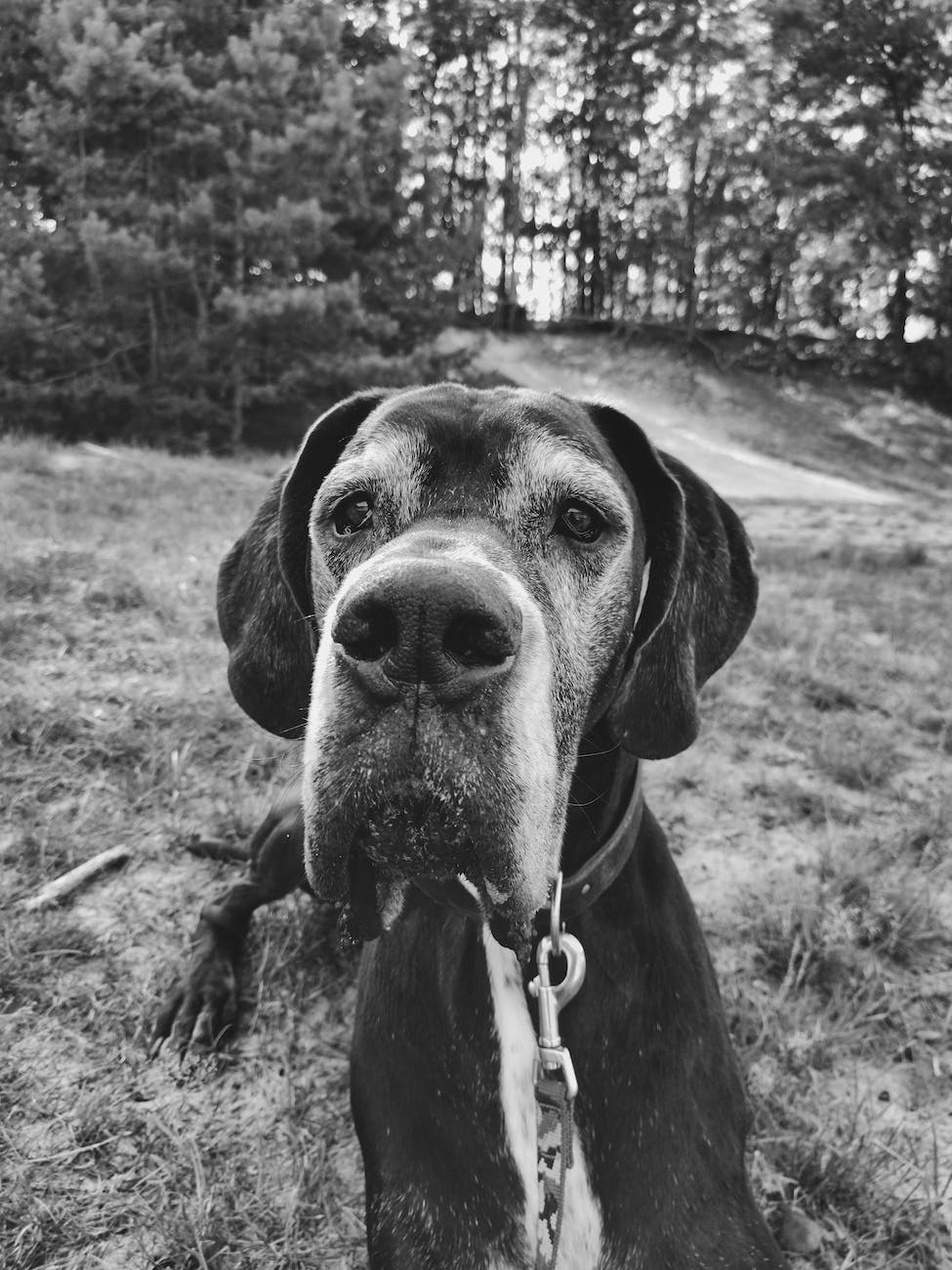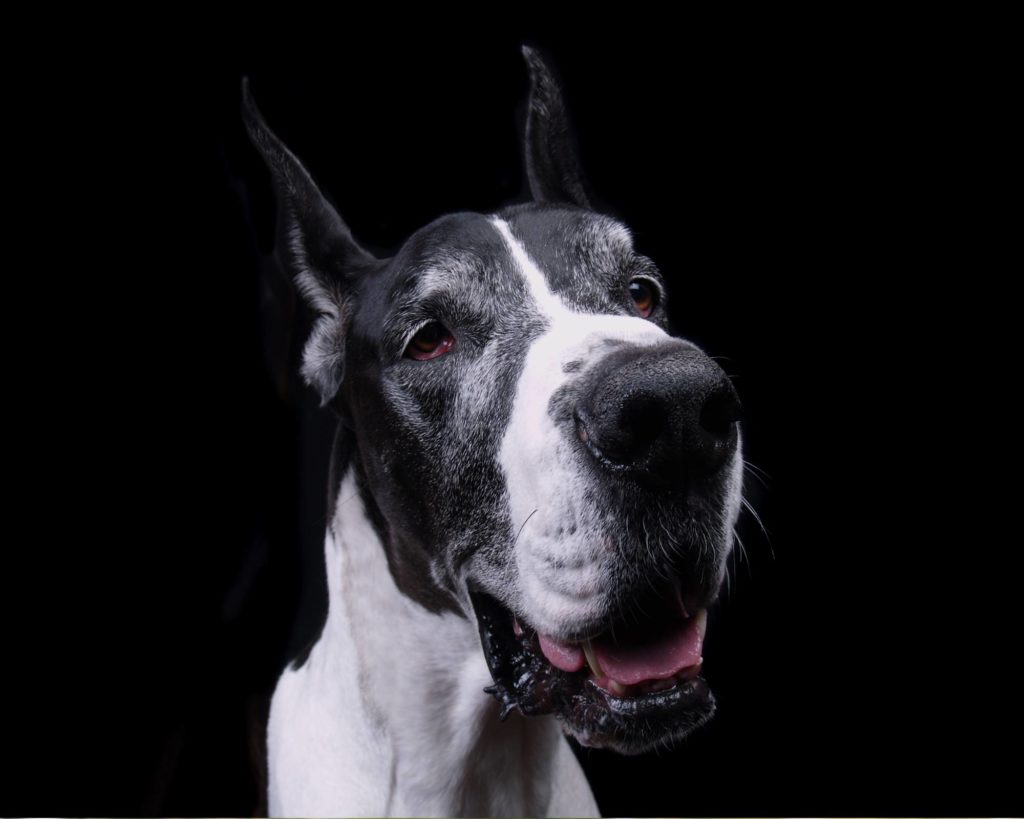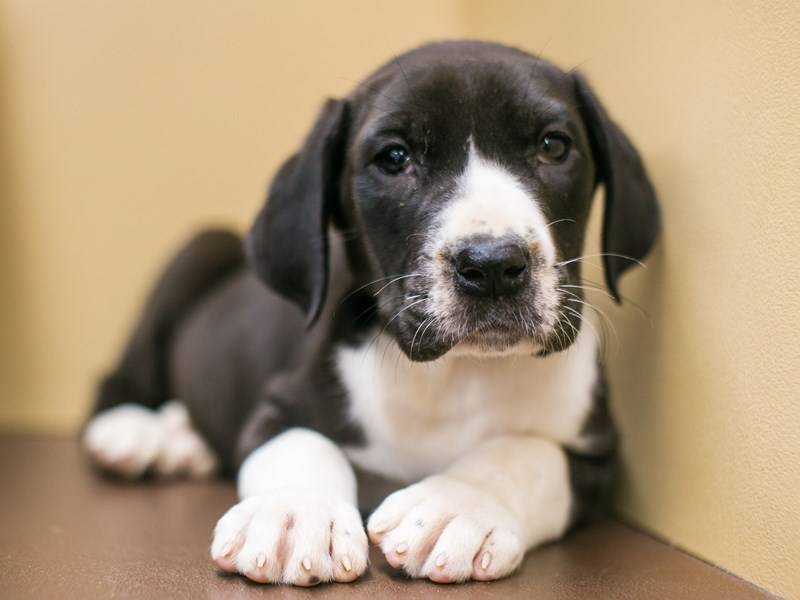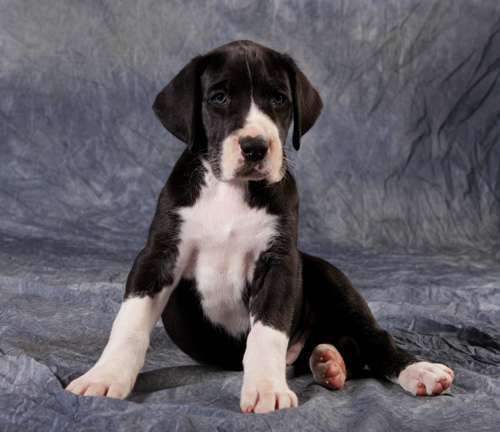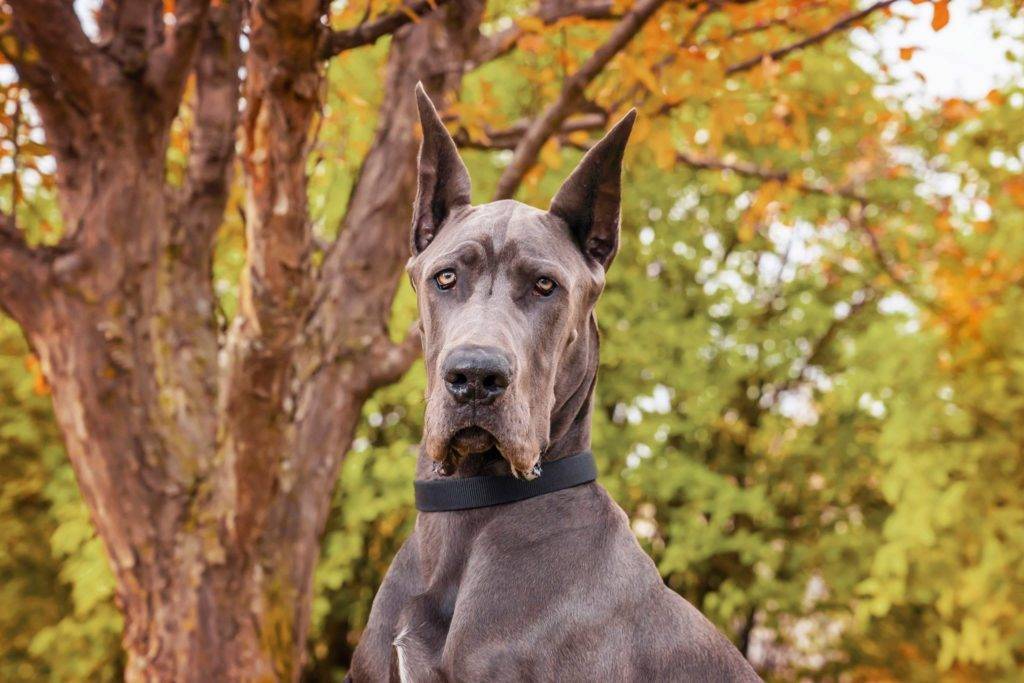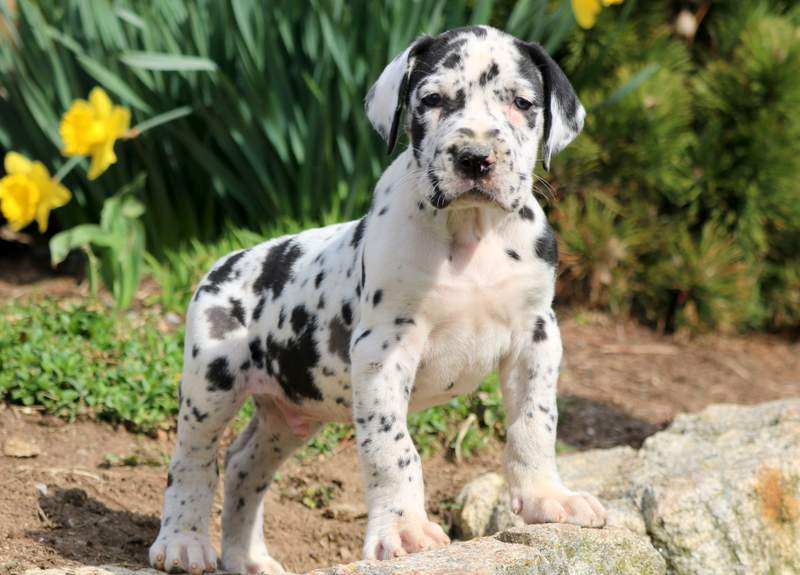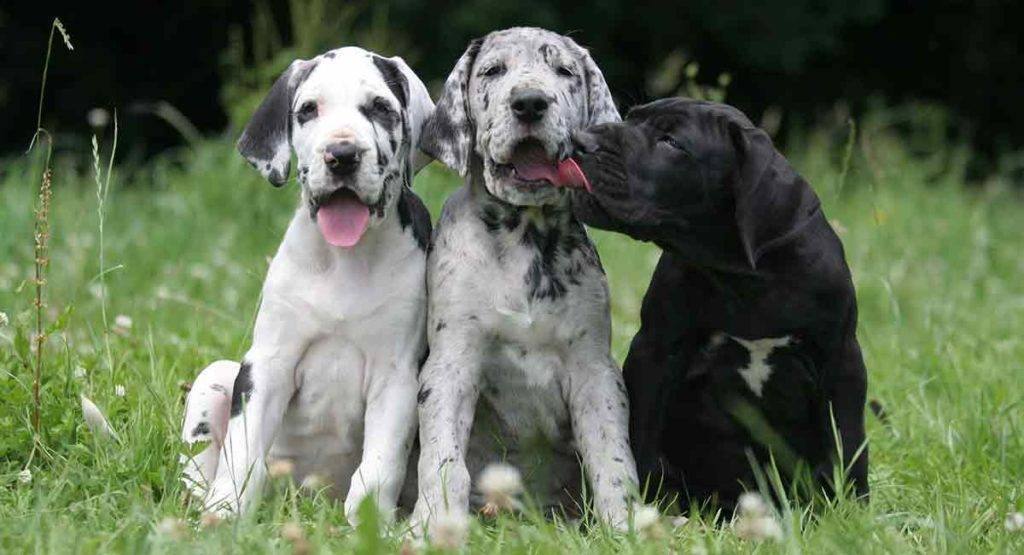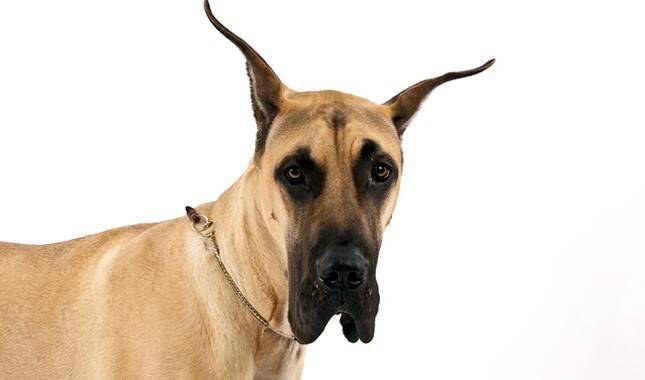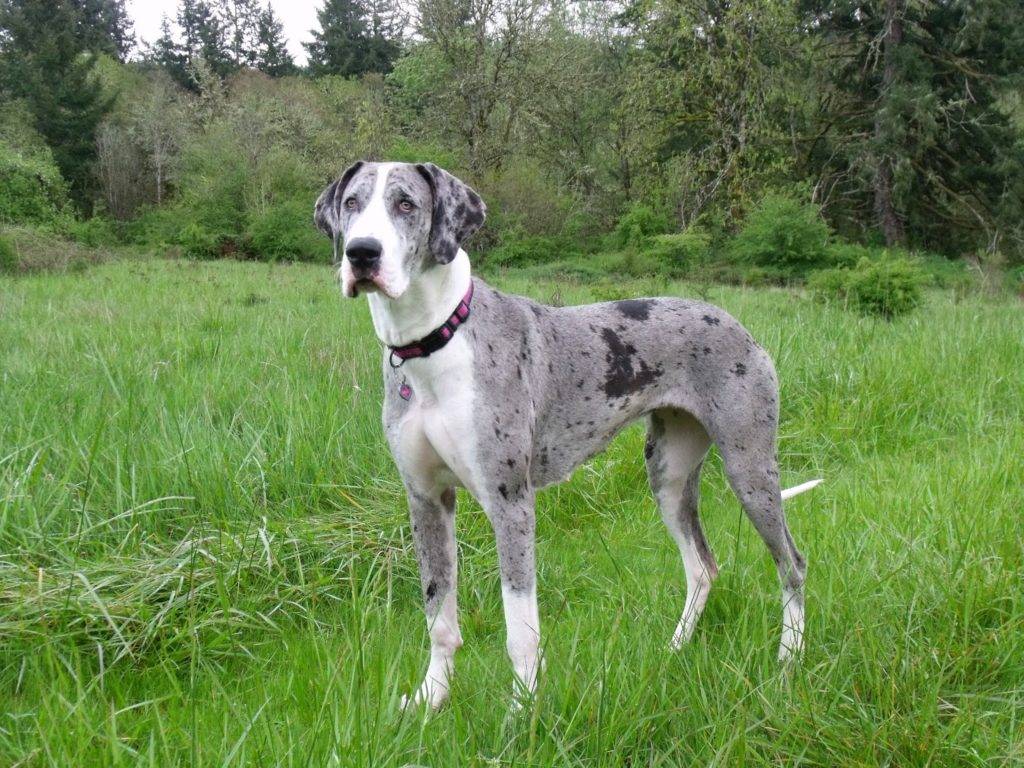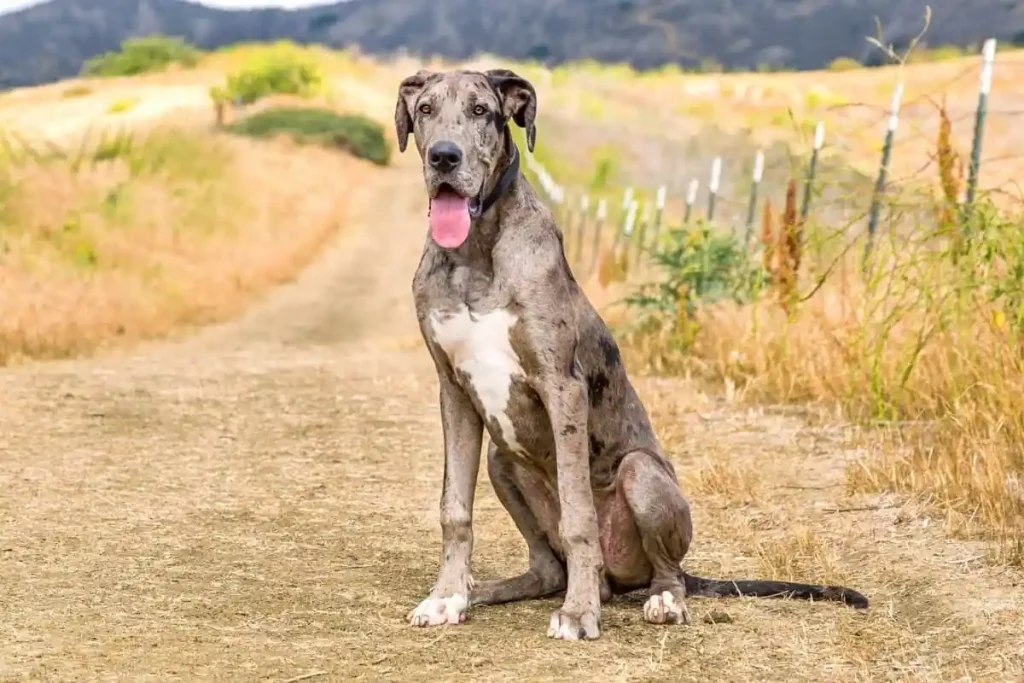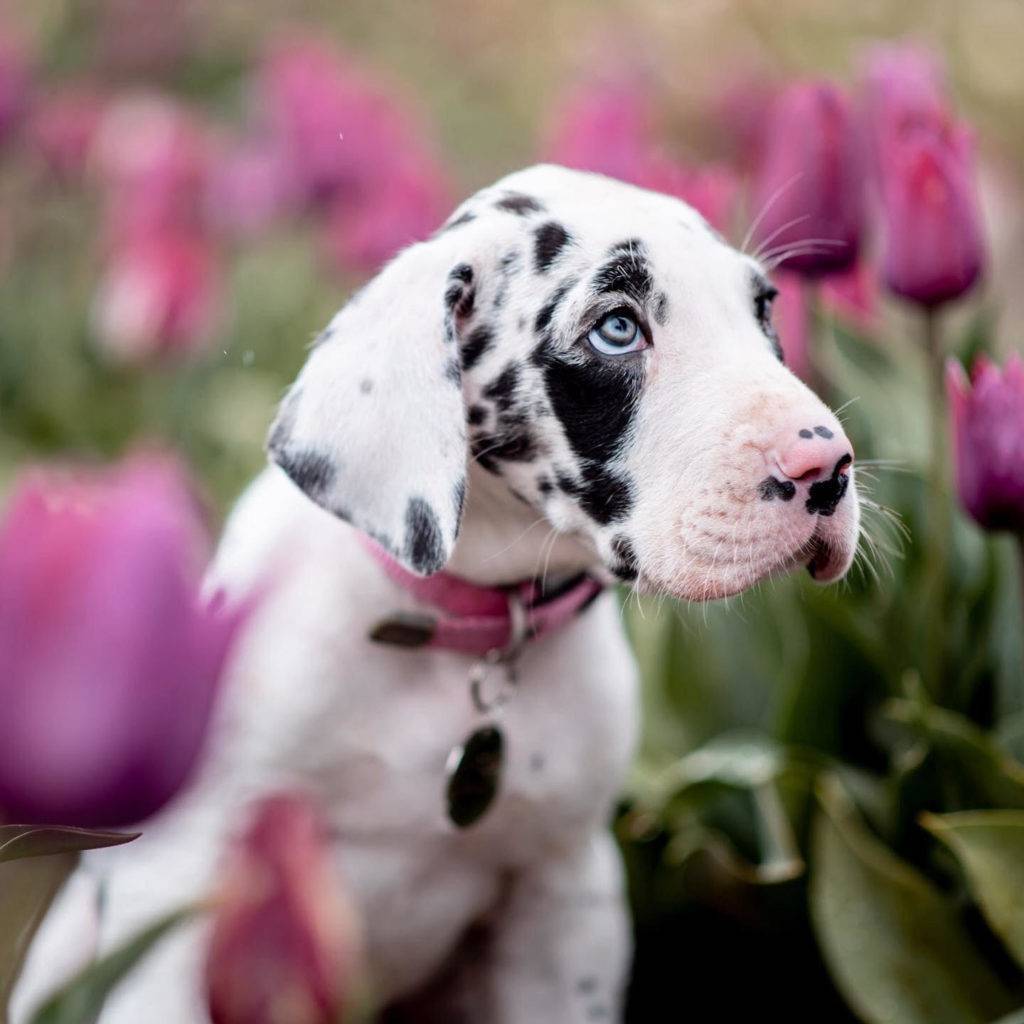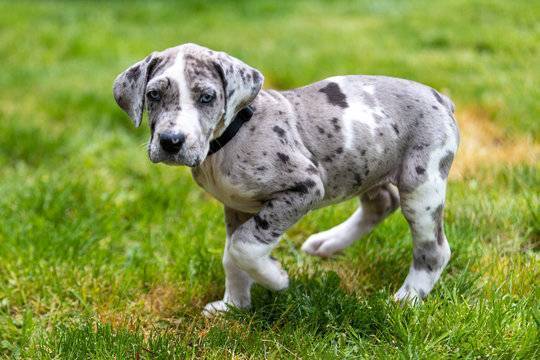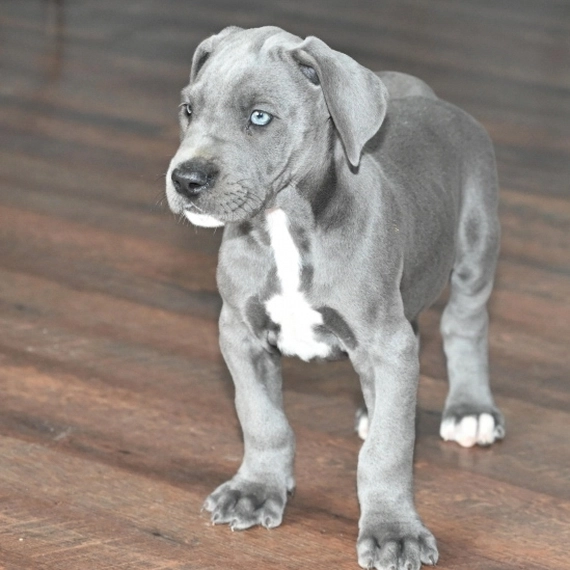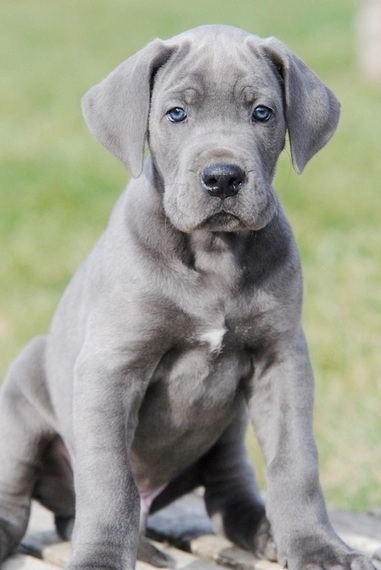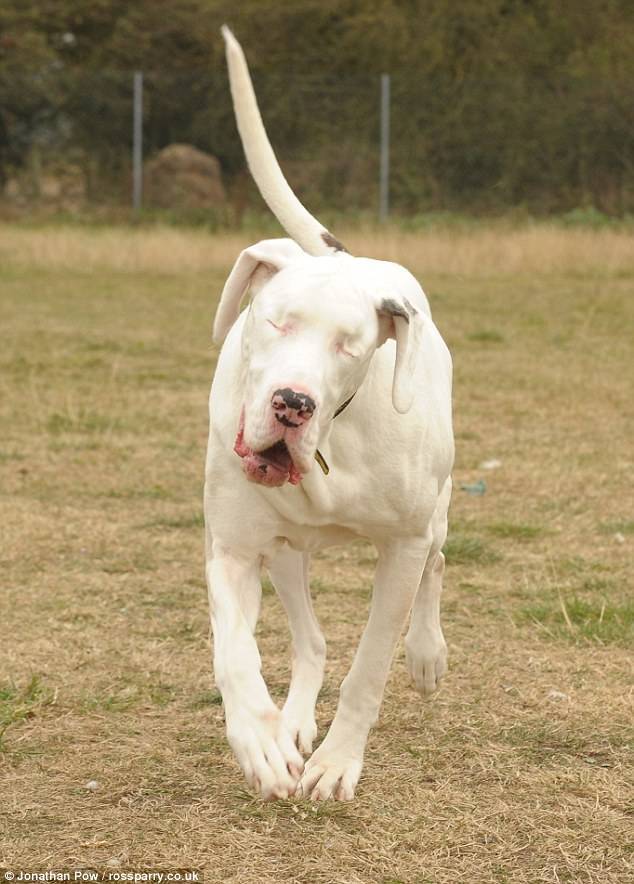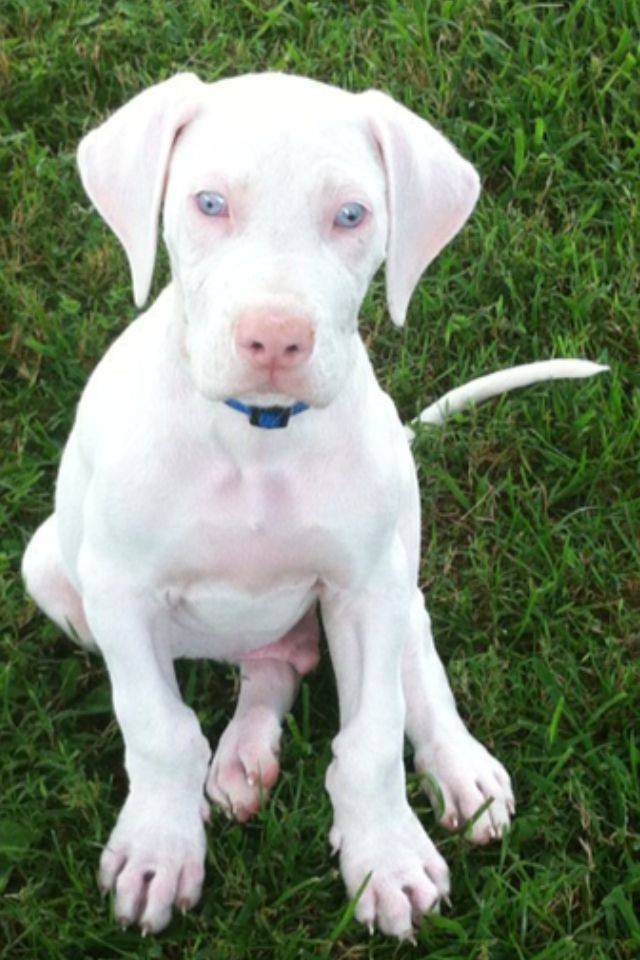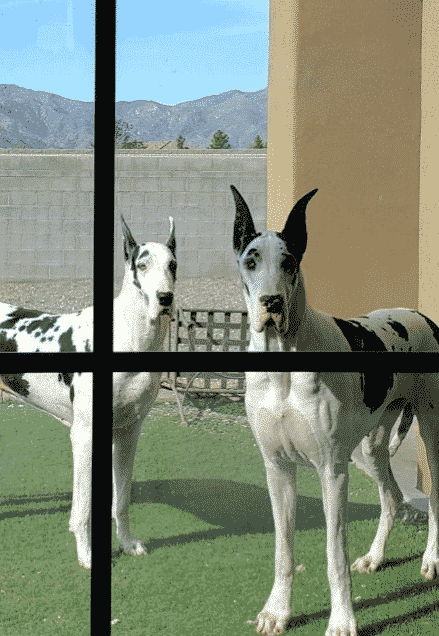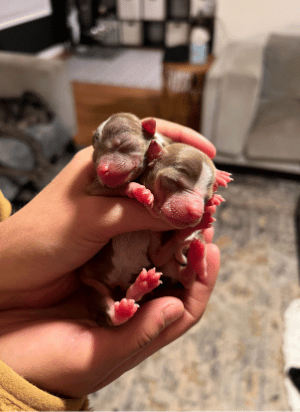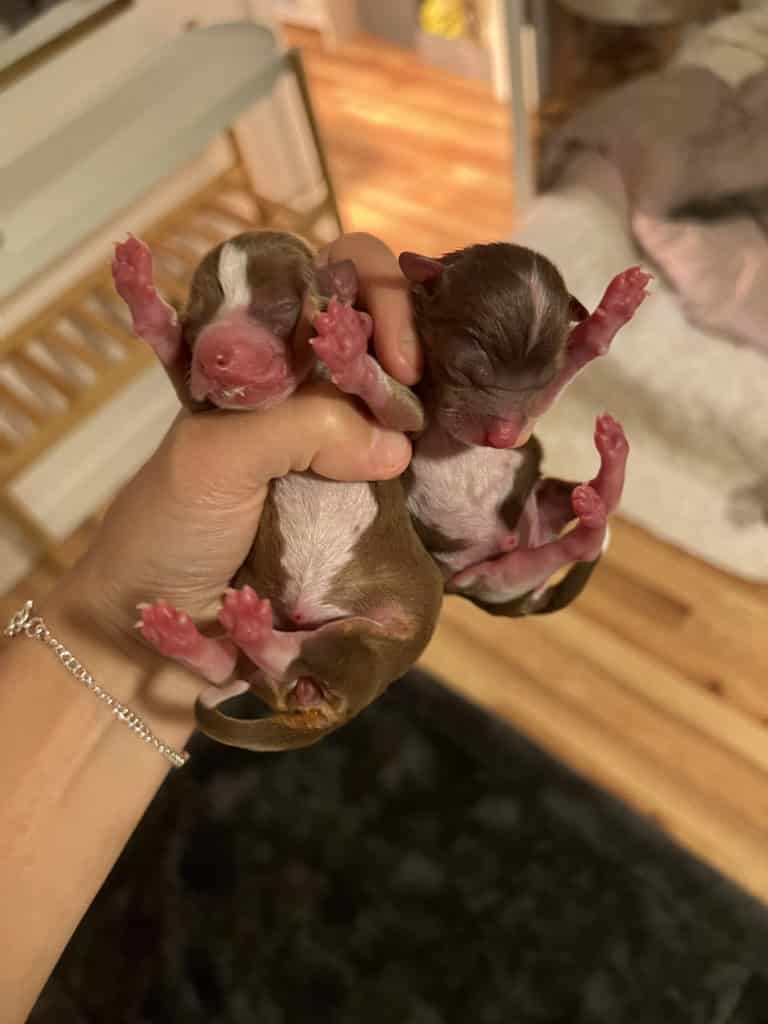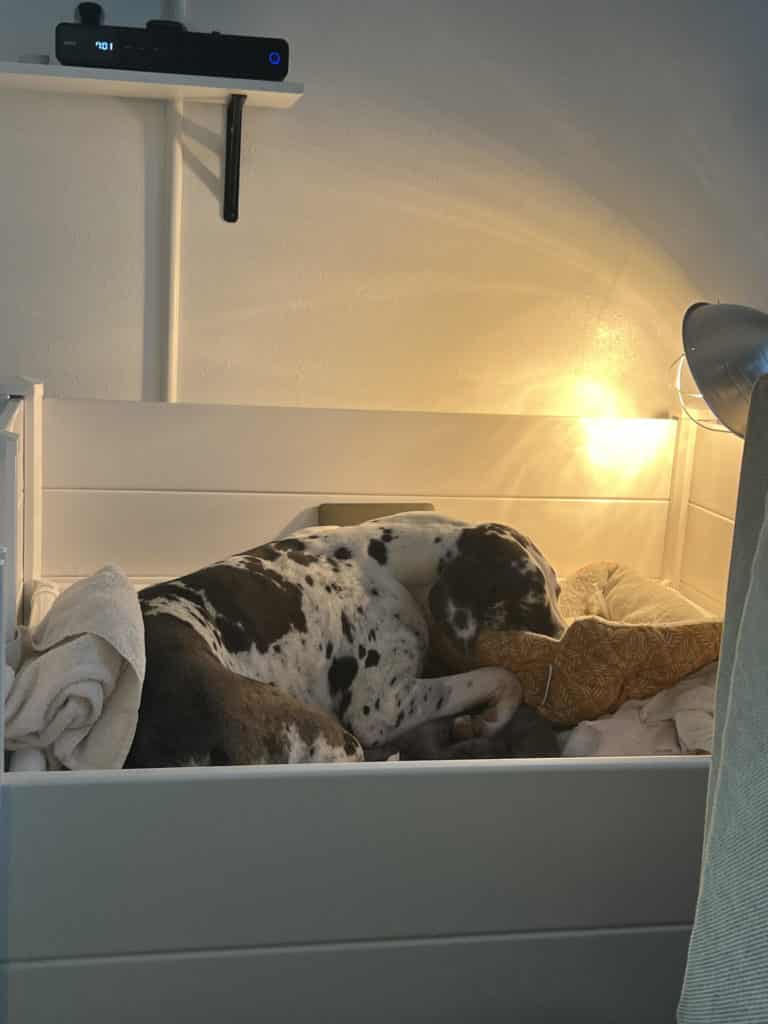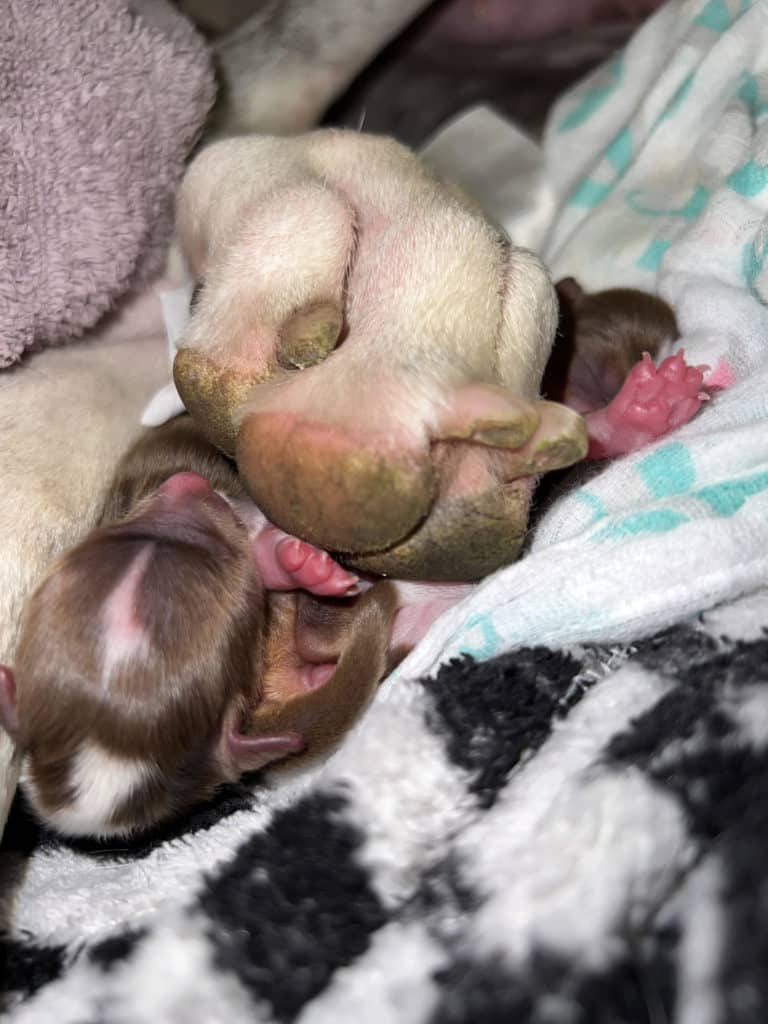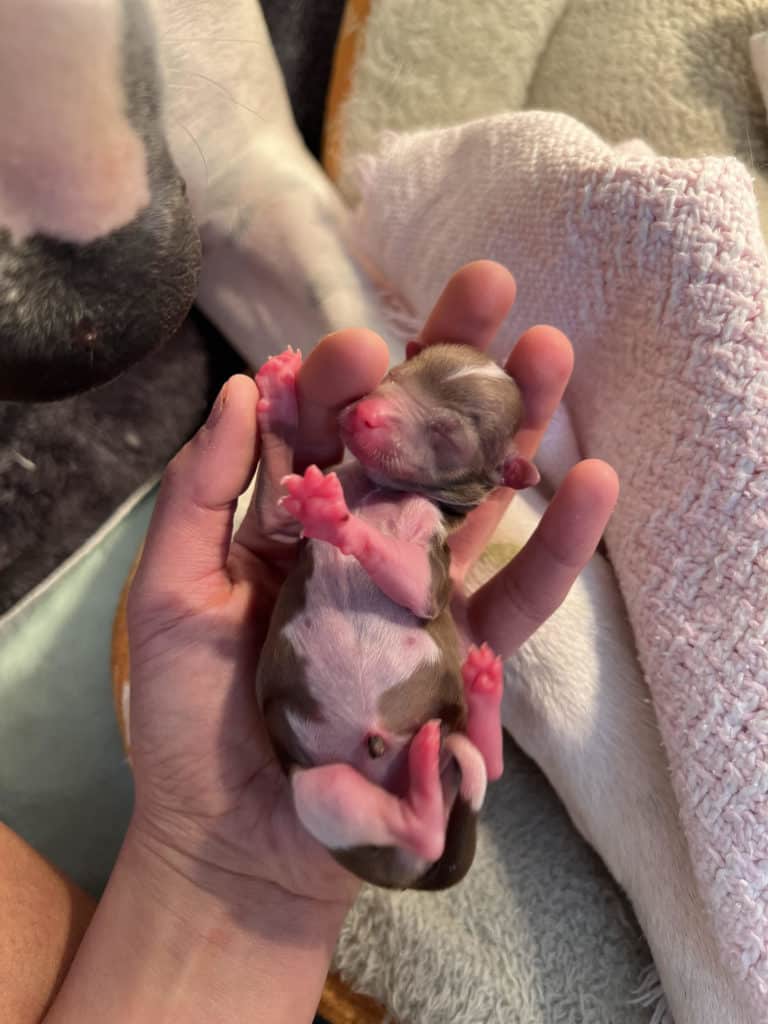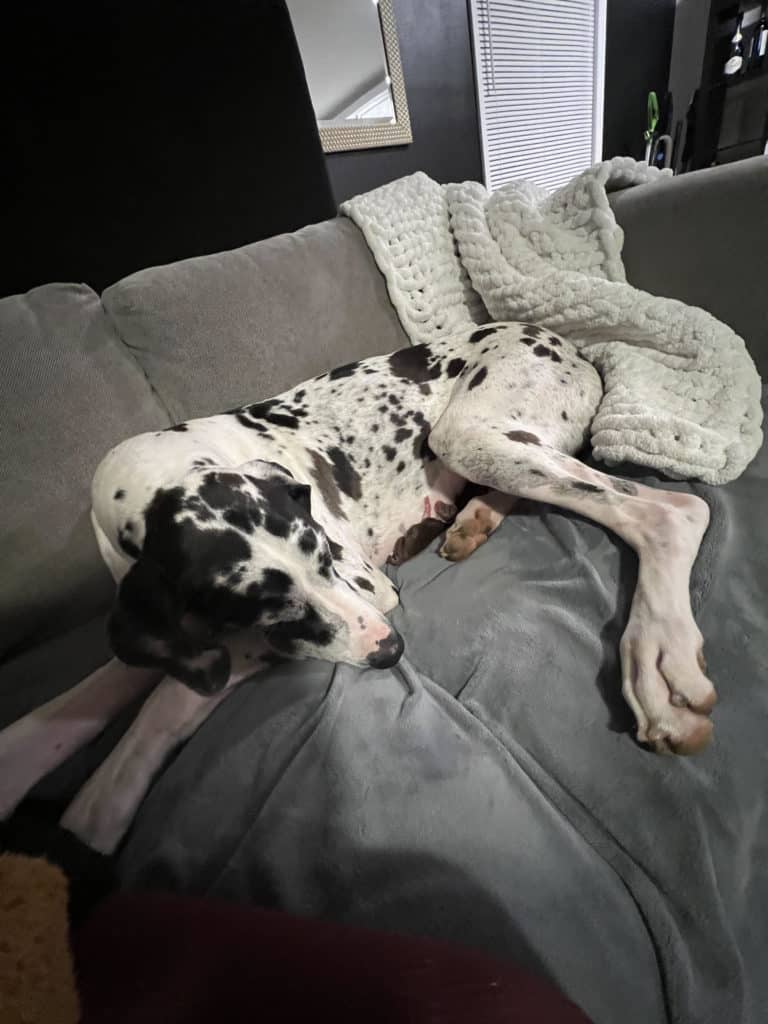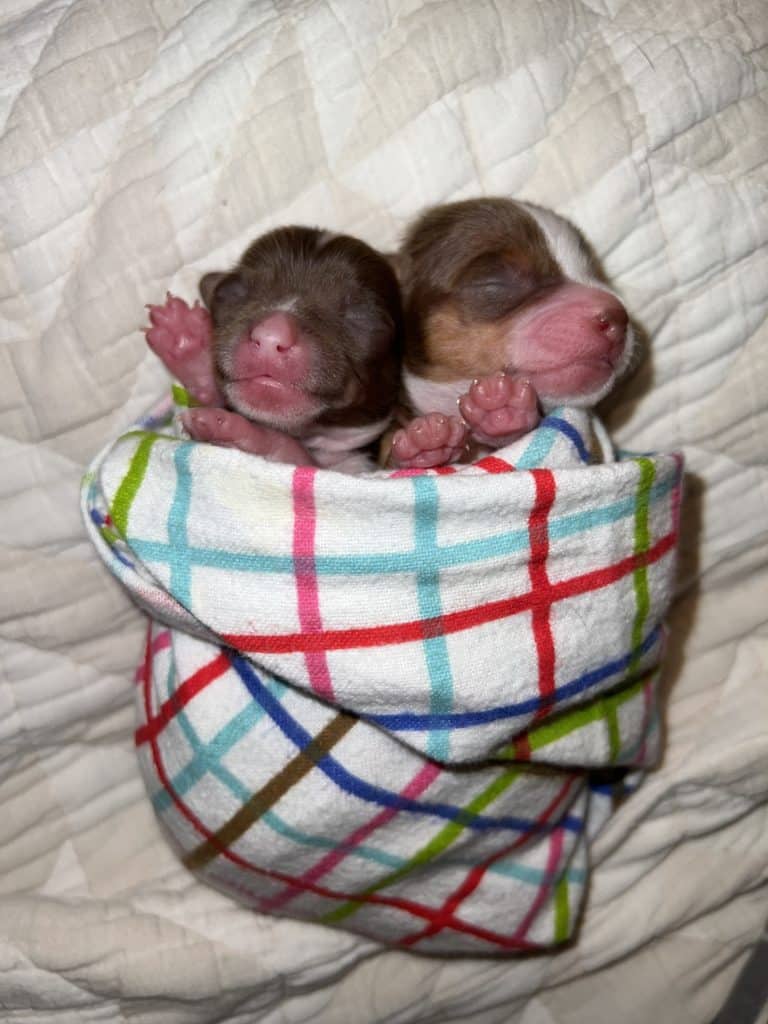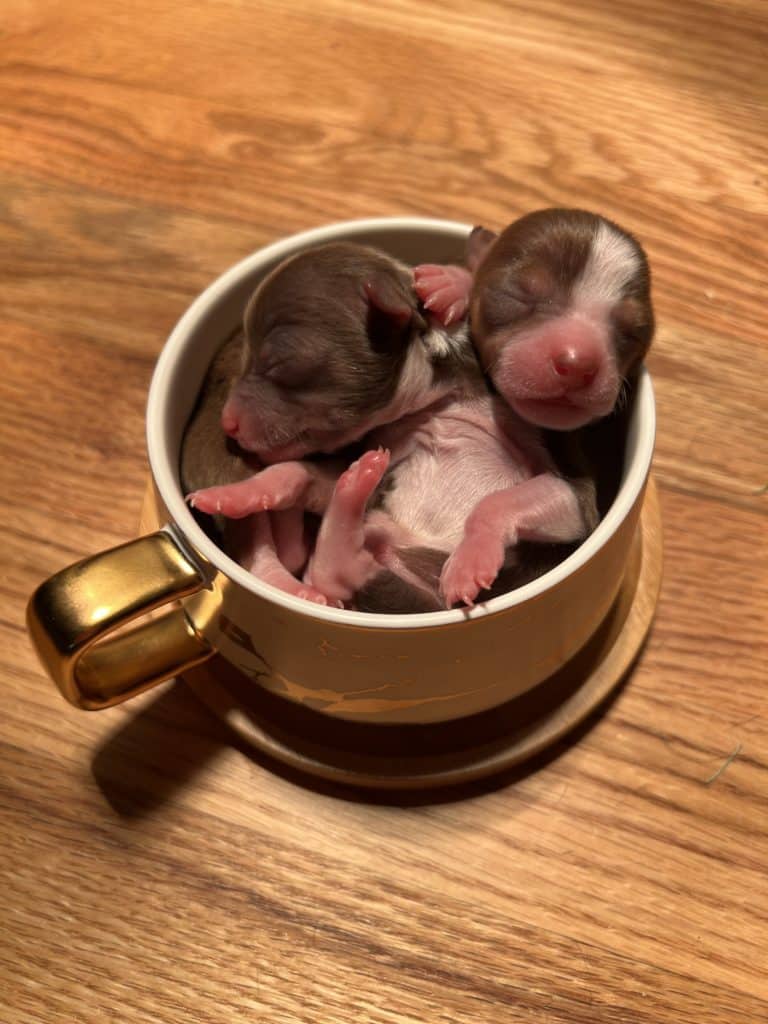Tips for Fostering Puppies: 10 Tips I Follow Myself in my Fostering Experience
Tips for fostering puppies can be found EVERYWHERE, but are they really the tips you want to follow if you are embarking on your foster journey?
The main thing I notice in that sentence is emBARKing… Yes… foster puppies bark, and poop, and pee, and they also chew your stuff up!
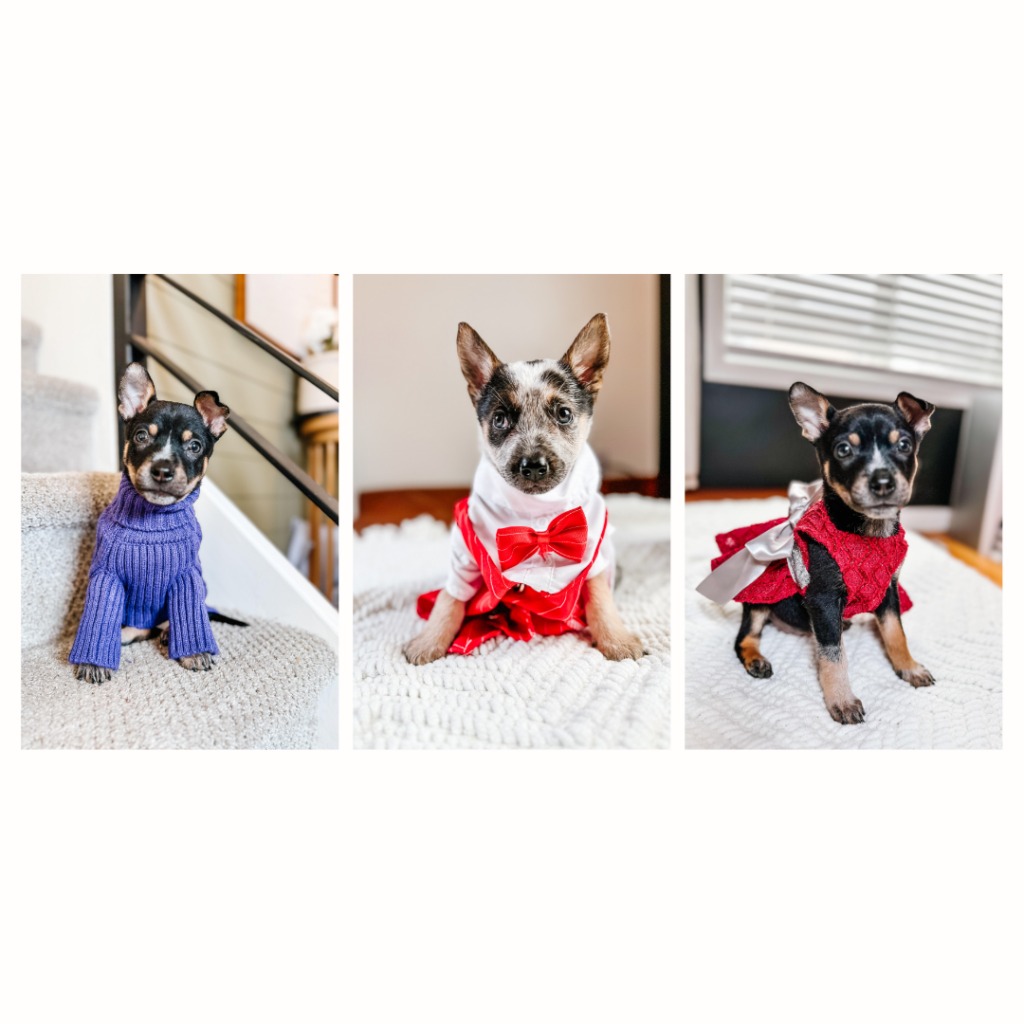
Fostering Puppies is Rewarding but Has Challenges
As a foster parent myself to puppies, I’ve come to realize that while there are countless tips available for fostering, not all of them may align with your individual journey. Nobody on the internet is telling you that your foster puppies might BARK all night long or that you may end up waking up to poop covering your walls.
Absolutely, there are many positives to look forward to, from the joy of watching them grow to the satisfaction of knowing you’re making a difference. However, along with the positives, there are also challenges to navigate. From sleepless nights to unexpected messes, fostering puppies requires resilience, patience, and a willingness to embrace the unexpected.
Having said that, here are my ten biggest tips for both the challenges and the fun of fostering puppies!
10 Tips for Fostering Puppies
- Embrace Flexibility: Be prepared for the unexpected. Plans may change, puppies may have different needs than anticipated, and challenges may arise. Flexibility is key to adapting to whatever comes your way during your fostering journey.
- Prioritize Socialization: Expose the puppies to a variety of experiences, people, and environments to help them become well-adjusted adults. Early socialization is crucial for their emotional development and future behavior. (Puppy Culture – Early Socialization for Great Dane Puppies)
- Set Boundaries: Establish clear rules and boundaries from the beginning to help the puppies learn appropriate behavior. Consistency is key in enforcing these boundaries and teaching them what is expected of them.
- Practice Patience: Fostering puppies can be challenging at times, especially during the training process. Be patient with the puppies as they learn and grow, and be patient with yourself as you navigate the ups and downs of fostering.
- Provide Structure: Establish a routine for feeding, potty breaks, playtime, and rest. Consistency helps the puppies feel secure and confident, and it makes training easier for both them and you.
- Seek Support: Don’t be afraid to reach out for help when you need it. Whether it’s from fellow foster parents, rescue organizations, or professional trainers, seeking support can make a world of difference in your fostering experience.
- Take Care of Yourself: Fostering puppies can be physically and emotionally demanding. Remember to prioritize self-care and take breaks when needed. A happy and healthy foster parent is better equipped to care for their foster puppies.
- Celebrate Milestones: Celebrate the puppies’ milestones, no matter how small. Whether it’s their first successful potty training session or learning a new command, acknowledging their achievements helps build confidence and strengthens your bond with them.
- Prepare for Goodbyes: Saying goodbye to your foster puppies can be bittersweet, but it’s an inevitable part of the fostering journey. Prepare yourself emotionally for the day they go to their forever homes, knowing that you’ve played a vital role in giving them a second chance at life.
- Reflect and Learn: Take time to reflect on your fostering experience and learn from it. Each litter of puppies brings new lessons and insights that can help you become a better foster parent in the future.
Stop Puppy Biting in 3 Easy Steps
Embarking on a Mission: Why I Chose to Foster for Moms and Mutts
Fostering animals isn’t just about providing temporary care; it’s about being part of a larger mission to save lives and make a difference. When I discovered Moms and Mutts (MAMCO), their multifaceted approach to animal rescue deeply resonated with me.
Their commitment to supporting pregnant and nursing dogs and cats, as well as their emphasis on building relationships within the community, showcased a level of dedication that I knew I wanted to be a part of.
By fostering for MAMCO, I wasn’t just opening my home to animals in need; I was joining a movement dedicated to compassion and care.
Unveiling the Stars: Meet My Foster Pups
Each foster experience brings a whirlwind of emotions, from the first moment of meeting to the bittersweet goodbye.

My time with these five precious puppies wasn’t filled with laughter, cuddles, and endless surprises like you see in the movies. Fostering can be a difficult task, marked by sleepless nights, potty accidents, and the constant worry about their well-being.
Yet, amidst the challenges, there were moments of pure joy and fulfillment that made every sacrifice worthwhile. Seeing their tails wag with excitement, witnessing their first playful antics, and knowing that I played a part in their journey to finding loving homes made every moment of hardship fade into the background. Fostering isn’t always easy, but the rewards of knowing that you’ve made a difference in the lives of these innocent creatures are immeasurable.
From the mischievous troublemaker who always found a way to escape to the gentle soul who stole everyone’s hearts with a single glance, each puppy had their own unique personality that left an indelible mark on my heart. Through patience, love, and a touch of puppy-proofing, we navigated the ups and downs of puppyhood together, forming bonds that I’ll cherish forever.
Let me now introduce to you my five foster puppies!
Fred
Fred is the only boy among the five foster puppies, and he’s certainly not short on personality! This mischievous little fellow is always up to something, with a twinkle in his eye and a playful spirit that’s infectious to everyone around him.
Fred is incredibly smart, picking up on new tricks and commands with ease. Whether he’s chasing after a toy or exploring every nook and cranny of his surroundings, Fred’s adventurous nature keeps things exciting and lively.
Despite his antics, Fred has a heart of gold and loves nothing more than snuggling up for some well-deserved cuddle time after a day of fun and games. With his boundless energy and charming personality, Fred is sure to bring endless joy and laughter to his forever family.
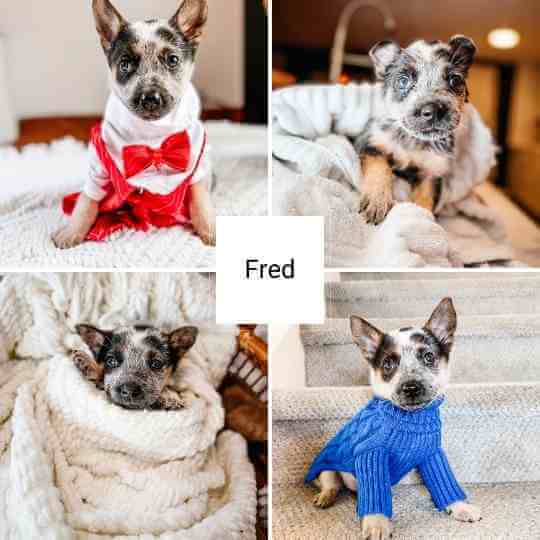
Wilma
Wilma is the epitome of sweetness, with a gentle nature and a heart full of love. This adorable pup has a penchant for affection and adores nothing more than being held and snuggled close.
From the moment you scoop her up in your arms, Wilma melts into a puddle of contentment, her tail wagging with pure joy. Whether she’s nestled in your lap or nuzzled against your chest, Wilma’s warm presence is like a ray of sunshine on even the cloudiest of days.
With her irresistible charm and unwavering affection, Wilma is sure to steal the hearts of everyone she meets and bring endless happiness to her forever home.
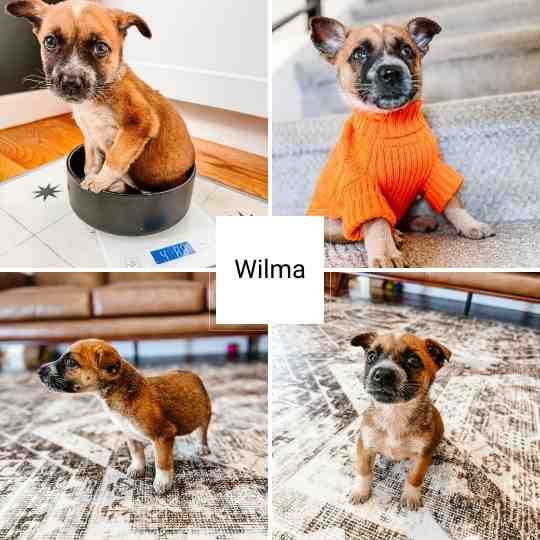
Betty
Betty may be petite in stature, but what she lacks in size, she more than makes up for in personality! This pint-sized pup is bursting with spunk and sass, with a personality that’s larger than life. Betty approaches every situation with confidence and gusto, never backing down from a challenge or adventure.
Despite her small frame, she’s fearless and always ready to take on the world with a wagging tail and a playful bounce in her step. With her infectious energy and spirited attitude, Betty is proof that great things truly do come in small packages. Get ready to be amazed by this little dynamo as she charms her way into your heart and becomes the biggest personality in the room!
Bam-Bam may have started her journey as the runt of the litter, but she refused to let her size define her. Despite being the smallest of her siblings, Bam-Bam possesses a fierce determination and an indomitable spirit that sets her apart. While she may still be a teeny little thing, Bam-Bam’s heart is as mighty as they come. She approaches life with boundless enthusiasm and an unwavering zest for adventure.
Nothing fazes this little powerhouse, as she fearlessly explores the world around her with curiosity and courage. With her resilience and tenacity, Bam-Bam proves that strength comes in all shapes and sizes, inspiring everyone around her to embrace their inner warrior and conquer whatever challenges come their way.
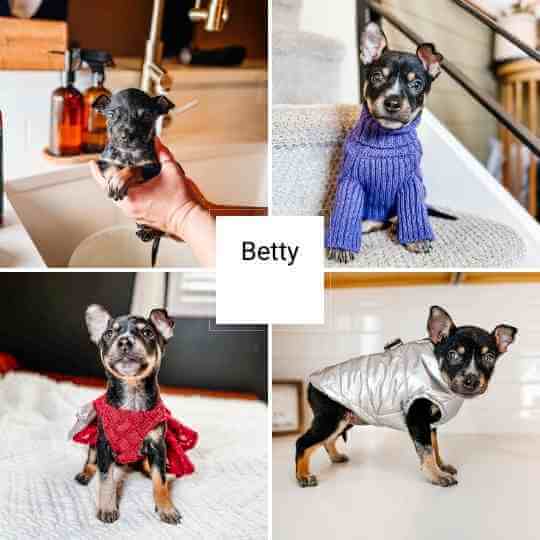
Pebbles
Pebbles is as angelic as they come! Her sweetness radiates from her gentle eyes and tender demeanor, capturing the hearts of all who meet her. This darling pup possesses a serene disposition and a pure soul that’s simply irresistible. Pebbles exudes kindness and compassion in everything she does, from her soft, affectionate nuzzles to her soothing presence by your side.
She has a natural ability to bring comfort and joy to those around her, spreading warmth and light wherever she goes. With her angelic nature and loving spirit, Pebbles is a true blessing to anyone fortunate enough to welcome her into their home.
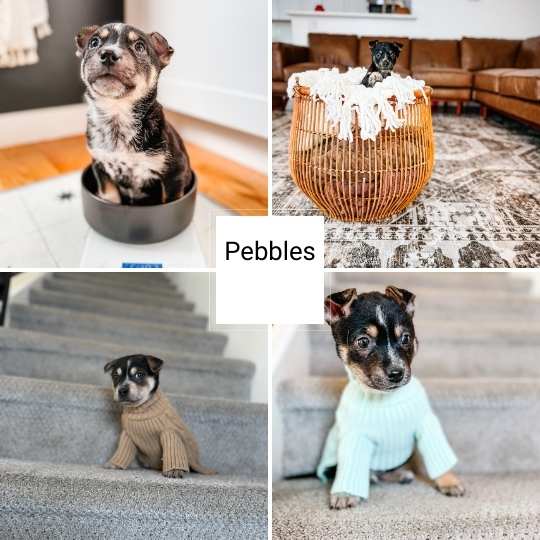
Crafting Dreams: Sending Home Gift Baskets for Each Adoptive Family
As the time approached for my foster pups to embark on their next adventure—finding their forever homes—I wanted to ensure they had everything they needed to start their new lives with a sense of comfort and security.
With the generous support of Dr. Harvey’s, I was able to create personalized gift baskets for each adoptive family, filled with essentials and a touch of luxury. These baskets weren’t just a collection of items; they were a symbol of hope, love, and endless possibilities for the future of these precious pups.
Hearts in Harmony: Getting Donations from Dr. Harvey’s
Dr. Harvey’s commitment to providing natural, high-quality products for companion animals made them the perfect partner for this endeavor.
Dr. Harvey’s donation to Denver Animal Shelter: Bringing Joy to the Denver Animal Shelter
With over 30 years of experience and a dedication to excellence, Dr. Harvey’s products are trusted by pet owners around the world. Their donation of canine health supplements, digestive aids, and delicious treats ensured that each puppy received the best possible start in life, setting them on the path to health, happiness, and lifelong companionship.
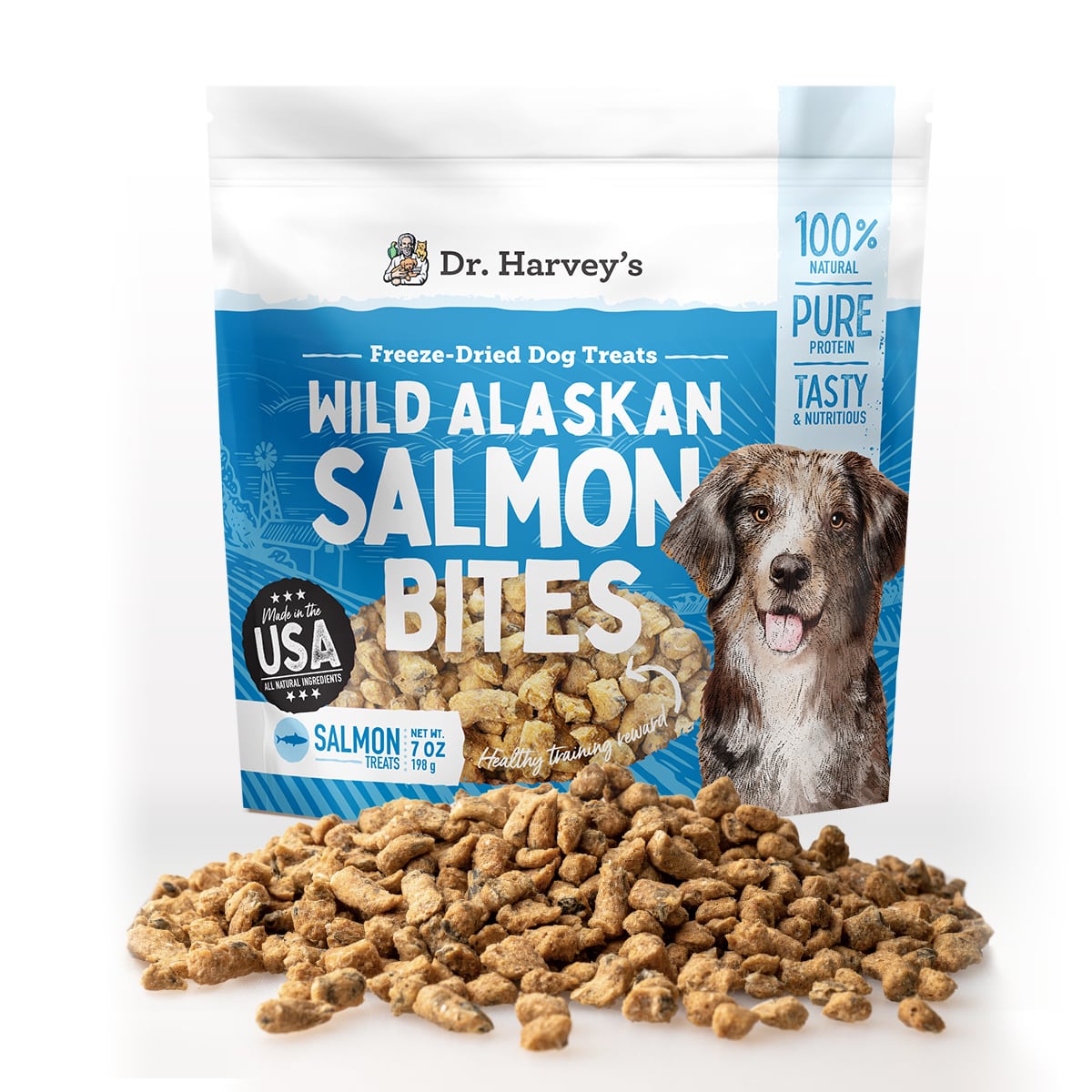


Unveiling the Treasures: What’s in the Baskets
The gift baskets curated for each adoptive family were carefully crafted to meet the unique needs and preferences of each puppy.
From wholesome meals to irresistible treats, each item was selected with care and consideration.
The baskets included a variety of amazing items including a Big Barker bed which was donated generously, a TON of Dr. Harvey’s items, also donated generously, and some amazing toys and blankets that the pups will need in their new adventures.
Lets have a look at all of the items in the baskets!
Dr. Harvey’s Canine Health
We wanted to make sure that the foster puppies gets the best nutrition! I love Dr. Harvey’s Canine Health and knew that their new parents would too!
This holistic blend of organic grains and vegetables provides essential nutrients for optimal health and well-being. Made with real ingredients and free from dyes, chemicals, or preservatives, it’s the perfect foundation for a healthy diet.
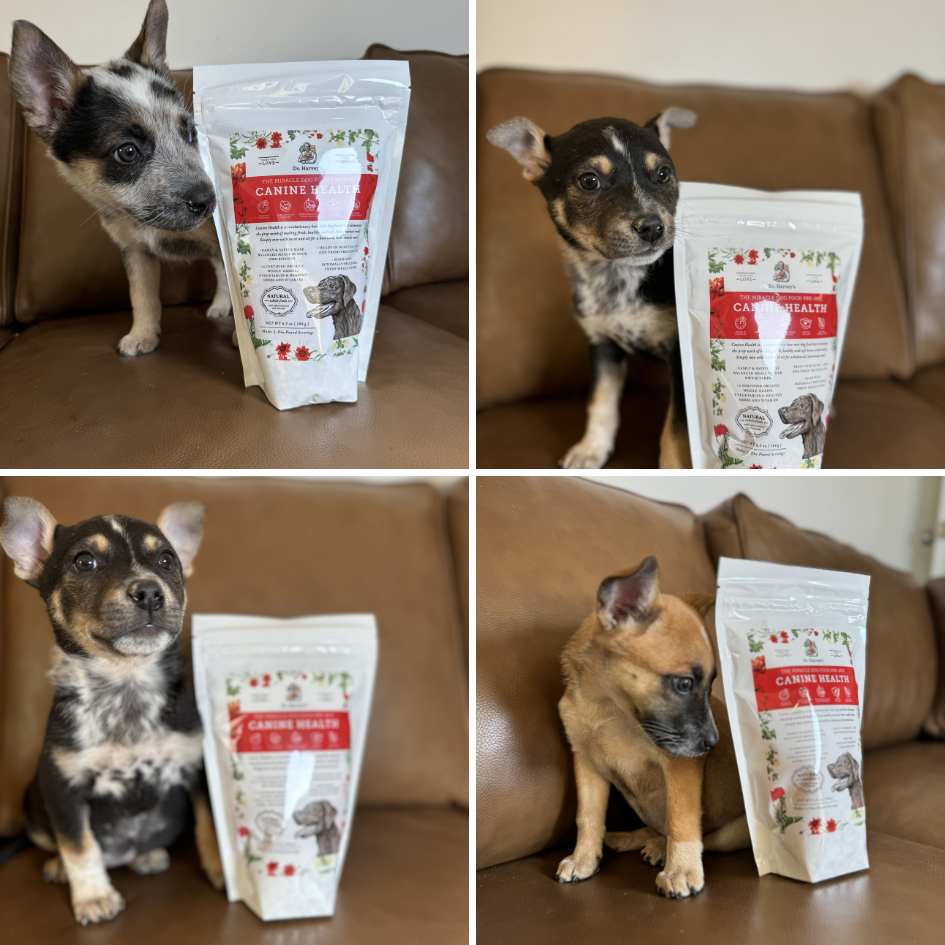
I am so excited to see what my foster puppies think of this diet– because I know my dogs LOVE IT!
Dr. Harvey’s Runs-Be-Done
Ensuring the digestive health of the foster puppies was a top priority for us. That’s why I included Dr. Harvey’s Runs-Be-Done in their gift baskets.
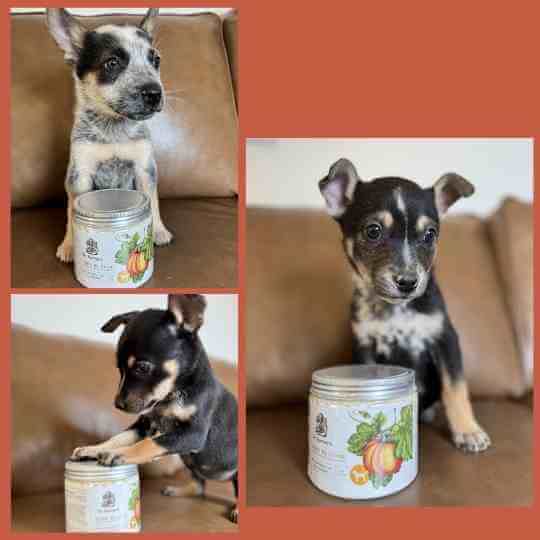
This digestive supplement, recommended by holistic veterinarians, contains natural ingredients to promote digestive health and comfort. No more tummy troubles for these pups! I can’t wait to hear how much better they feel after trying this supplement.
Dr. Harveys Rabbit Treats
Treat time is always a highlight for dogs, and I wanted the foster puppies to experience something truly special. That’s why I included Dr. Harvey’s Rabbit Treats in their gift baskets.
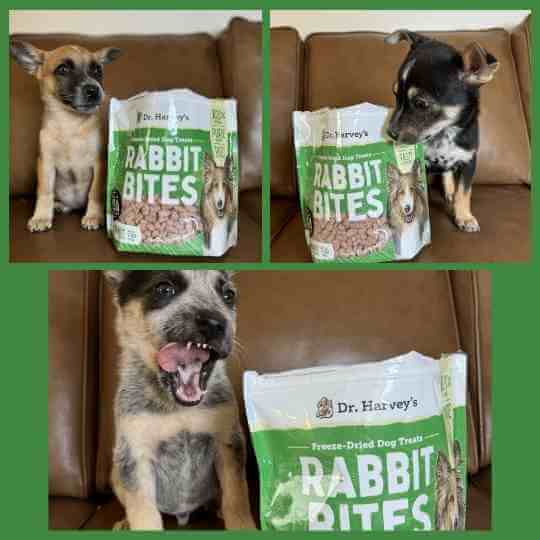
Made with just one ingredient—pure, USA-sourced rabbit—these treats are a natural, wholesome way to motivate the pups. I can’t wait to see their tails wagging with excitement as they enjoy these delicious treats.
Dr. Harveys Salmon Treats
Every pup deserves a tasty reward now and then, which is why I made sure to include Dr. Harvey’s Salmon Treats in their gift baskets. Made from high-quality, freeze-dried salmon, these treats are packed with protein and essential nutrients.
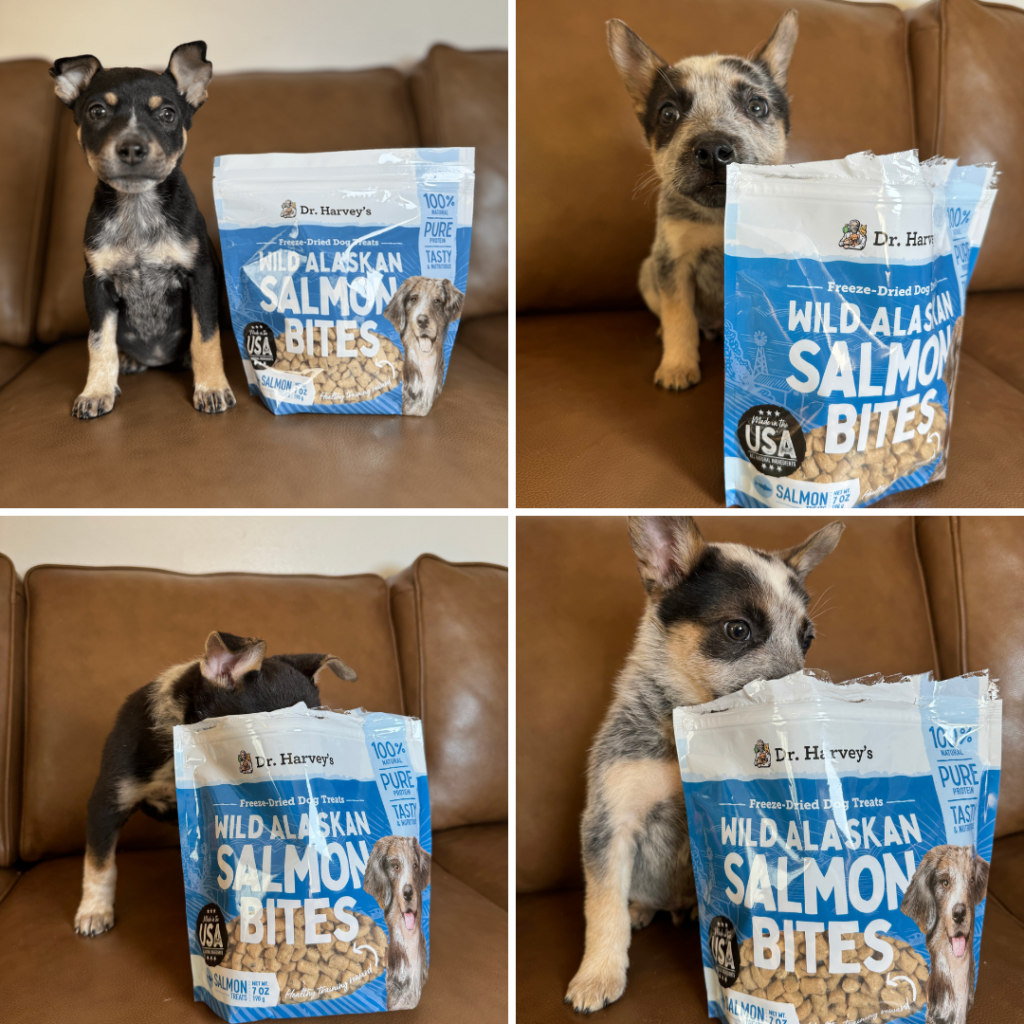
The puppies were going insane over these already! It was hilarious to see them freak out over their very first treat ever! SO cute!
A Soft Blanket For Each Pup
Transitioning to a new home can be stressful for puppies, so I wanted to provide them with a sense of comfort and security. That’s why I included a soft blanket for each pup in their gift baskets.
This will also help them because we are going to make sure their blankets smell like our home/eachother before they leave! This helps dogs have a sense of security as well.

Perfect for snuggling up and feeling safe, these blankets will help them feel right at home in their new surroundings.
Tennis Balls – What’s Better?!
Every puppy needs a good toy to keep them entertained and active, which is why I included a set of tennis balls in their gift baskets. Whether they’re chasing, fetching, or simply enjoying a game of catch, these tennis balls are sure to provide hours of fun and exercise. I can’t wait to see the foster puppies’ eyes light up with excitement as they play with their new toys.
A Big Barker Bed- Because They Deserve THE BEST!
A good night’s sleep is essential for growing puppies, so I made sure to include a Big Barker bed in each gift basket.

Designed with orthopedic support and durability in mind, these beds provide the ultimate in relaxation and rejuvenation.
I’m confident that the foster puppies will sleep soundly and wake up refreshed on their luxurious new beds.
What are Big Barker Beds?
The Best Bed
Not all beds are created equal – some are too small, and others just don’t offer the support your furry friend needs. That’s where Big Barker comes in.
Ensuring that our foster puppies have a comfortable place to rest and sleep is paramount. That’s why each gift basket includes a Big Barker bed, renowned for its durability and support, ensuring that even the smallest of puppies have a cozy spot to call their own.
10 Year Guarantee
Ensuring that our foster puppies have a comfortable place to rest and sleep is paramount. That’s why each gift basket includes a Big Barker bed, renowned for its durability and support, ensuring that even the smallest of puppies have a cozy spot to call their own.
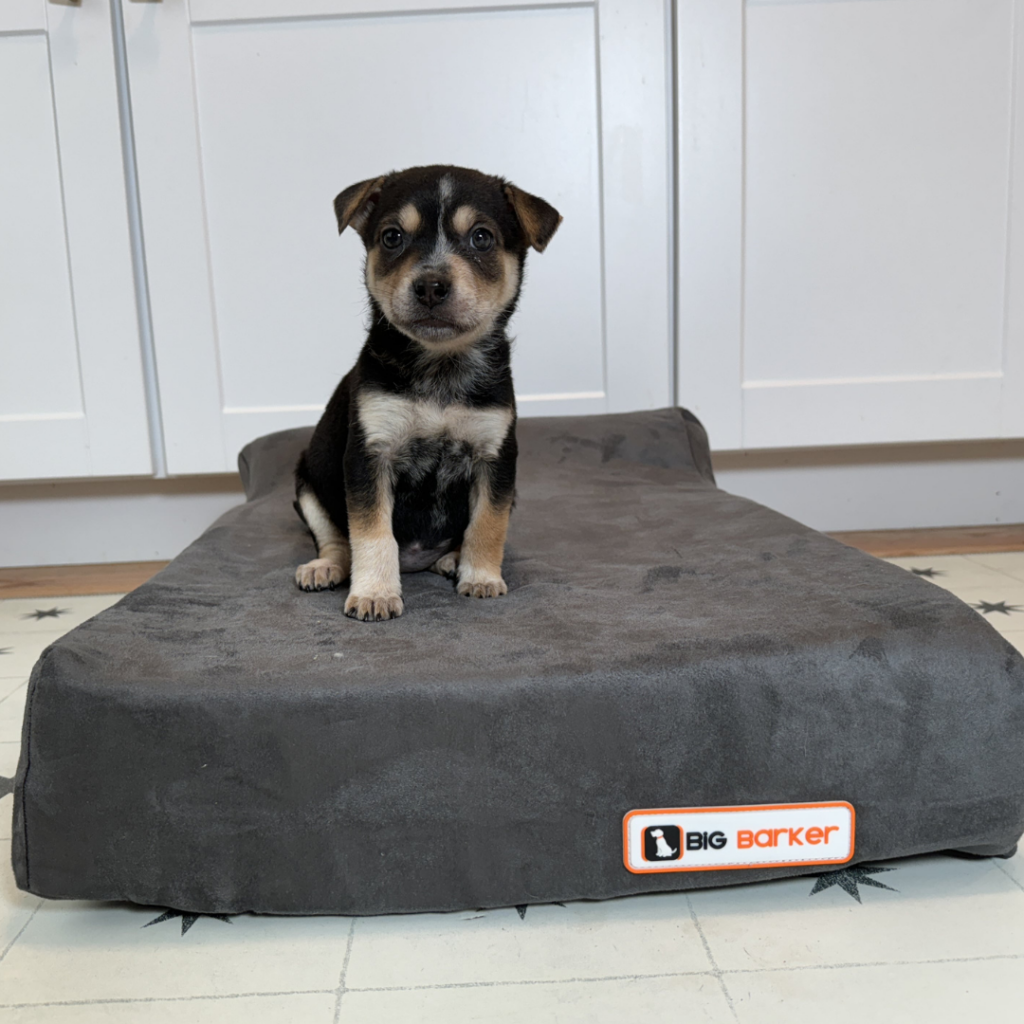
Orthopedic Qualities
The orthopedic qualities of the Big Barker bed are particularly beneficial for young puppies, whose joints are still developing. By providing a supportive surface for them to rest on, we can help promote healthy bone growth and reduce the risk of joint issues in the future.
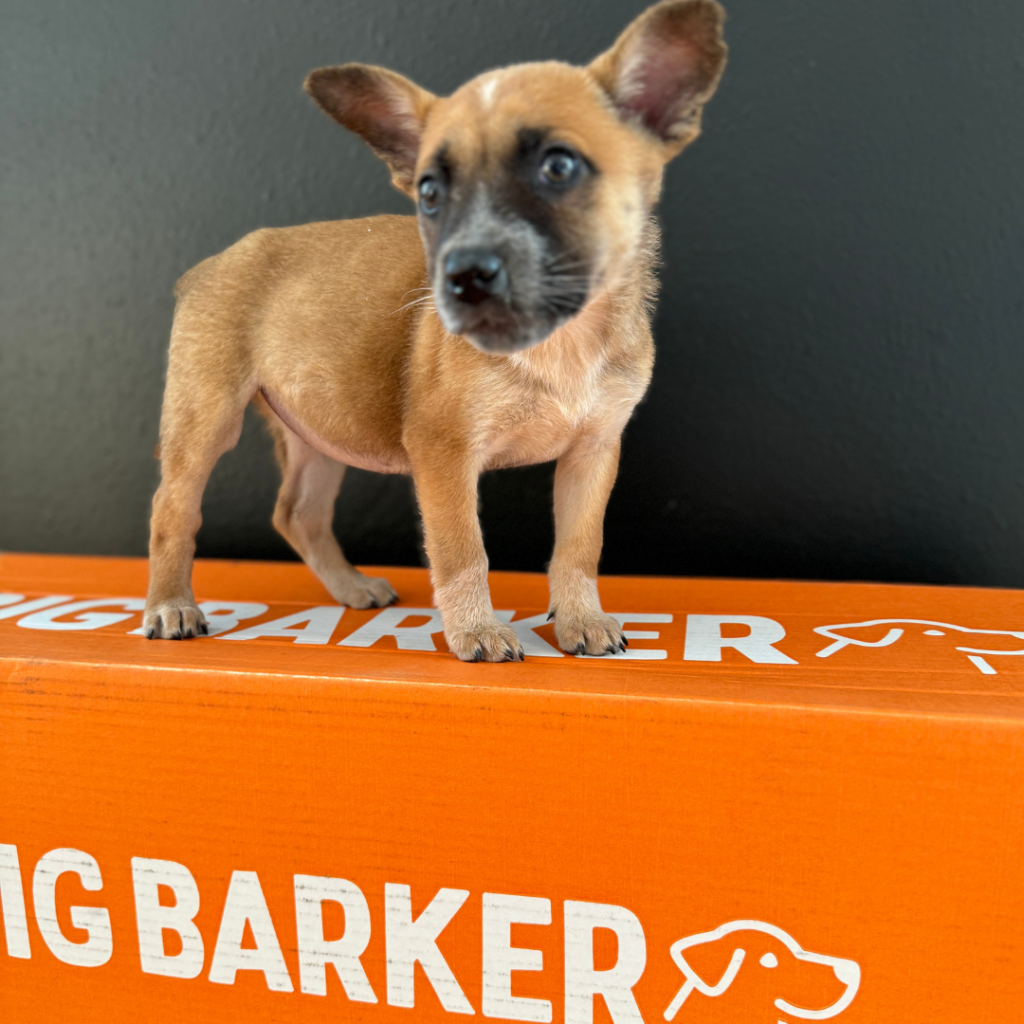
Dogs Love It
The puppies’ reactions to their new beds have been nothing short of heartwarming. They eagerly snuggle into their Big Barker beds, finding comfort and security in the plush surface. Seeing them content and relaxed brings us immense joy and reassures us that we’re providing them with the best possible start in life.
Big Barker Dog Bed Review- A Comprehensive and Non-Biased Review
A Leash and Collar Set
Safety is paramount when it comes to taking the foster puppies for walks, which is why I included a leash and collar set in each gift basket.
Here are a few pictures of some of the puppies in their new collars with their new leashes! For the price point, these leashes and collars come in at (as a set) they really cannot be beat for a puppy set. They are rather high quality and so cute! I love the colors on the puppies!
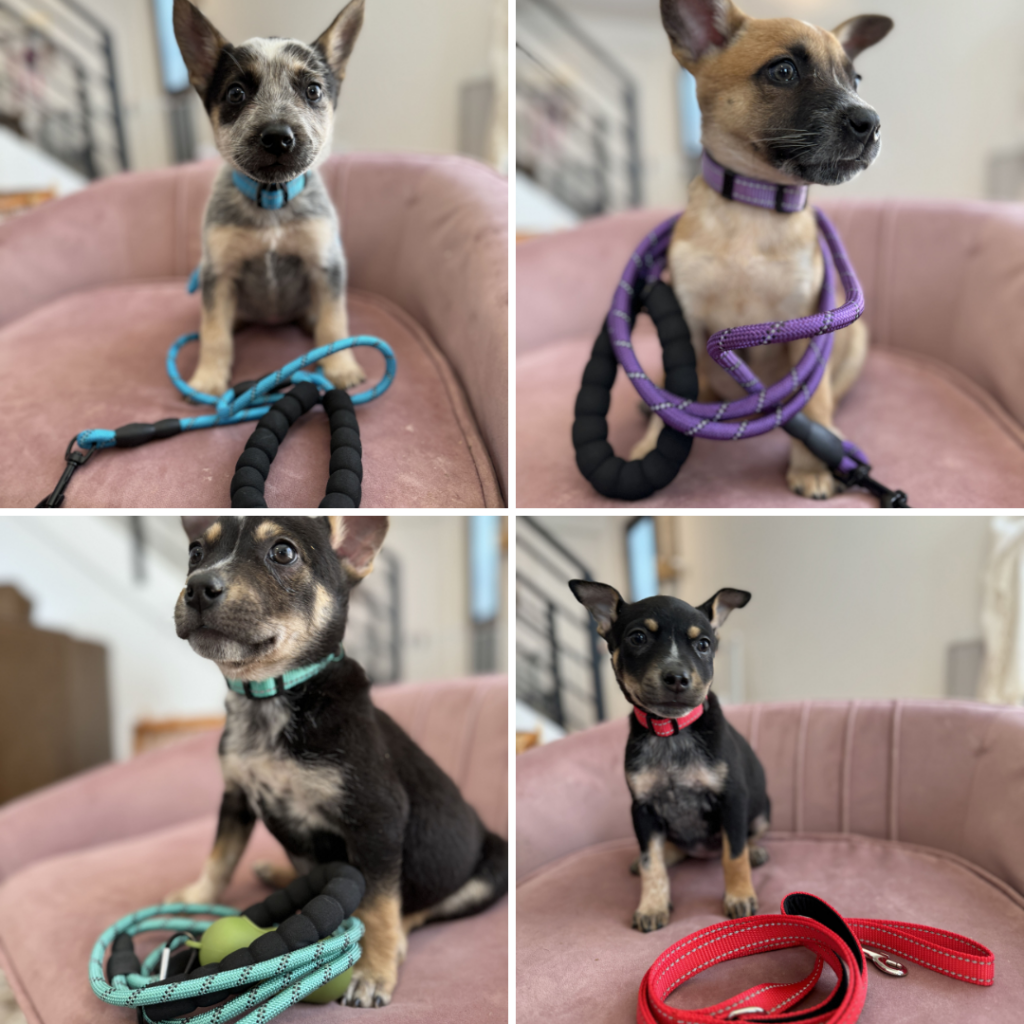
Made from durable materials and designed for comfort, these sets provide reliable control while allowing the pups to explore the world around them safely. I can’t wait to see them proudly sporting their new accessories on their outdoor adventures!
A Stuffed Animal To Call Their Own
Every puppy needs a cuddly companion to snuggle up with, which is why I made sure to include a stuffed animal in each gift basket. These soft and plush toys provide comfort and companionship, offering a sense of security during times of uncertainty.
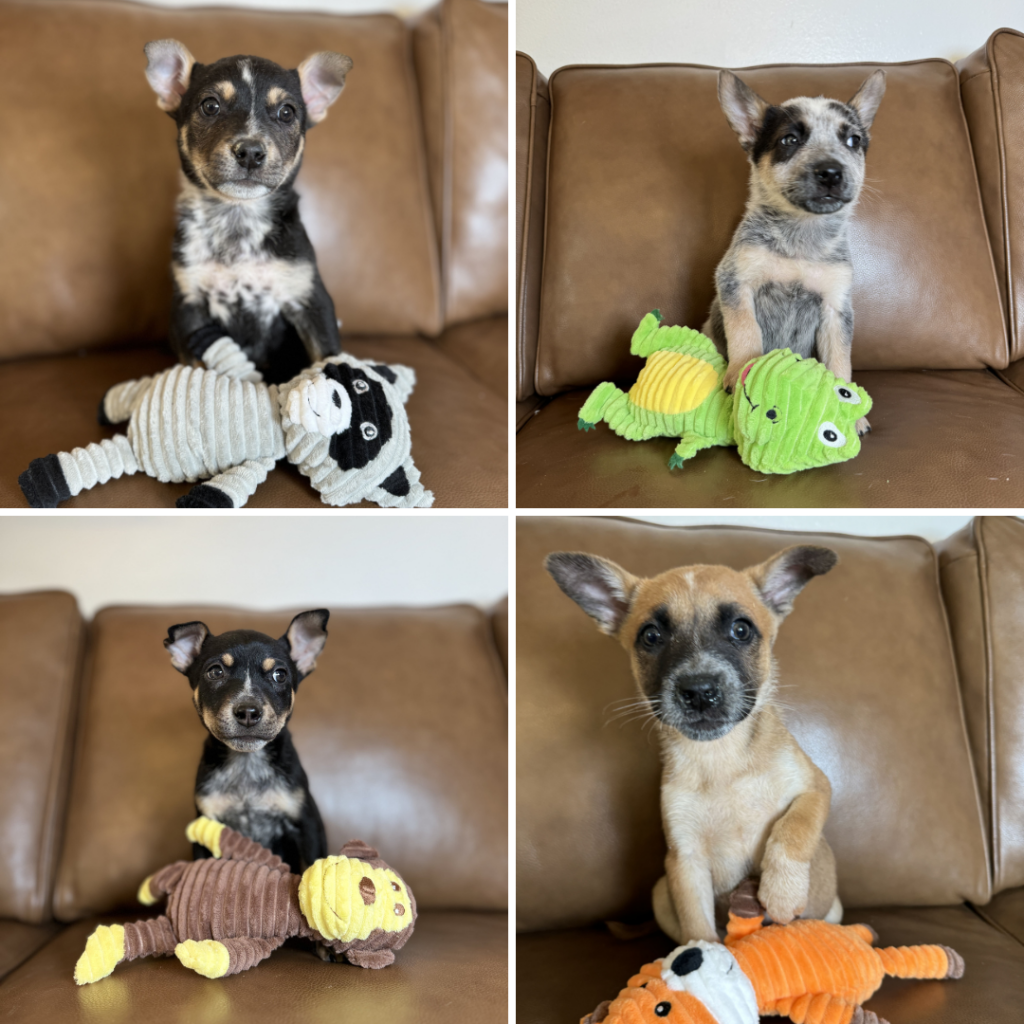
I can’t wait to see the foster puppies bonding with their new stuffed animals, forming special connections that will last a lifetime.
A Lambie Toy Cause Every Dog Needs One
Every dog needs a lamb stuffed animal. No puppy’s toy collection is complete without a soft and snuggly lamb stuffed animal, which is why I made sure to include one in each gift basket. These adorable toys provide comfort, companionship, and endless entertainment for pups of all ages.
From comforting cuddles to playful pouncing, a Lambie toy is sure to become a cherished companion for the foster puppies as they embark on their new adventures.
Bam-Bam Bone
I had to try out these Bam-bones, after all one of my foster puppies was named Bam-Bam. These bones are made with strong bamboo and nylon and smell/taste like beef, but they are not for ingesting. The puppies seemed to really love the idea of them and wanted to try them so much, but I was waiting to let them try them until they went home!
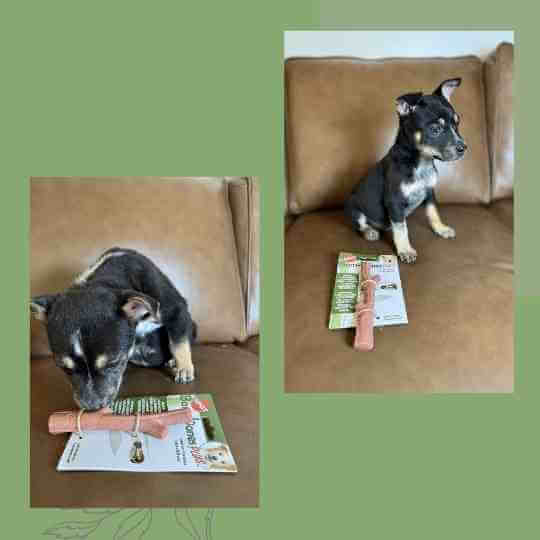
I think something like this is really good for puppies as it can help deter them from chewing on things like your shoes or couch!
A Chuck-It Ball
For endless hours of fetching and fun, I made sure to include a Chuck It Ball in each gift basket. These durable and bouncy balls are perfect for outdoor play, providing the foster puppies with plenty of exercise and excitement.

Whether they’re chasing after it in the backyard or playing a game of catch at the park, I know these Chuck It Balls will become instant favorites for the pups and their new families.
Expressing Gratitude: Dr. Harvey’s Contribution
Dr. Harvey’s generosity knows no bounds. Through their commitment to giving back, they continue to make a positive impact on the lives of animals in need. Their donations of high-quality products ensure that rescue organizations like Moms and Mutts have the resources they need to care for animals and prepare them for their forever homes.
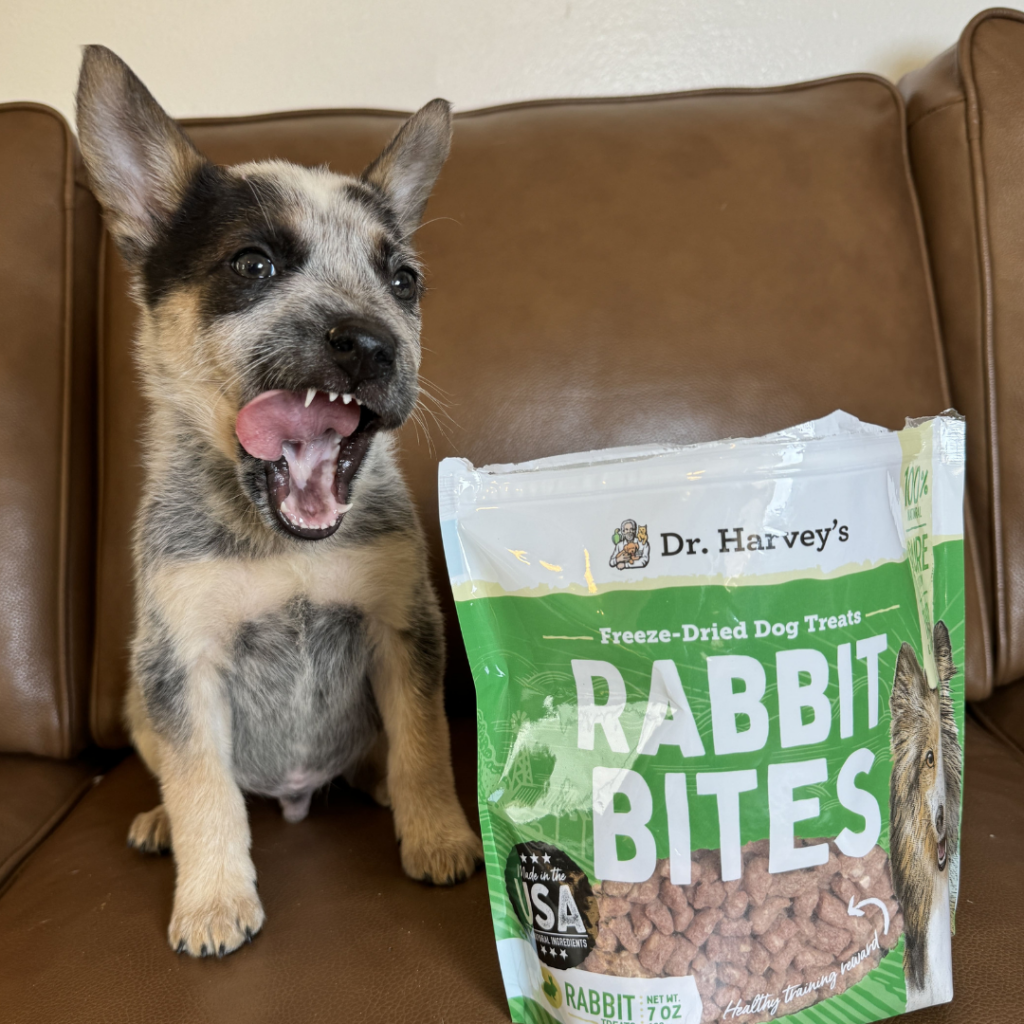
We are immensely grateful for Dr. Harvey’s generous donation to the foster puppy baskets. Their commitment to providing high-quality, natural products for companion animals aligns perfectly with our mission to ensure the health and well-being of the puppies in our care.
Supporting Puppy Health and Nutrition
Dr. Harvey’s donation of Canine Health and Runs-Be-Done supplements ensures that each foster puppy receives the nutrition and digestive support they need to thrive. With their holistic approach to pet health, Dr. Harvey’s products are a valuable addition to the puppies’ diet, promoting overall wellness and vitality.
Enriching the Puppy Experience
The inclusion of Dr. Harvey’s Rabbit and Salmon Treats adds an extra layer of enjoyment to the foster puppy experience.
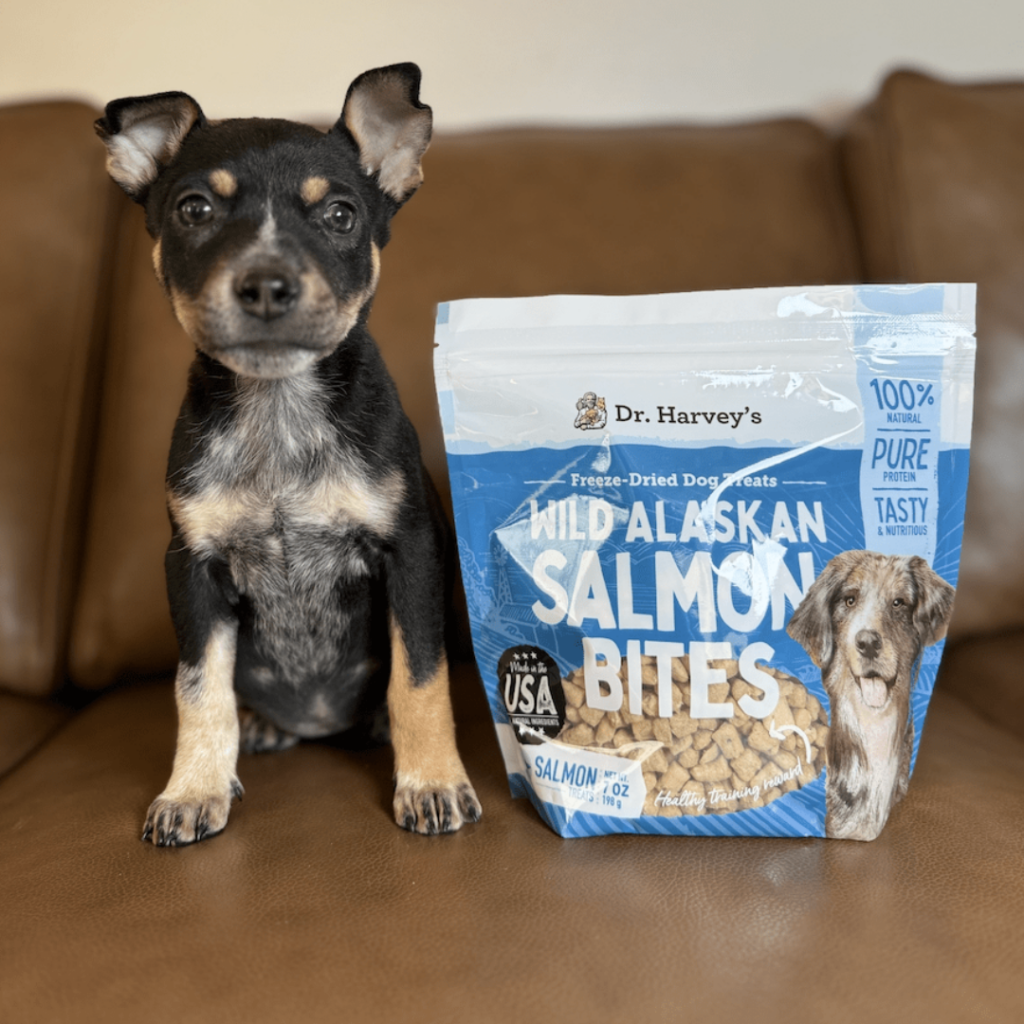
These delicious treats not only provide a tasty reward for good behavior but also contribute to the puppies’ mental stimulation and enrichment.
Extending Gratitude: Big Barker’s Generosity
Big Barker’s dedication to canine comfort extends beyond their exceptional products. Through their philanthropic efforts, they bless the lives of countless dogs in shelters and rescues. Their donations of orthopedic beds provide much-needed comfort and support to dogs in need, ensuring they can rest easy as they await their forever families.
We extend our heartfelt gratitude to Big Barker for their generous donation to the foster puppy baskets. Their commitment to providing orthopedic beds of the highest quality ensures that each puppy can rest comfortably and securely as they transition to their forever homes.
Ensuring Comfort and Support
Big Barker’s donation of orthopedic beds ensures that each foster puppy has a cozy and supportive place to rest. These beds are designed to provide superior comfort and relief for dogs of all sizes, ensuring that each puppy receives the restorative sleep they need to grow and thrive.
Making a Difference in Puppy Lives
Big Barker’s contribution goes beyond providing physical comfort; it makes a tangible difference in the lives of the foster puppies. By ensuring that each puppy has a comfortable bed to call their own, Big Barker helps to create a sense of security and belonging as they embark on their journey to finding their forever families.
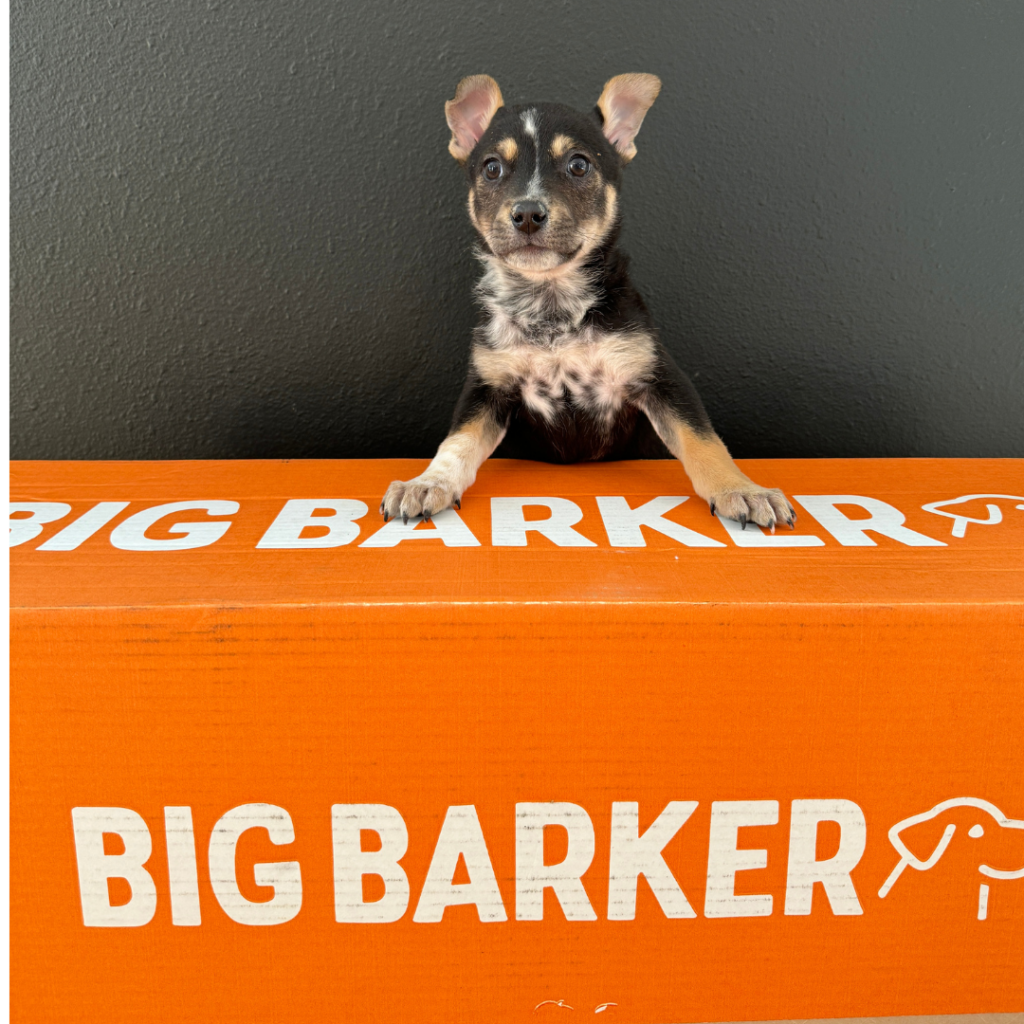
Igniting Change: Giving Back to Rescue Animals – Why Does It Matter
Supporting rescue organizations like Moms and Mutts isn’t just about saving individual animals; it’s about igniting a movement for change. By raising awareness, promoting responsible pet ownership, and advocating for animal welfare, we can create a brighter future for all living beings.
Every action, no matter how small, has the power to make a difference and create a ripple effect of compassion and kindness that extends far beyond our own backyard.
Joining Forces: 10 Ways You Can Help Rescue Animals
There are countless ways to get involved and make a difference in the lives of rescue animals. Whether through volunteering, fostering, donating, or adopting, every contribution helps support the invaluable work of rescue organizations like Moms and Mutts.
Here are ten practical ways you can help a rescue animal in your own life:
- Foster a Pet: Foster homes provide temporary care for animals until they can be adopted. Fostering helps shelters and rescues save more lives by freeing up space and resources. It’s a rewarding experience that allows you to make a difference without a long-term commitment.
- Volunteer at a Shelter: Offer your time and skills to help out at a local animal shelter or rescue organization. Whether it’s walking dogs, socializing cats, assisting with adoption events, or helping with administrative tasks, volunteers play a crucial role in supporting animal welfare efforts.
- Donate Supplies: Shelters and rescues often rely on donations to provide for the animals in their care. Consider donating food, bedding, toys, grooming supplies, and other essentials to help meet their needs.
- Offer Transportation Assistance: Many shelters and rescues need help transporting animals to veterinary appointments, adoption events, or foster homes. If you have a vehicle and some free time, volunteering to provide transportation can be a valuable service.
- Spread Awareness: Raise awareness about animal welfare issues in your community and online. Share information about adoptable animals, promote spaying and neutering, and advocate for responsible pet ownership practices.
- Educate Others: Help educate others about the importance of adopting, spaying and neutering, and proper pet care. Share resources and information to empower people to make informed decisions about their pets.
- Support Spay/Neuter Programs: Donate to or volunteer with organizations that offer low-cost spay/neuter services to help reduce pet overpopulation and prevent euthanasia of healthy animals.
- Be a Responsible Pet Owner: If you have pets, ensure they are spayed or neutered, vaccinated, and receive regular veterinary care. Provide a loving and safe environment, proper nutrition, and plenty of exercise and mental stimulation.
- Report Animal Cruelty: If you suspect animal cruelty or neglect, don’t hesitate to report it to the appropriate authorities. Animal abuse is a serious crime, and speaking up can save lives and protect vulnerable animals.
- Support Legislation: Advocate for stronger animal welfare laws and regulations at the local, state, and national levels. Support candidates and organizations that prioritize animal welfare issues and work to enact positive change for animals in need.
Conclusion: A Journey of Compassion and Care
Fostering for Moms and Mutts has been more than just a journey; it’s been a transformative experience that has touched my heart in ways I never imagined. Through the support of organizations like Dr. Harvey’s and the unwavering dedication of rescue volunteers, we can create a world where every animal has a chance at a happy, healthy life. Together, we can continue to make a difference, one paw print at a time.
READ MORE:

